Heaven… This was a river that I had been wanting to visit for years and finally was able to make it in.
Emily Rodger in the distance gets in one last pool before the sun goes down on a backcountry South Island river.
Heaven… This was a river that I had been wanting to visit for years and finally was able to make it in.
Emily Rodger in the distance gets in one last pool before the sun goes down on a backcountry South Island river.

Will Price crosses a Fiordland river.
Excited to have a feature piece, both words and photography, in the new issue of The Drake Magazine.
The story is on my trip out to Faraway Cayes on the Miskito Coast in Honduras this past March and the Honduran guides I was with, Miskito Indians, trap boat fishermen, and the long boat ride in the 40' Captain Dennis to get there...

Pablo Vinaras gets the net ready a few weeks ago on the Limay River, Argentina.
Here's an image of a moonrise over a desolate East Cape (Baja, Mex.) beach a few years back. This image was used as the opening spread on a story on Baja in this summer's issue of The FlyFish Journal.
Moonrise. East Cape. Baja, Mexico
I have a new page on this web site titled, Travel. It will perpetually be evolving as I head to new places.
I was just in Argentina for a few weeks and spent a majority of my time in Patagonia. In lieu of spending my final three days in Buenos Aires (I spent my first two and a half days of this trip in Buenos Aires) I was told about a great little town a few hours drive from Buenos Aires. I found a hotel in San Antonio de Areco and canceled my room in Buenos Aires...
My hotel was, Posada de la Plaza. It's a charming hotel and San Antonio is a wonderful small town. Men, older generally, went out of their way to start conversations with me when I was out in town and often either asked me to join them at dinner or lunch or joined me for a cafe con leche in the late morning at an outside table in front of a bar.
Argentine food is also a real treat. With Spanish and Italian influences, the food in Areco is fantastic.
It was a surreal experience. From the architecture to the people, I left San Antonio de Areco absolutely blown away and wanting to go back...
Here are images from my short time in San Antonio de Areco:
Empanadas & Malbec
A feast with Diego and Antonio. They are kind and gracious men who went out of their way to show me their town. Antonio (pictured on the right) owns this restaurant on the outskirts of town and hosted me to an asado lunch. Empanadas as starters followed by a tortilla (think quiche) and then asado...
Asado
Hotel Posada de la Plaza
I just got back from a two week trip to Argentina. It's fall down there and a great time to visit. I was on an assignment for a publication for a story on Jorge Trucco. Jorge is a legend in the Argentine world of fly fishing and it was an honor to have spent time with him at some of his favorite places and rivers (A lot more to come on Jorge).
It was also an honor to work in collaboration with Val Atkinson on this piece. I traveled with Val and his partner Susan Rockrise along with Jorge to 4 different lodges in Argentine Patagonia: Limay River Lodge, San Huberto, Tipiliuke Lodge, and Arroyo Verde.
I'll be posting images from the trip here over the course of the next week or so. Outside of the fishing, I discovered--was directed really by someone from there--an incredible small town pop. 24,000 (approx.) called San Antonio de Areco located about 2 or so hours west by car from Buenos Aires. It was a great surprise!
The people of Areco could not have been kinder. The architecture is also stunning. It's an old world gaucho town. I did not come across another American in my three days there. I befriended a man by the name of Diego, he invited me one night to join him and three others for dinner. He ended up taking me all over the Areco area. He's a kind man and I was really blown away by the overall kindness of everyone I met there.
Many more images to come...
Diego Kelly of San Antonio de Areco sits in a bar during a typical Argentine lunch of Malbec and asado.
Boliche Bessinart. An historic old gaucho bar in Areco.
Whataroa, New Zealand.
Lots of stories on this particular evening in a West Coast pub on the South Island. Each time he walked away from my table he'd go to another table and laughs would fill the room. He was drawn to the table I was at though and told stories until the two of us, after walking 18 miles on this day, hobled into our our room down the hall. The best part was the open window in my room looked out at an outside patio and this guy had a large group of people laughing until well past 2am...
I just went through some images from my first trip to Cuba and came across the image below which I had never really even given a second look at...
Street Baseball. Havana, Cuba.
I took this image a few winters ago on a side street in Rome near the Tiber. It's an inspirational image for me as it says get out there and be creative!
Wooden string instrument shop. Rome, Italy.
I'm excited to have a bunch of work in the new The FlyFish Journal including a feature (photography only) on Cuba. The Cuba piece was shot last February on a trip to Havana and the Cuban marine archipelago, Jardines De La Reina. It was my second trip there.
The piece was written by Sarah Grigg who happened, I believe, to have done the same trip as me a month prior.
A feature story (photography) in issue 7.4, summer 2016, of The FlyFish Journal on Cuba. Written by Sarah Grigg.
Here's a larger version of the above image. The shot was taken along the Malecon in Havana on a relatively cool winter's day. I like that the driver is looking forward and that the hand of the driver's side passenger is slightly visible.
Malecon. Havana, Cuba. 2016.
I just got back from a week long camping trip on the Oregon coast. Lots of wind and a bit cool but beautiful in so many ways.
Cape Blanco Lighthouse
I just got back from a quick 4 day trip down to the East Cape in Baja, Mexico. We were on a quest to catch roosterfish from the beach without a teaser rod. This was my fourth trip like this and to put it simply, it just is not easy to accomplish getting a rooster from the beach. We knew that though and that is perhaps one of the greatest parts of the trip. Put in your time before the trip tying and researching. Spend every minute you have with good light on the beach hoping for something to happen and then hope the fish are responsive.
We saw quite a few fish but had no bait in the way of sardines or mullet. The roosters seemed pretty interested in tracking down the large schools of ladyfish though. We had papa gallo (big roosterfish) crashing within feet of the beach, combed up, and on a mission to track down ladyfish multiple times. When it happens, it happens fast. We just could not seal the deal with our fly...
It's still a great trip though. The people in Baja Sur are friendly. The fact that it's such a hard feat--getting a roosterfish from the beach--to accomplish, makes it even more worthwhile to me.
East Cape cactus.
Mini Super and last light. La Ribera.
Portrait of a man smoking in La Ribera.
We had clouds and some wind which made spotting fish a bit more challenging.
A woman, panga and mangos. La Ribera.
The ubiquitous needlefish.
Sunrise
An East Cape dirt road.
Roosterfish within range...
Hands of a fisherman. Cabo Pulmo.
Cabo Pulmo sunrise.
Moonrise
Our first night in a cheap hotel in Boise. One of us lost the coin toss and was relegated to the floor.
About a year ago I first visited Cuba and after that trip I put together a group of black and white images I called B-Sides. I just got back from my second trip to Cuba and here is my collection of B-Sides from this year.
To me, the B-sides are images that I did not select my first time through. I generally look at my images a little different my second time. I whittle them down by trashing a bunch and fewer are left standing and I'm generally looking for something more subtle that will work in black and white. For whatever reason fewer fishing images end up in this group.
Click on any of the images to enlarge.
Cuba is a bucket list destination for many at the moment. Chartered flights originating in the US are often booked months in advance. Hotels are limited in supply and are also booked months in advance. This is all in a place where the average taxi drivers using vintage American cars bring home exponentially more income than a doctor or a lawyer.
I sat next to a French civil engineer on a 7 hour bus ride from Júcaro to Havana and he told me of his plans to move with his family to Havana for the next 2 to 4 years. His firm has been hired by the Cuban government to build more high rise hotels in Havana and elsewhere in Cuba.
Change is on the horizon in Cuba. As it is, there is a great deal of demand on a place with a quasi-broken infrastructure. Perhaps it's a race to see Cuba before it "changes." Developers are likely hashing out plans and concepts as we speak.
The only component of change many, including myself, cannot seem to predict is how this influx of Americans and the lift of the longstanding embargo will change the day to day lives of Cubans in Cuba.
Below is a slideshow of images from Havana to the protected marine archipelago, Jardines De La Reina. Jardines is located approxamately 60 nautical miles off of the south central coast of Cuba. As it is, the Cuban government only allows 500 anglers to fish / visit Jardines on an annual basis. It's about 160 kilometers in length and is comprised of nearly a thousand mangrove cays varying in size.
While the fishing could be as good or better in many global saltwater destinations, Jardines is unique and to visit it means an adventure and a glimpse at a relatively intact ecosystem that by and large has not succumbed to the industrial hands of the West.
Tails & Mangroves
Havana
Cuban Pesos
Baseball Debate. Parque Central, Havana.
The Malecón. Havana.
Artist Ed Anderson and the first bonefish of his trip.
Havana
Havana
A glimpse into Ed Anderson's Day 1 journal entry.
Havana
A fly sails to a pod of tailing bones...
An aprés fish ukulele session. Ed Anderson strums his custom tarpon-skinned ukulele.
Artist Ed Anderson seranding Jardines De La Reina after a day of poling the flats.
Eric Lyon hooked up on a Jardines baby tarpon.
Havana
Havana
Havana
Havana
Avalon II in route to Jardines De La Reina.
Havana Schoolyard
Júcaro
Poling the Jardines flats.
My taxi driver, Carlos, drove me over to his house in Havana which seemed to be in one of the nicer parts of town. Pictured, is his dining room.
My taxi driver, Carlos's, neighborhood.
A Havana taxi driver.
Havana
Fly fishing guide. Jardines De La Reina.
Havana
Havana
Havana
Eric Lyon & John Huber in a deep dinner-time discussion.
Havana
Avalon II on its way back to port. Jardines De La Reina.
A collective bus. Havana. Most Cubans do not own a car and get around relatively inexpensively by way of collective transportation. This can be in a taxi or bus.
Brothers Bemba and Titi in their home in Júcaro with their families. I fished with Bemaba and Titi a year ago but they were not guides on my trip this year. They also have a third brother, Keko, who is also a guide.
It's a privilege to be invited inside someones home while travelling abroad. A fisherman's kitchen. Júcaro, Cuba.
Avalon II. Jardines De La Reina, Cuba.
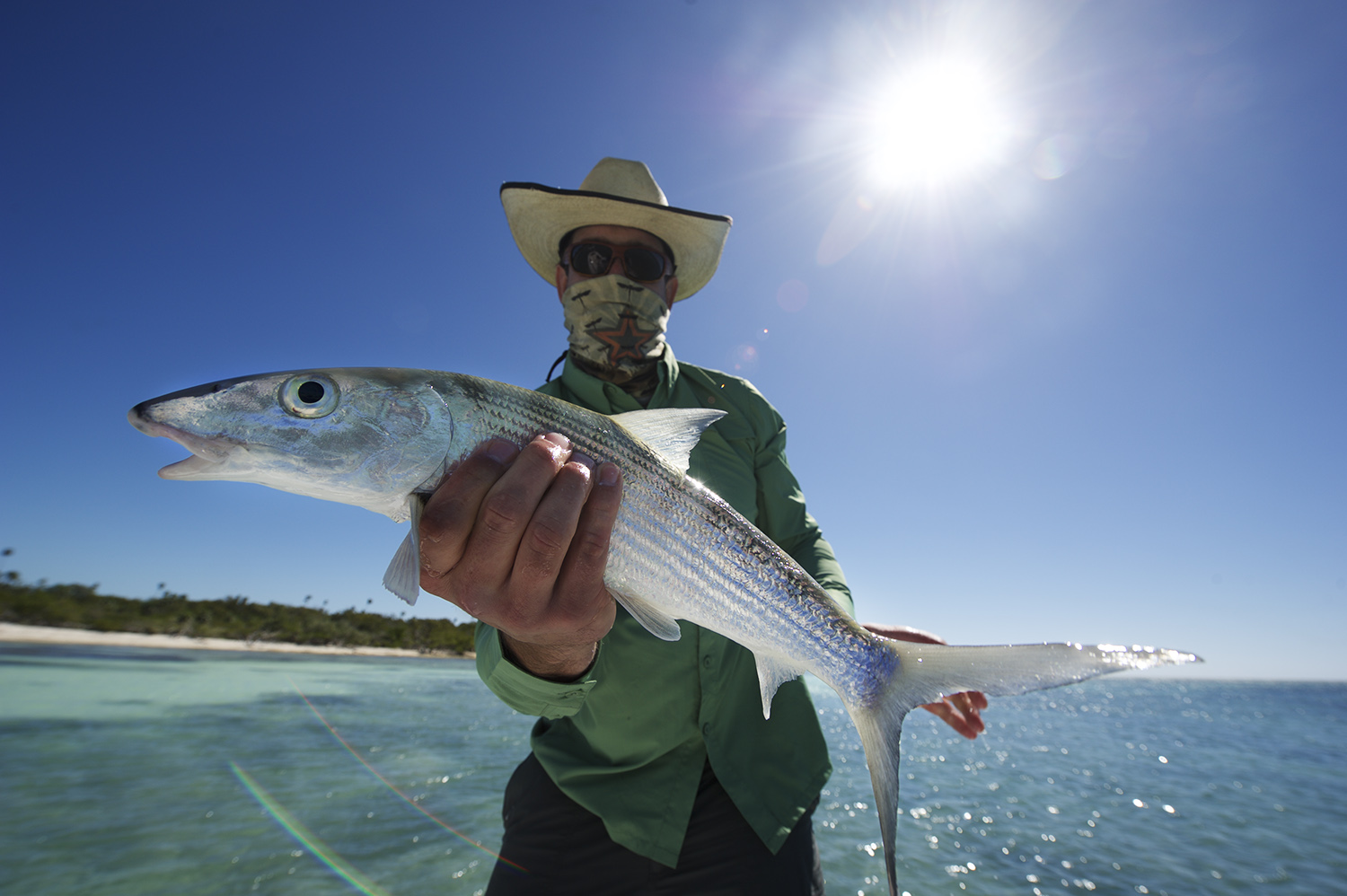
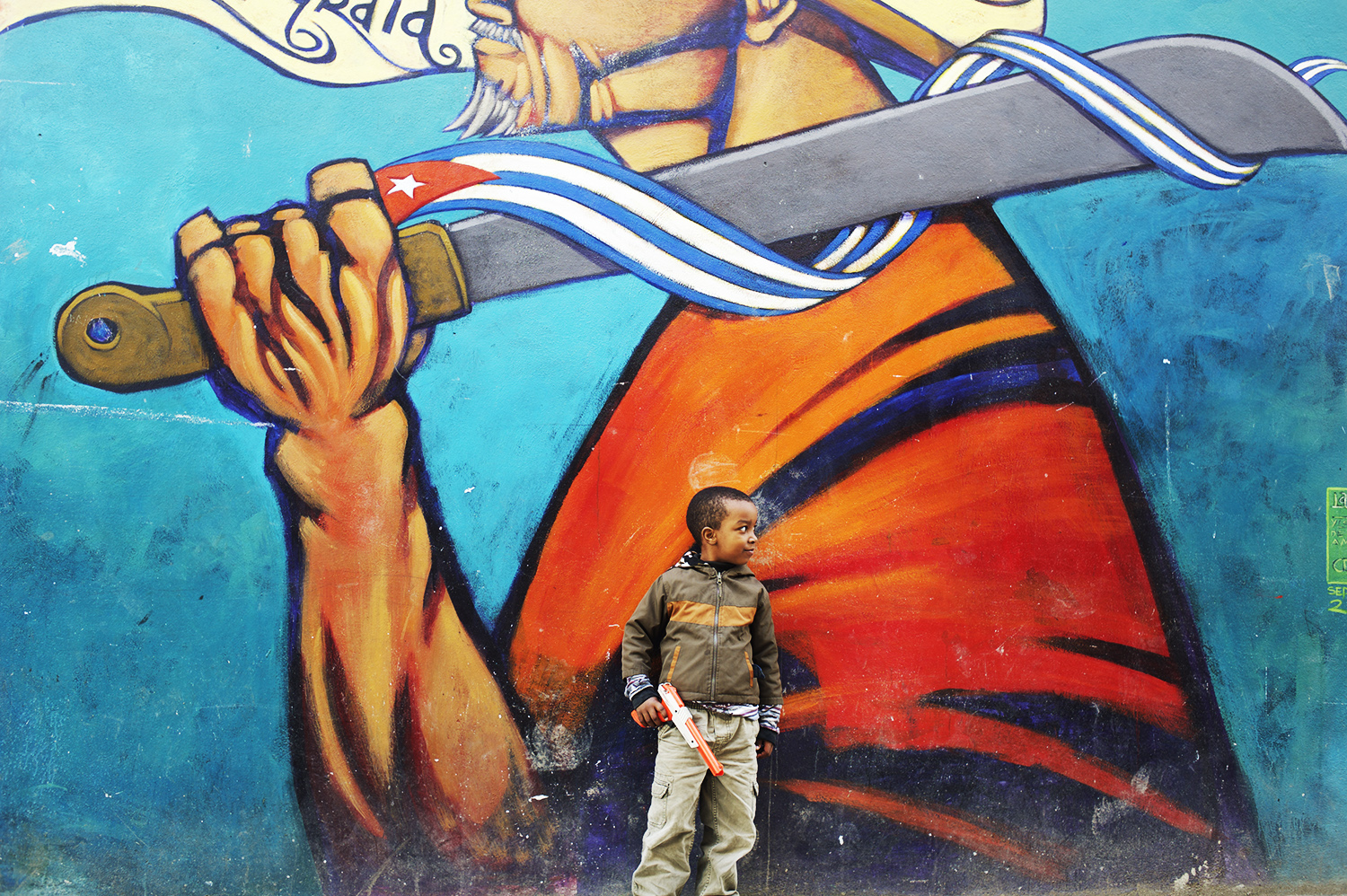
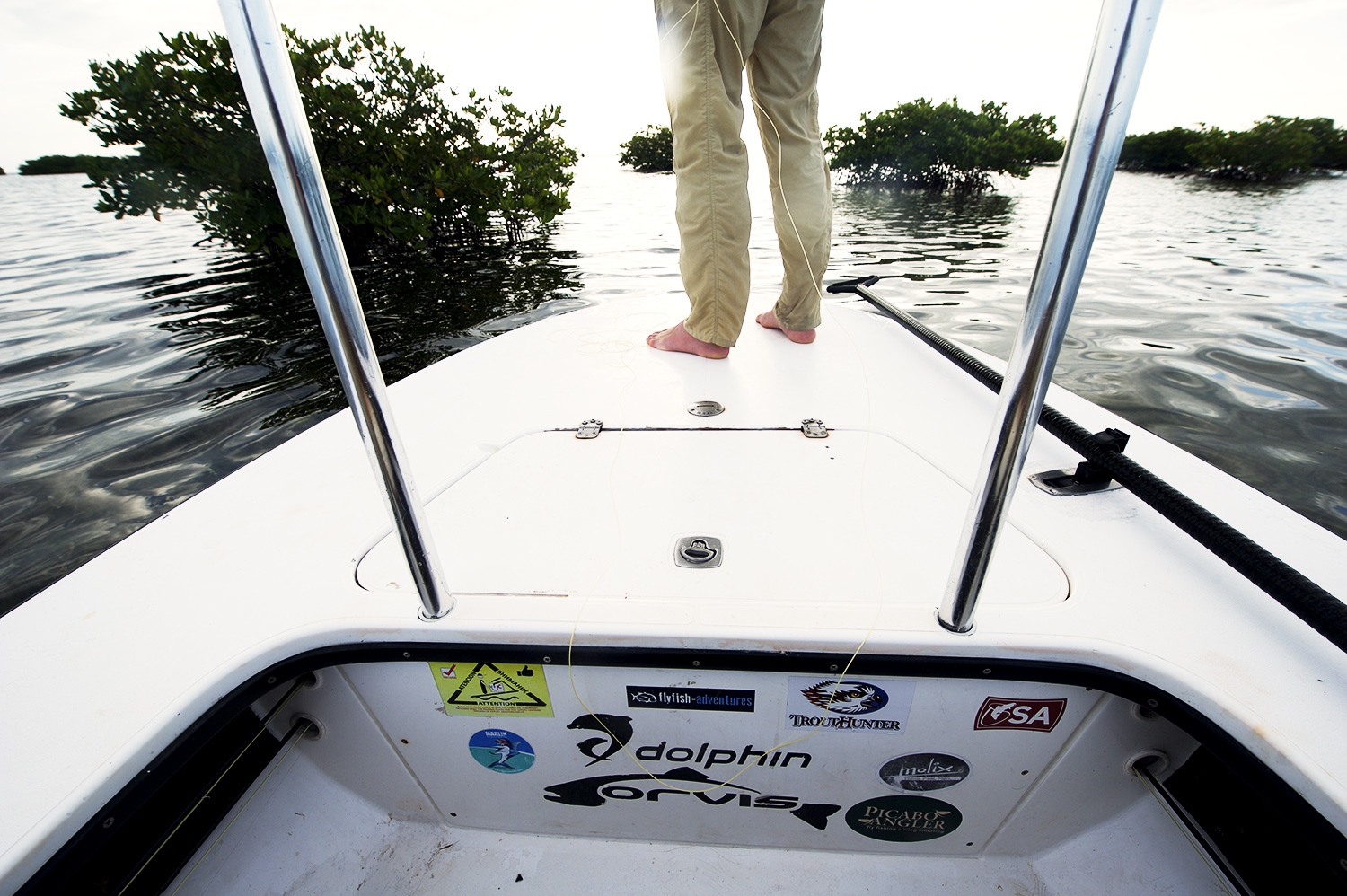
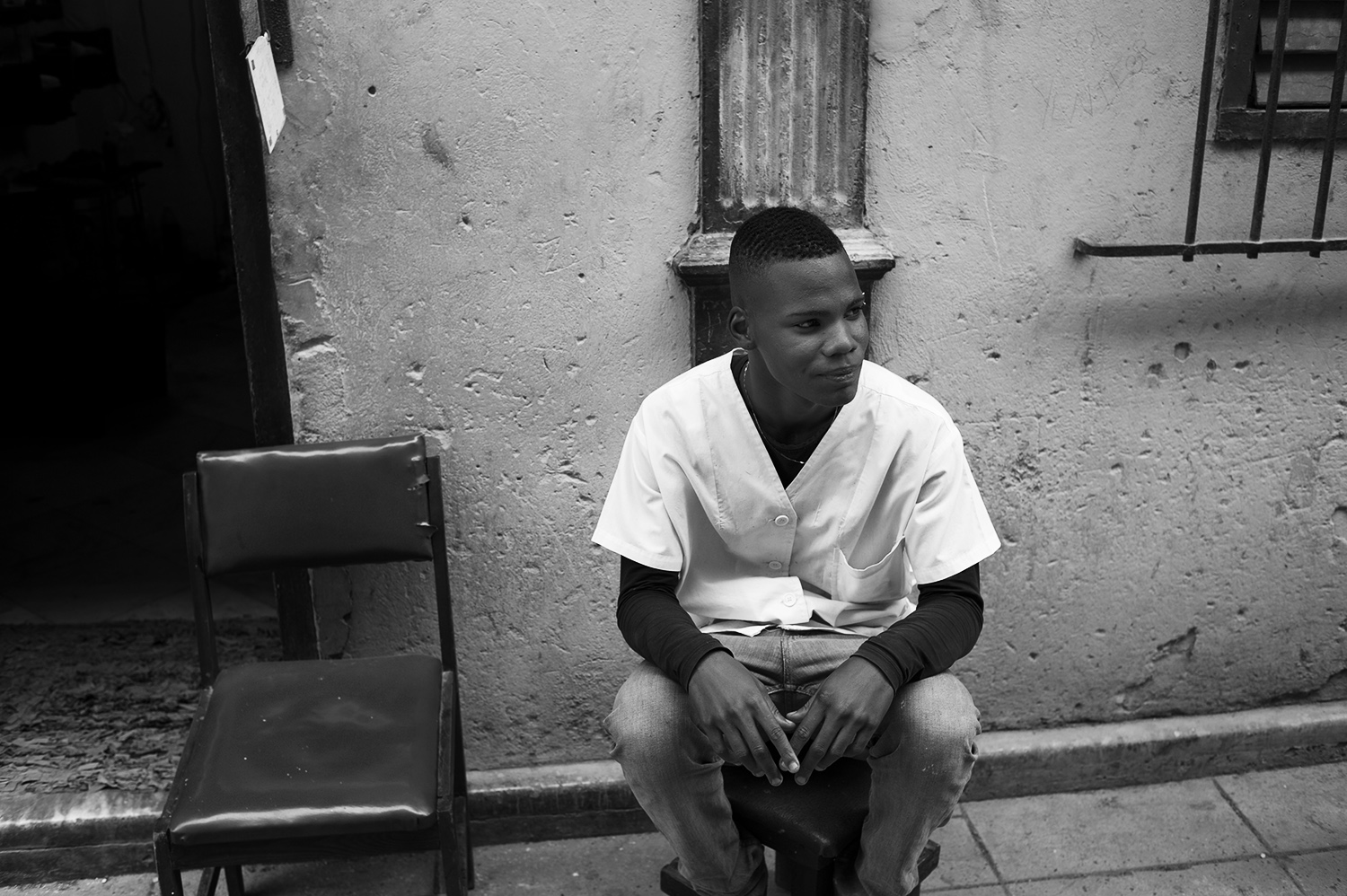
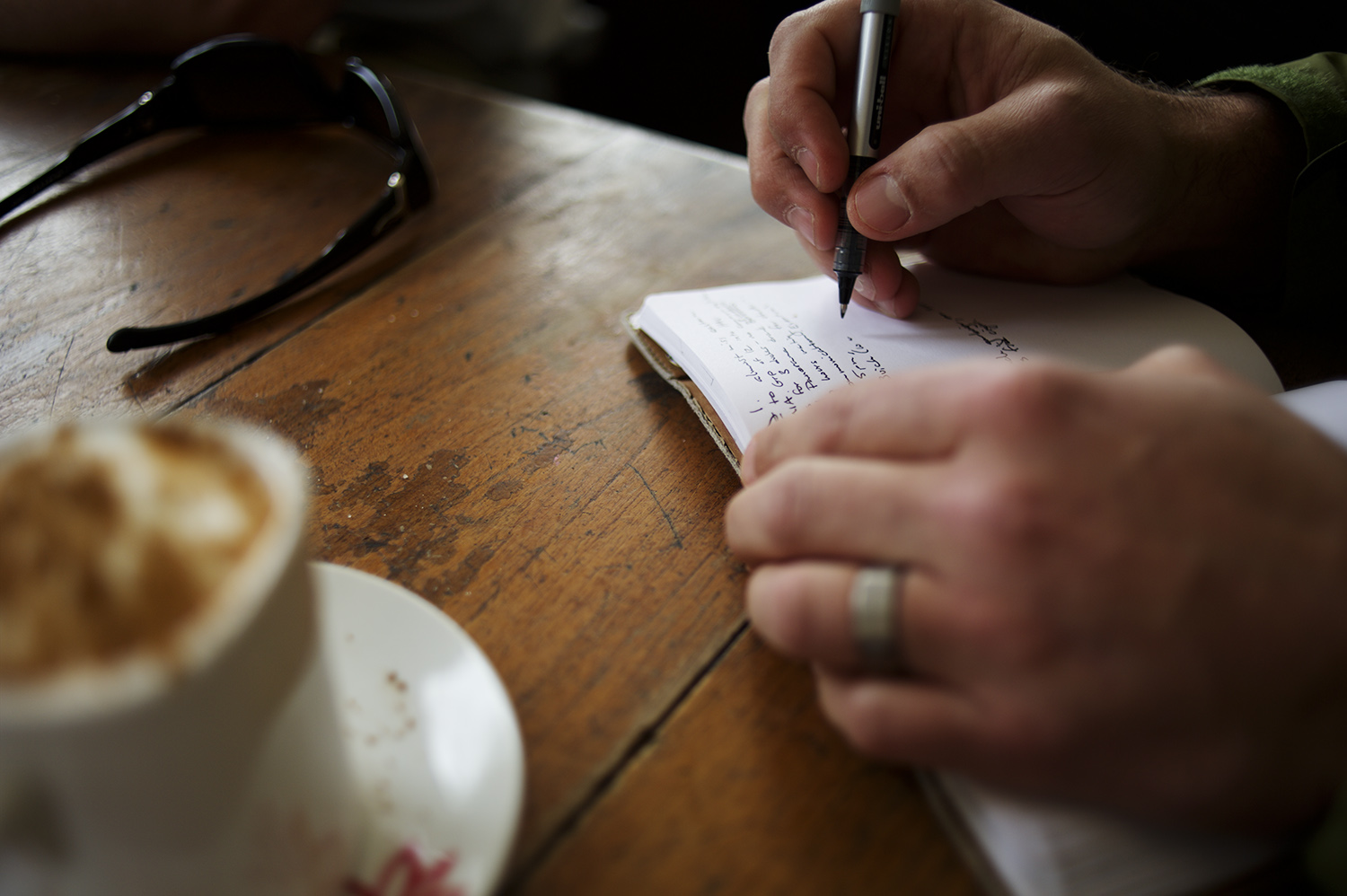
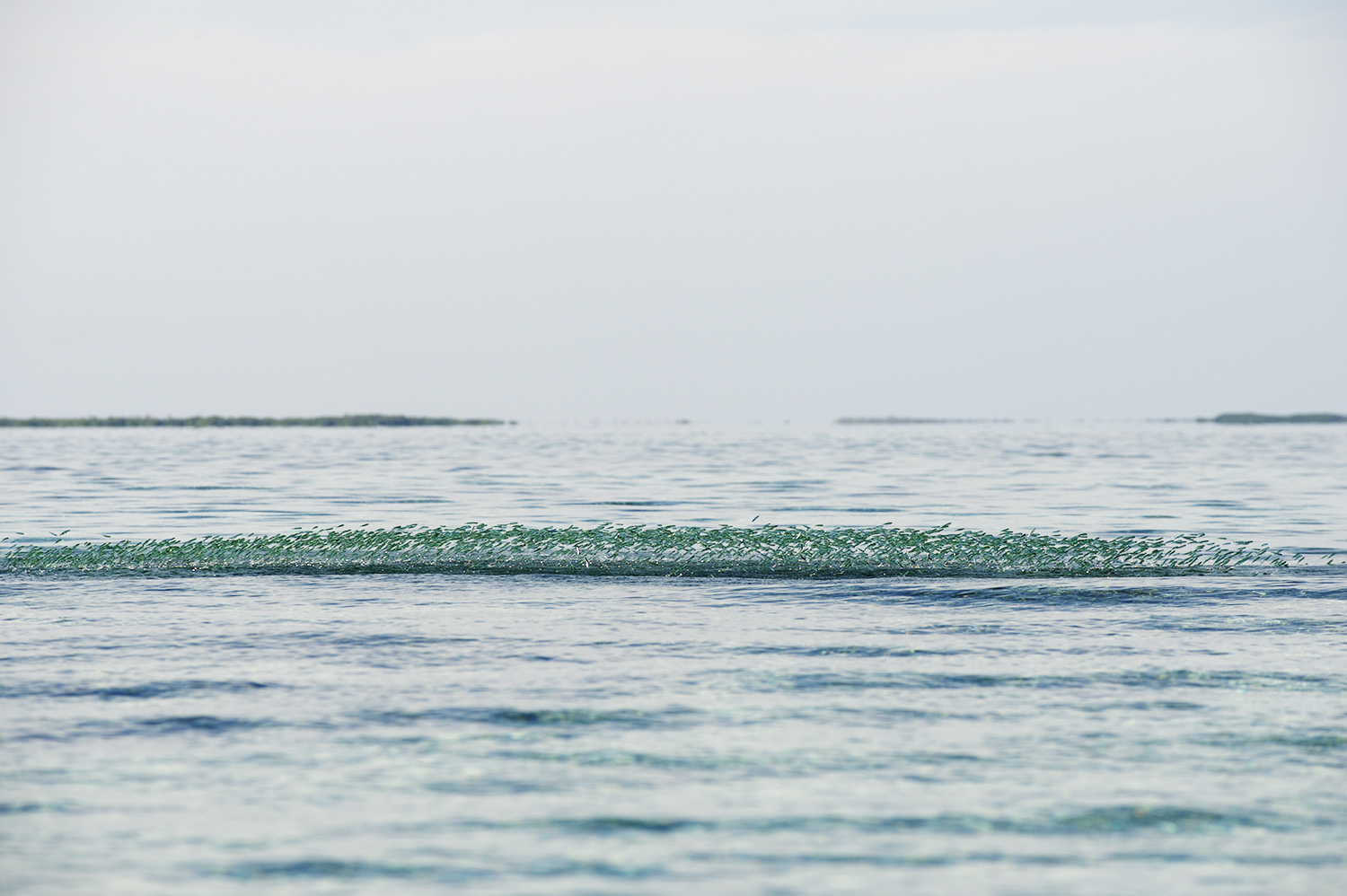
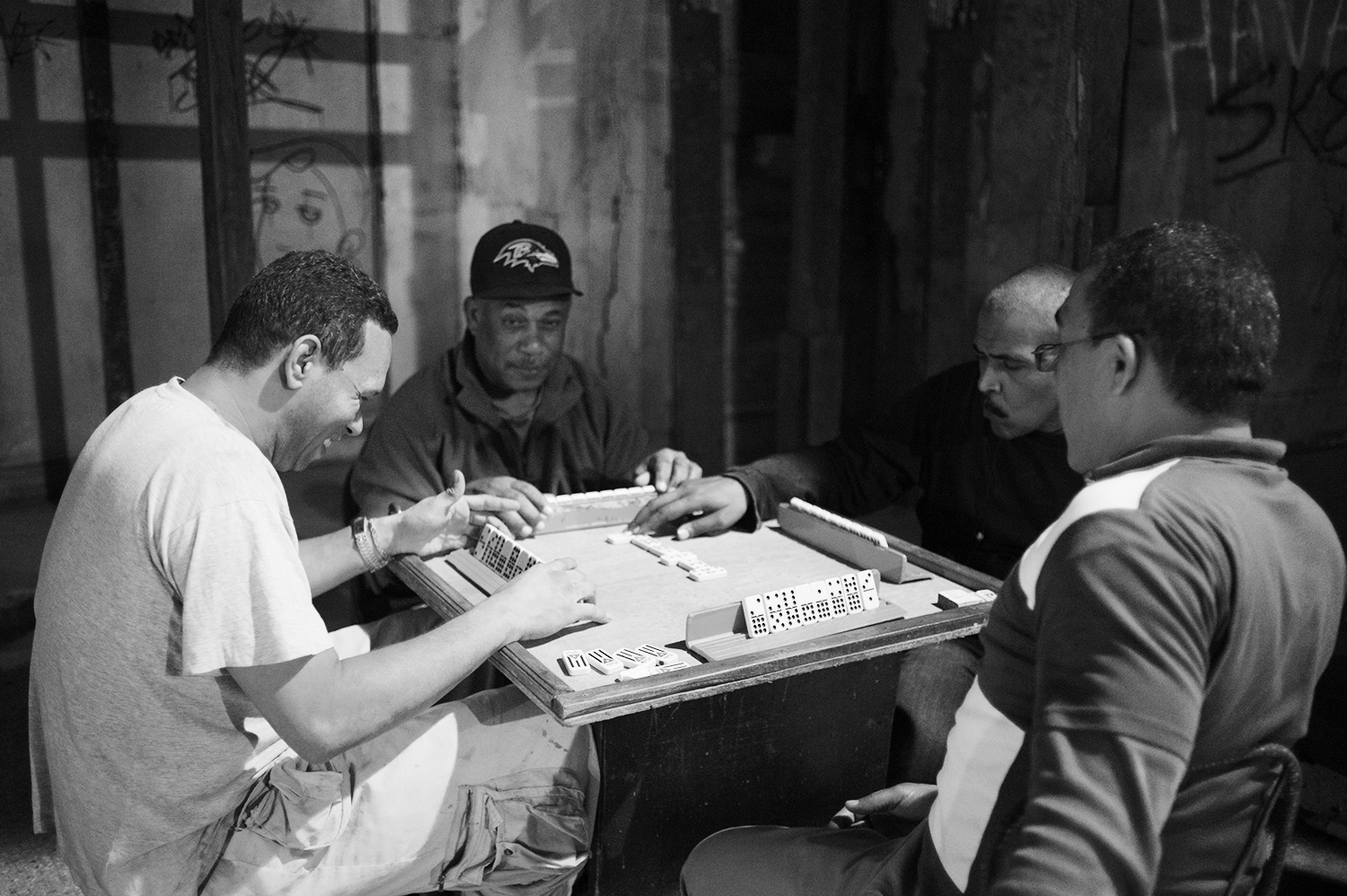
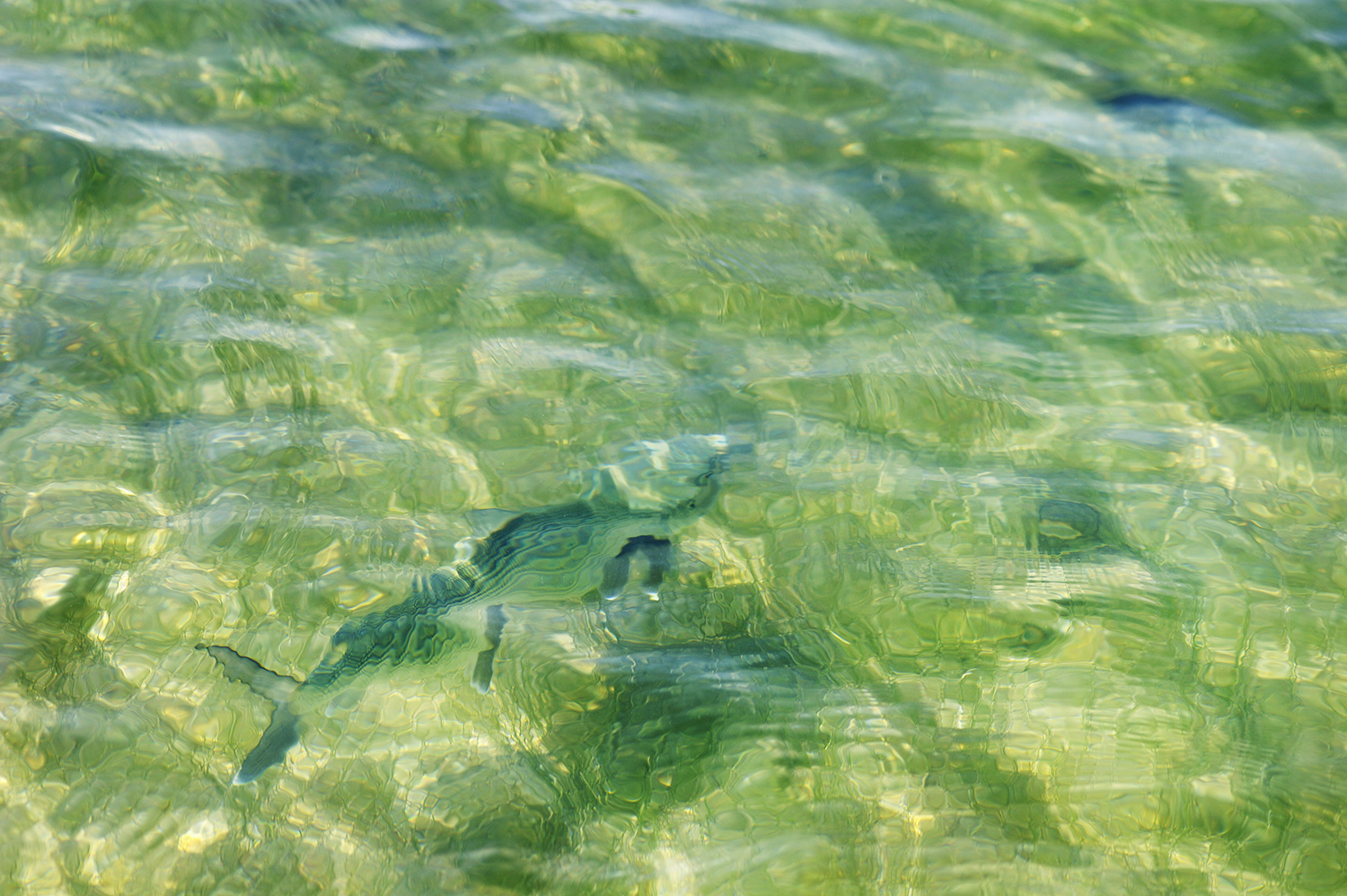
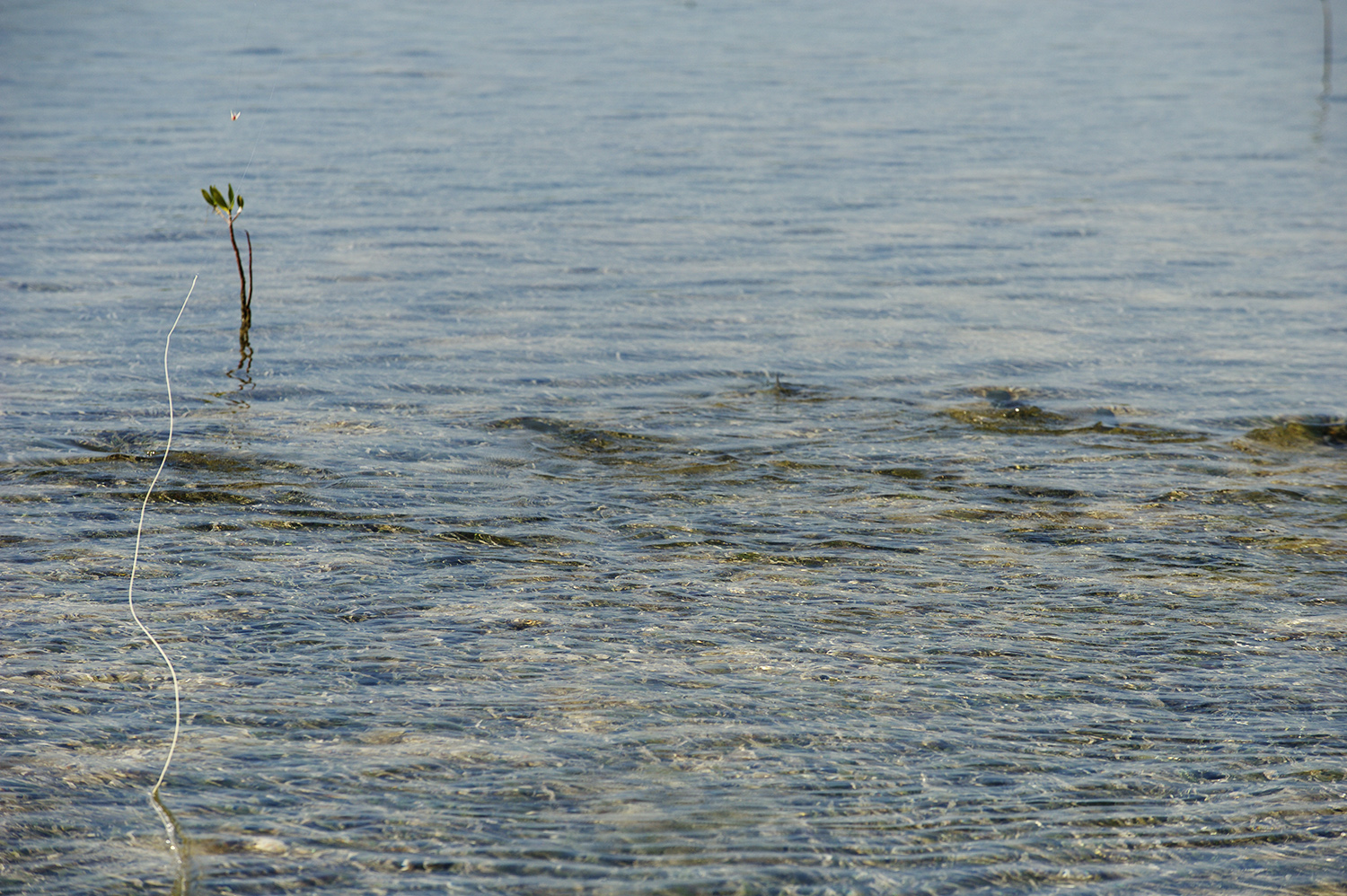
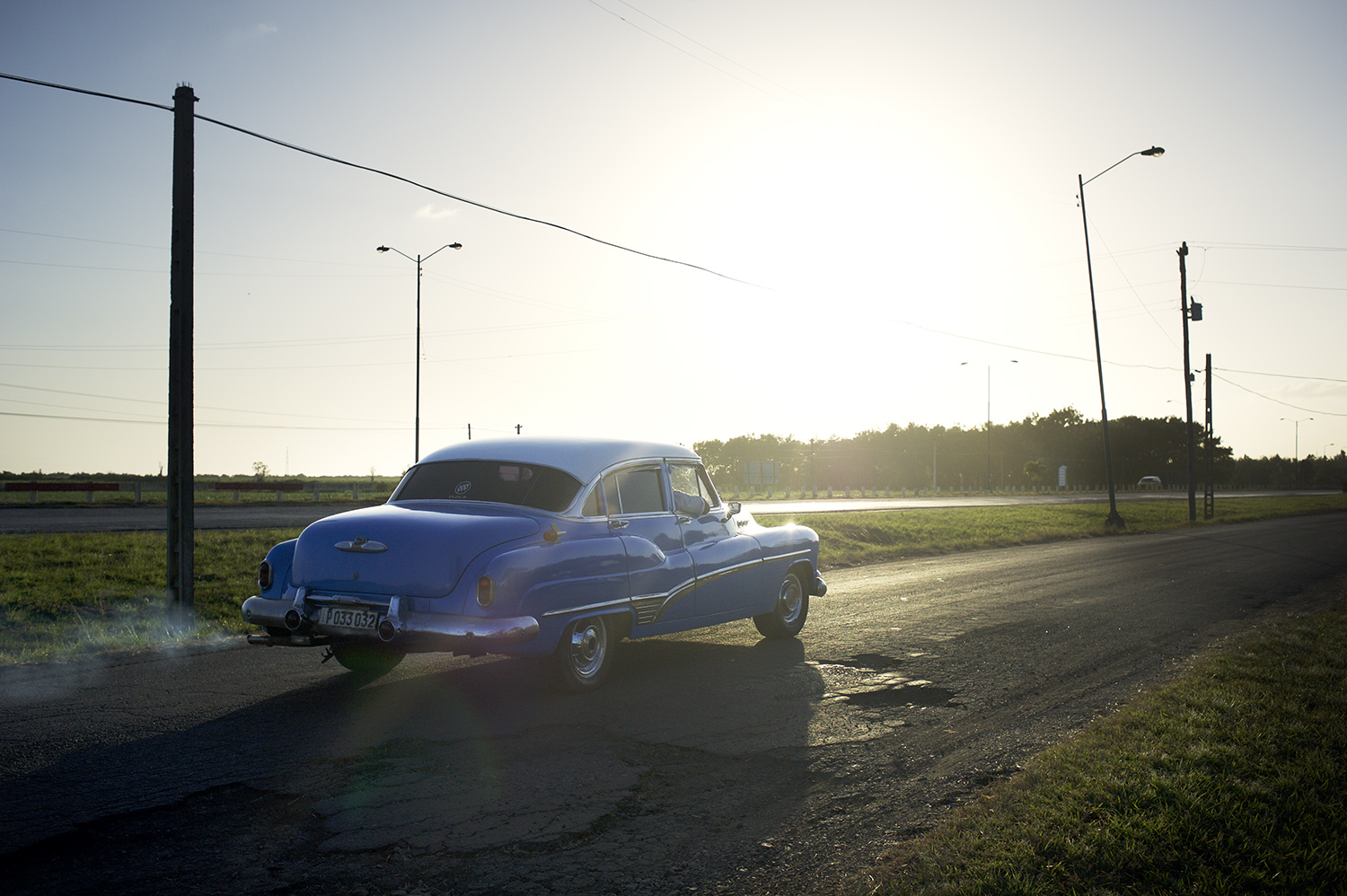
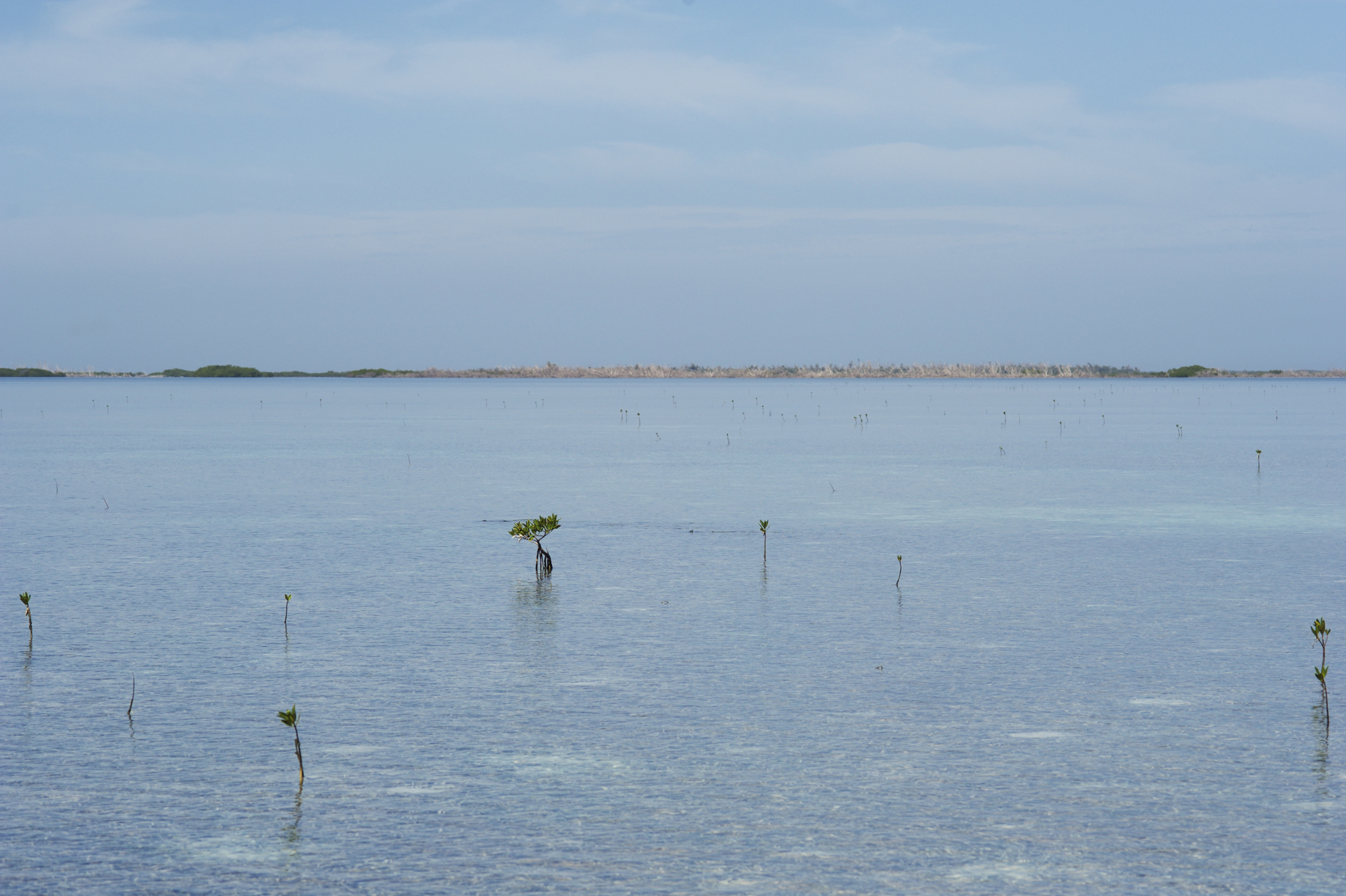
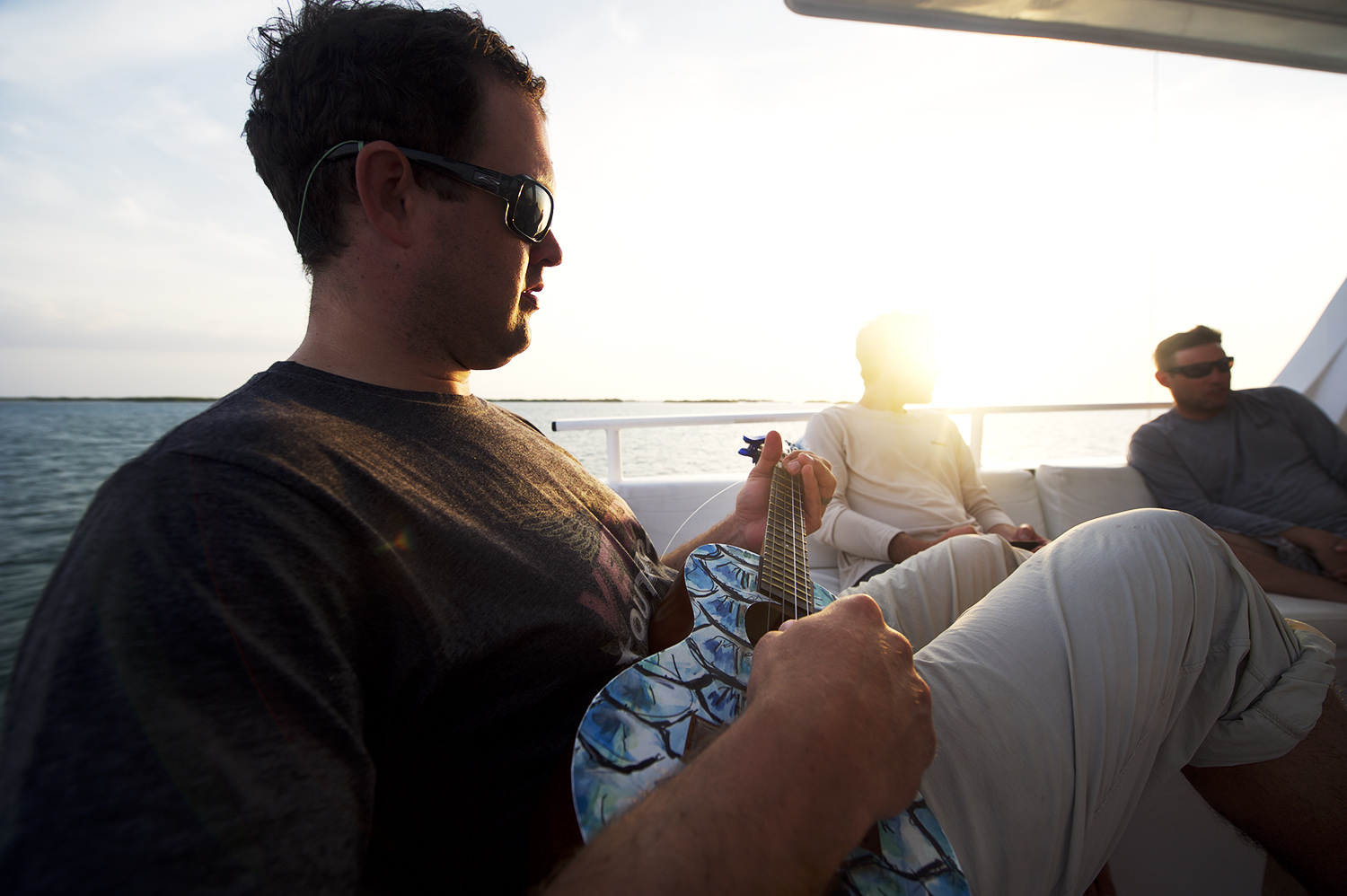
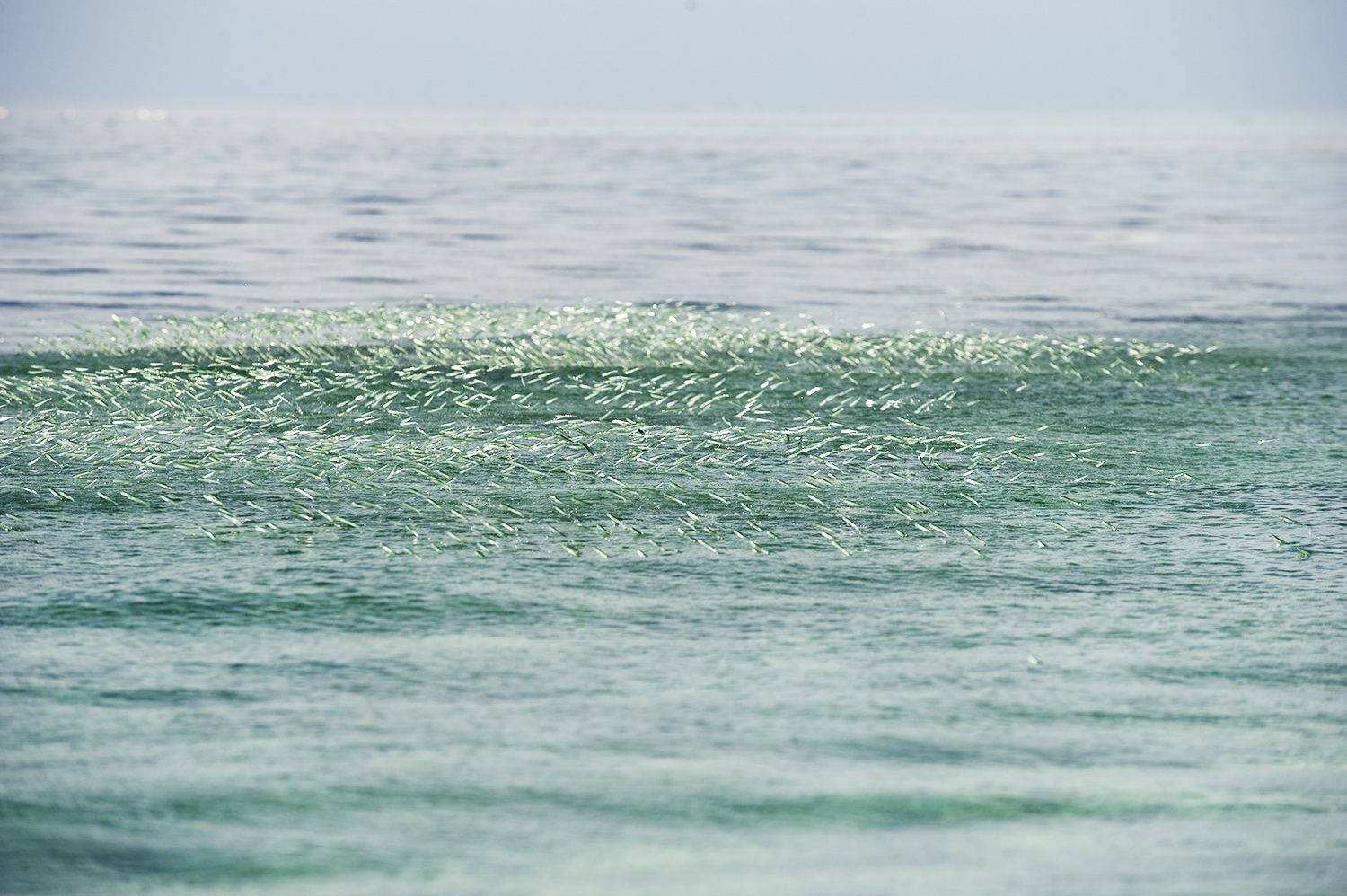
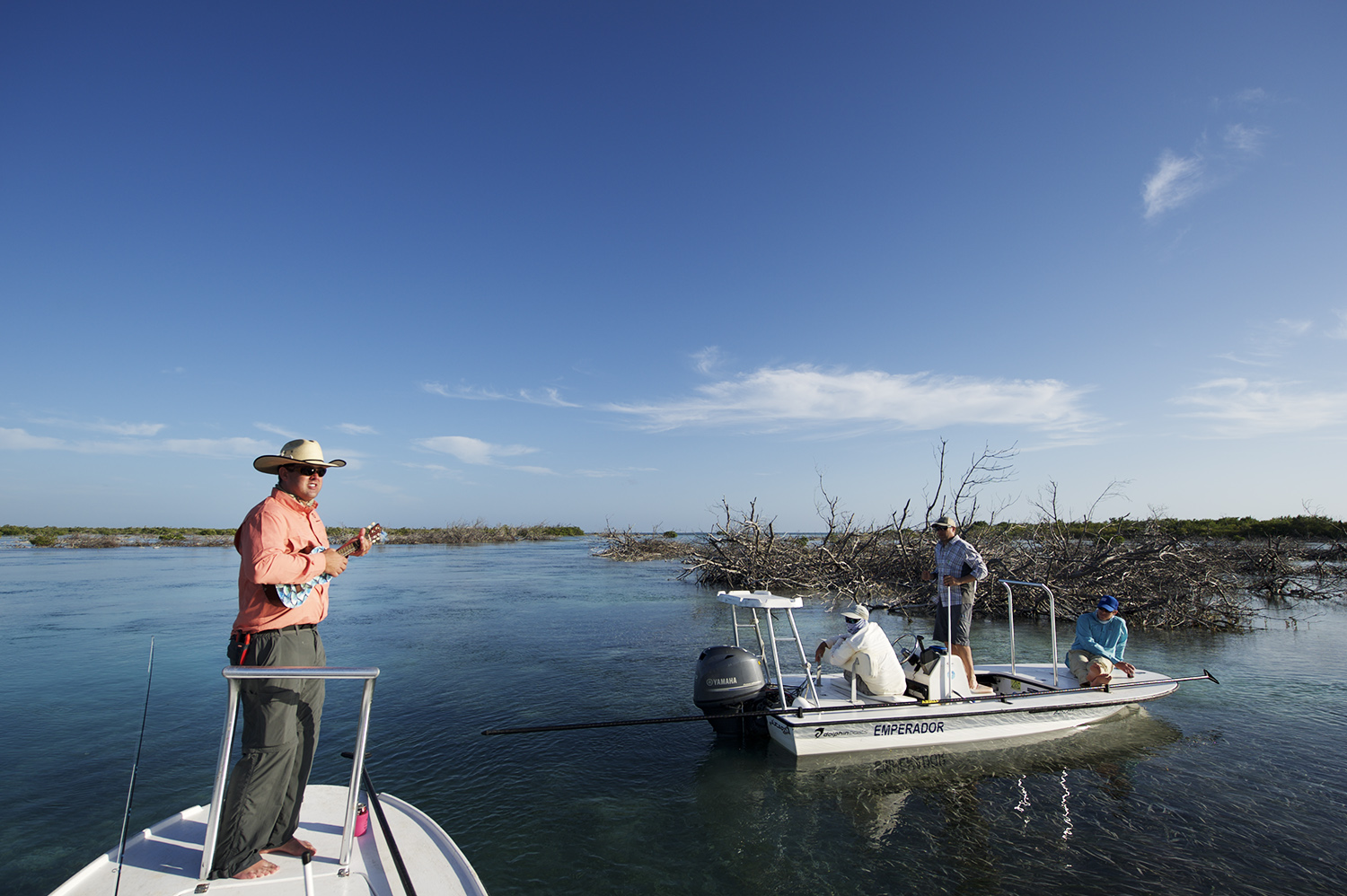
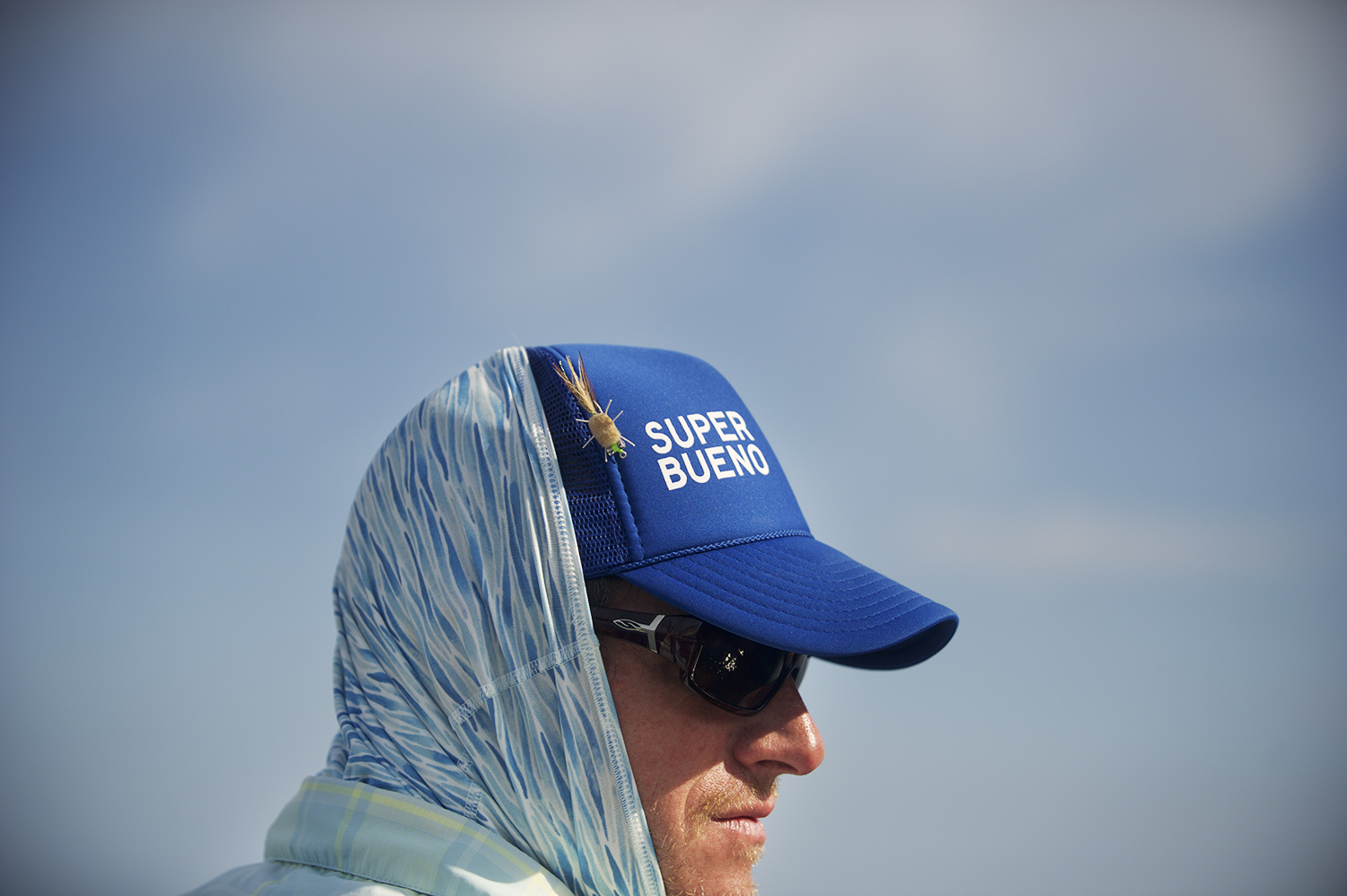
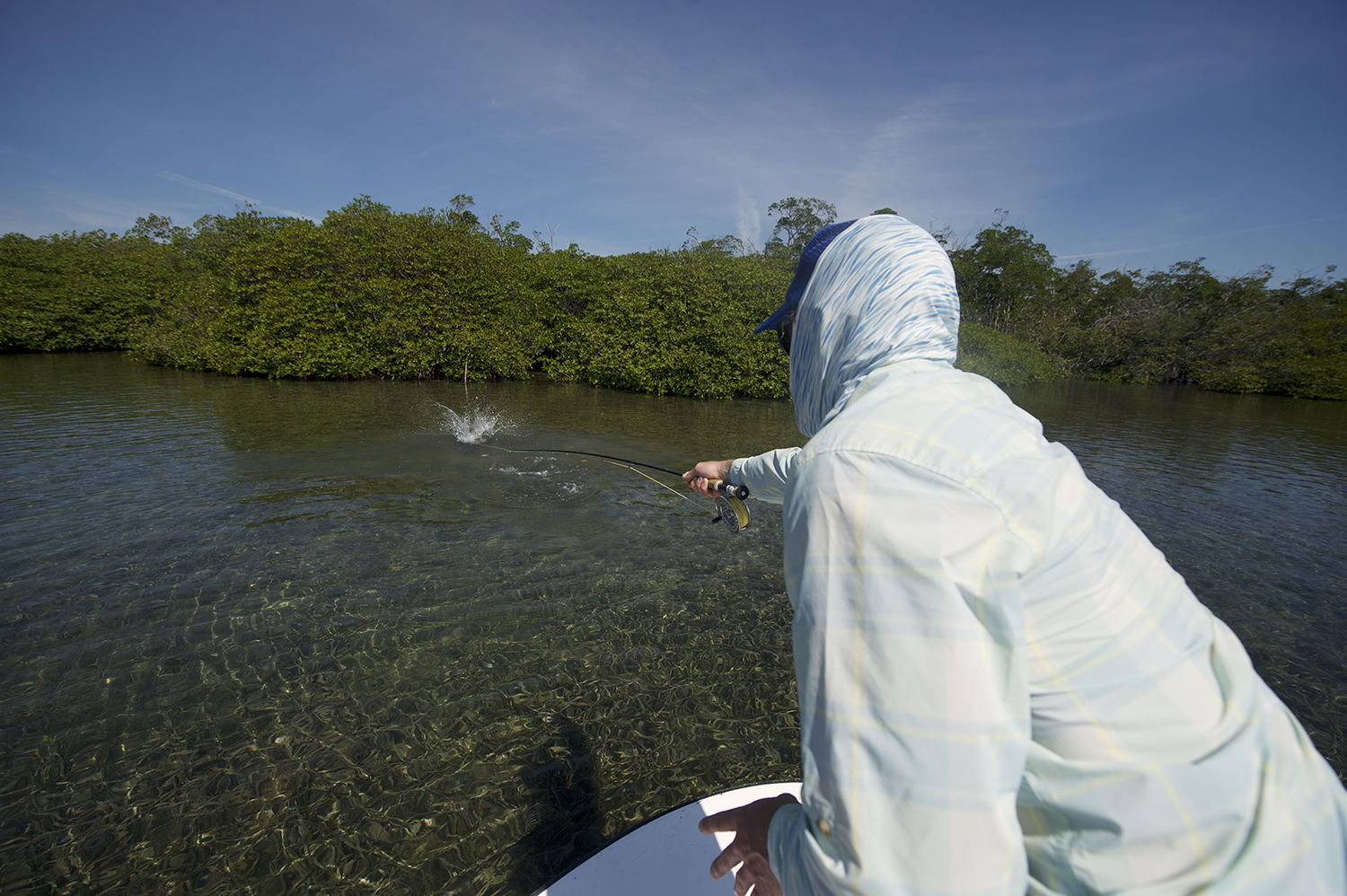
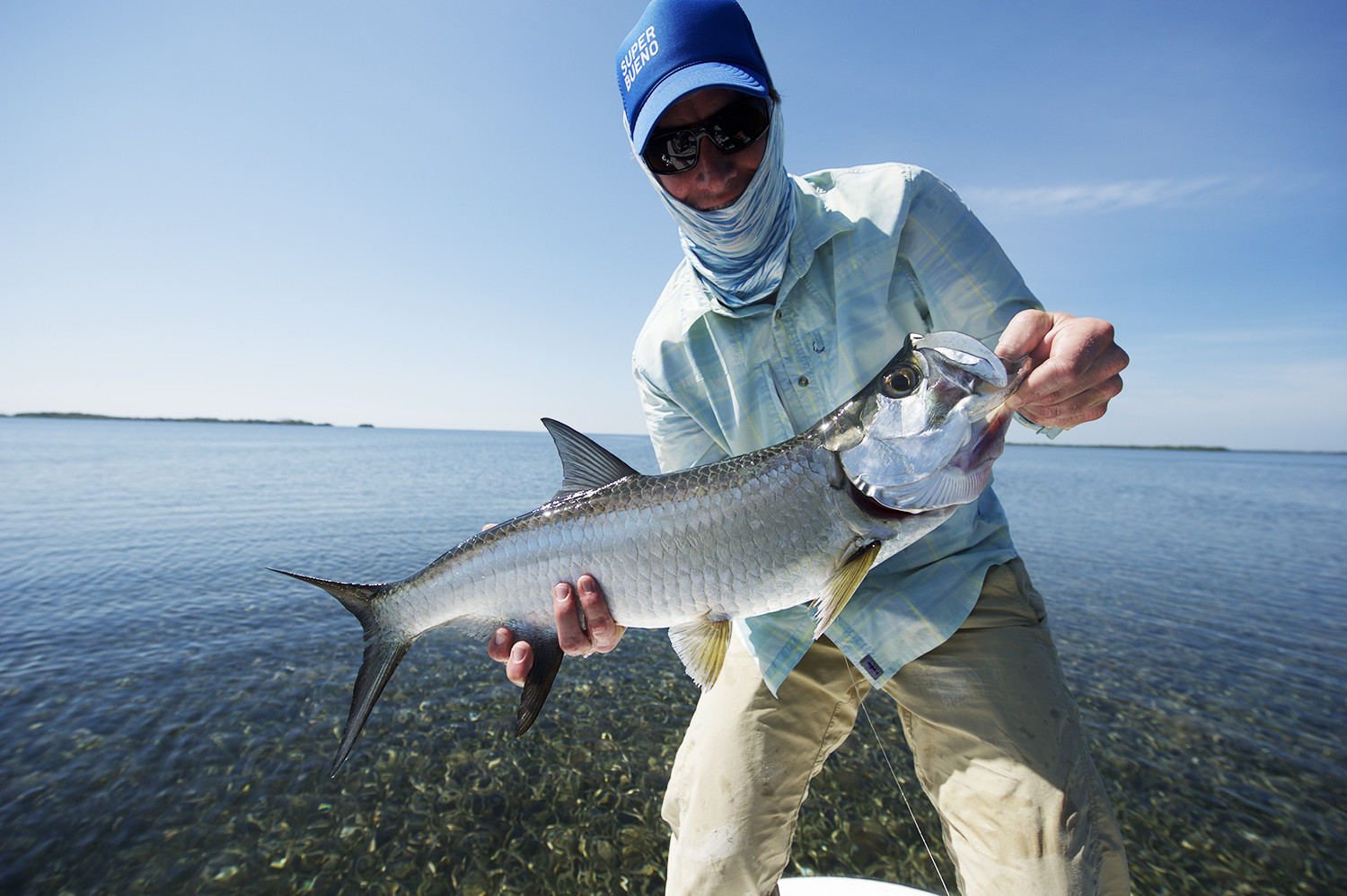
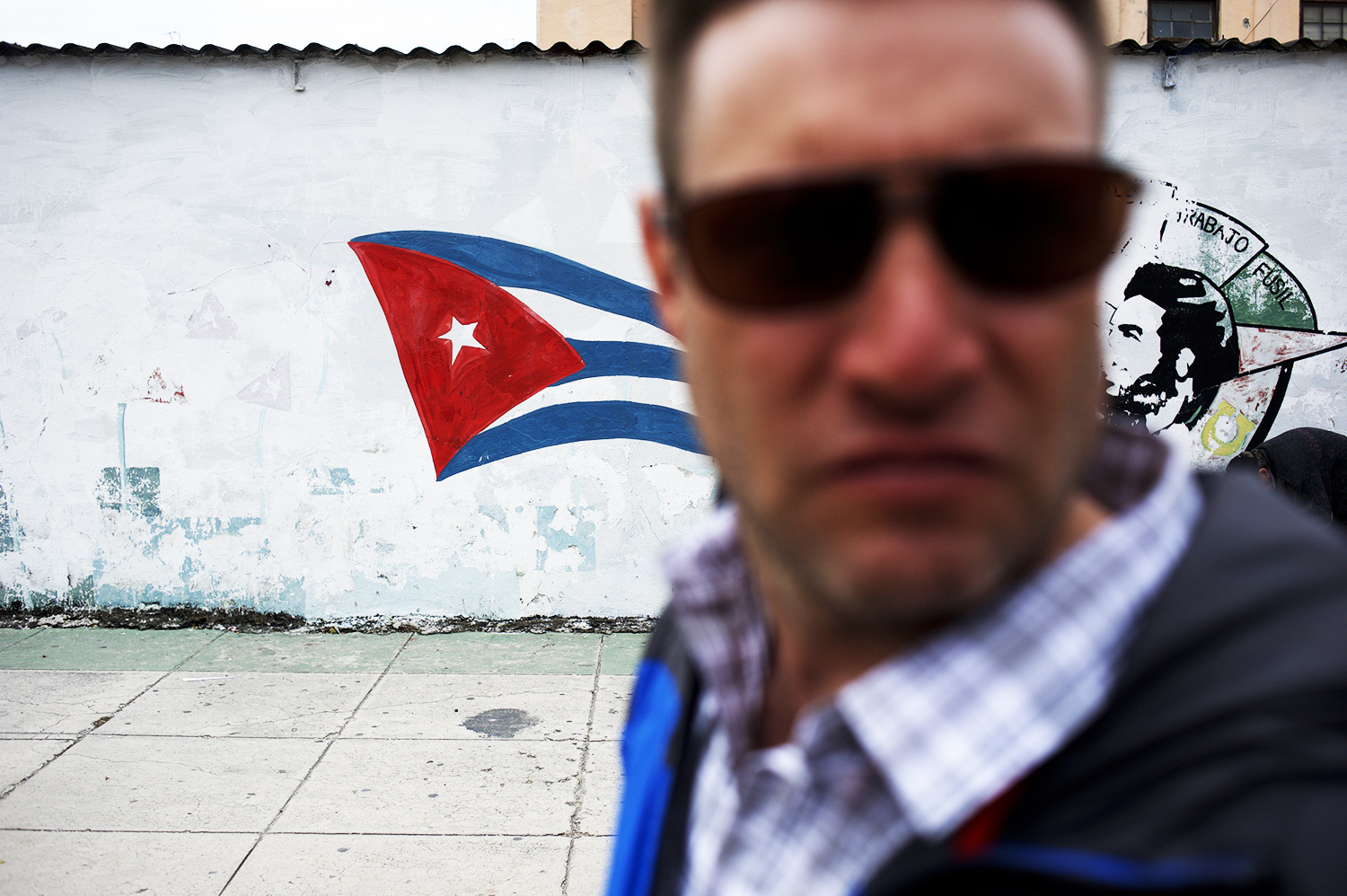
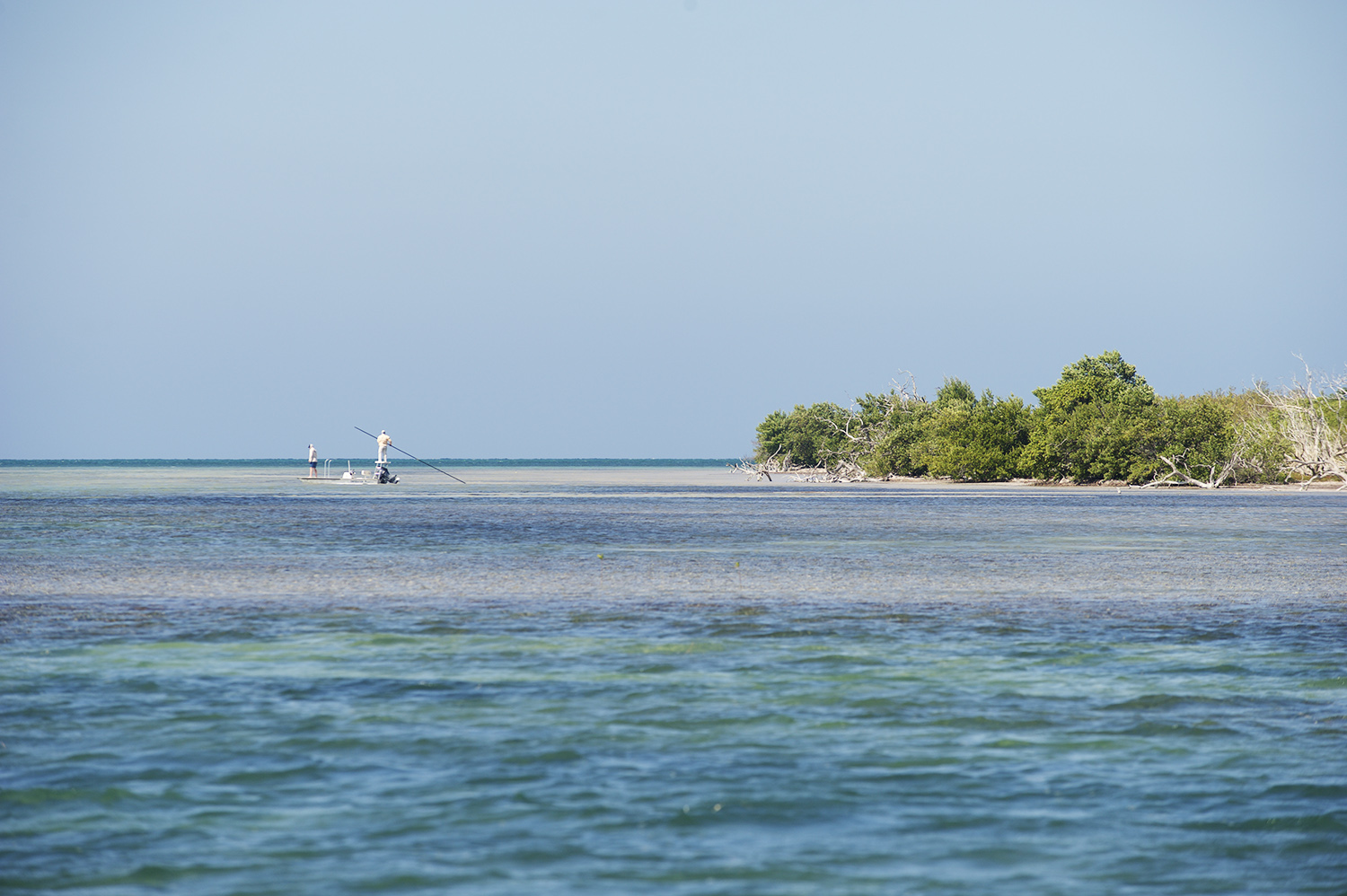
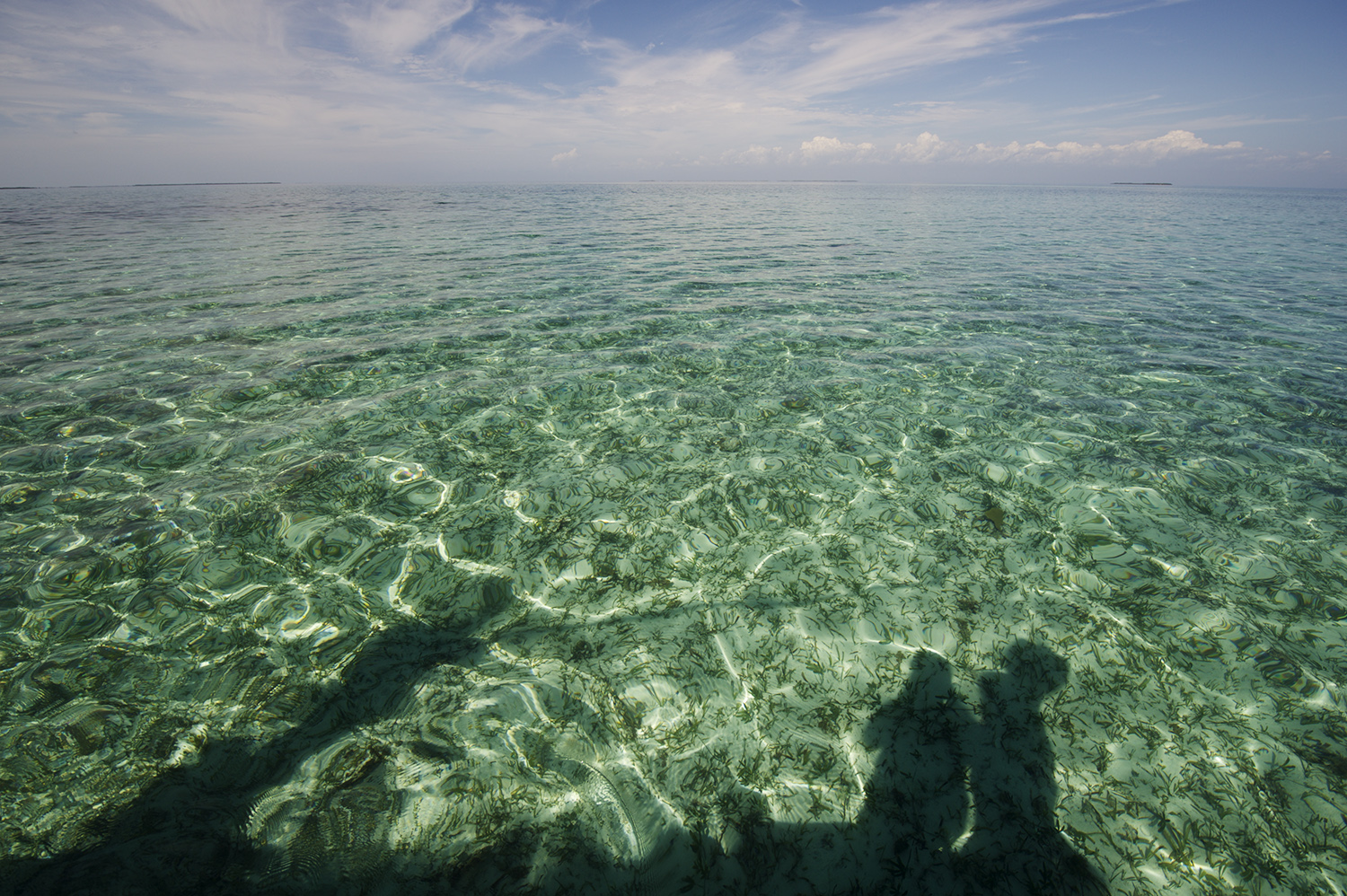
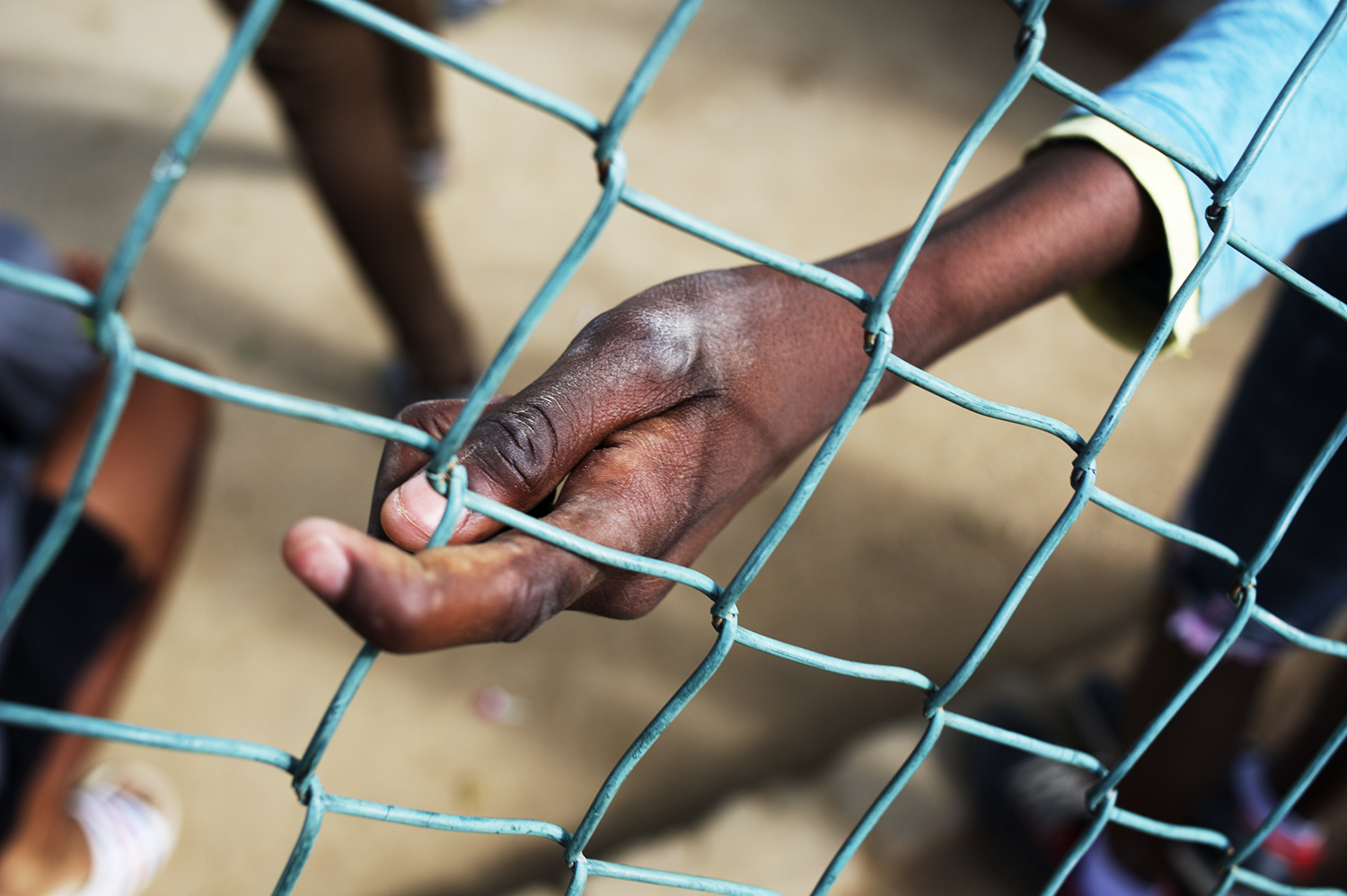
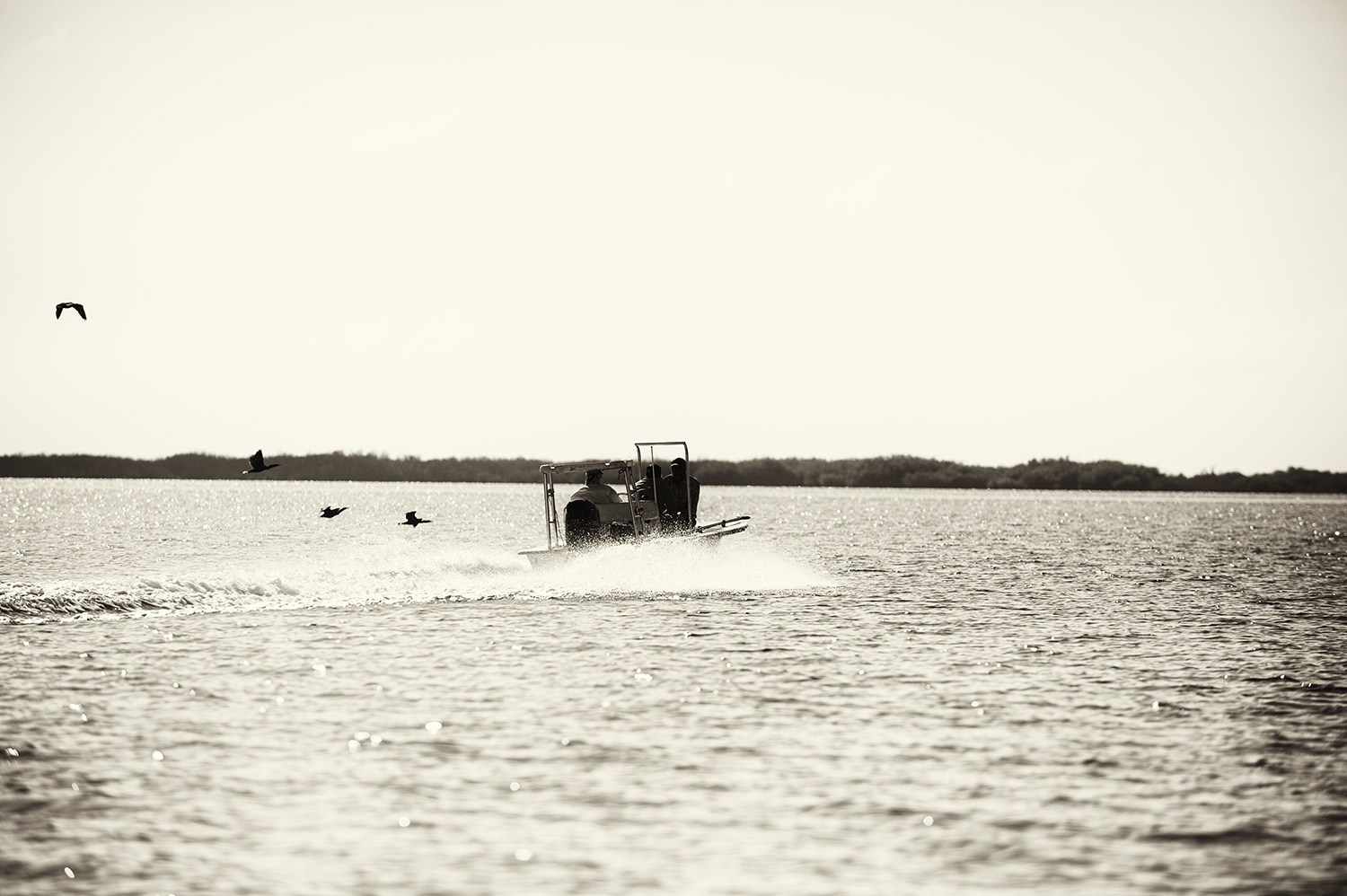
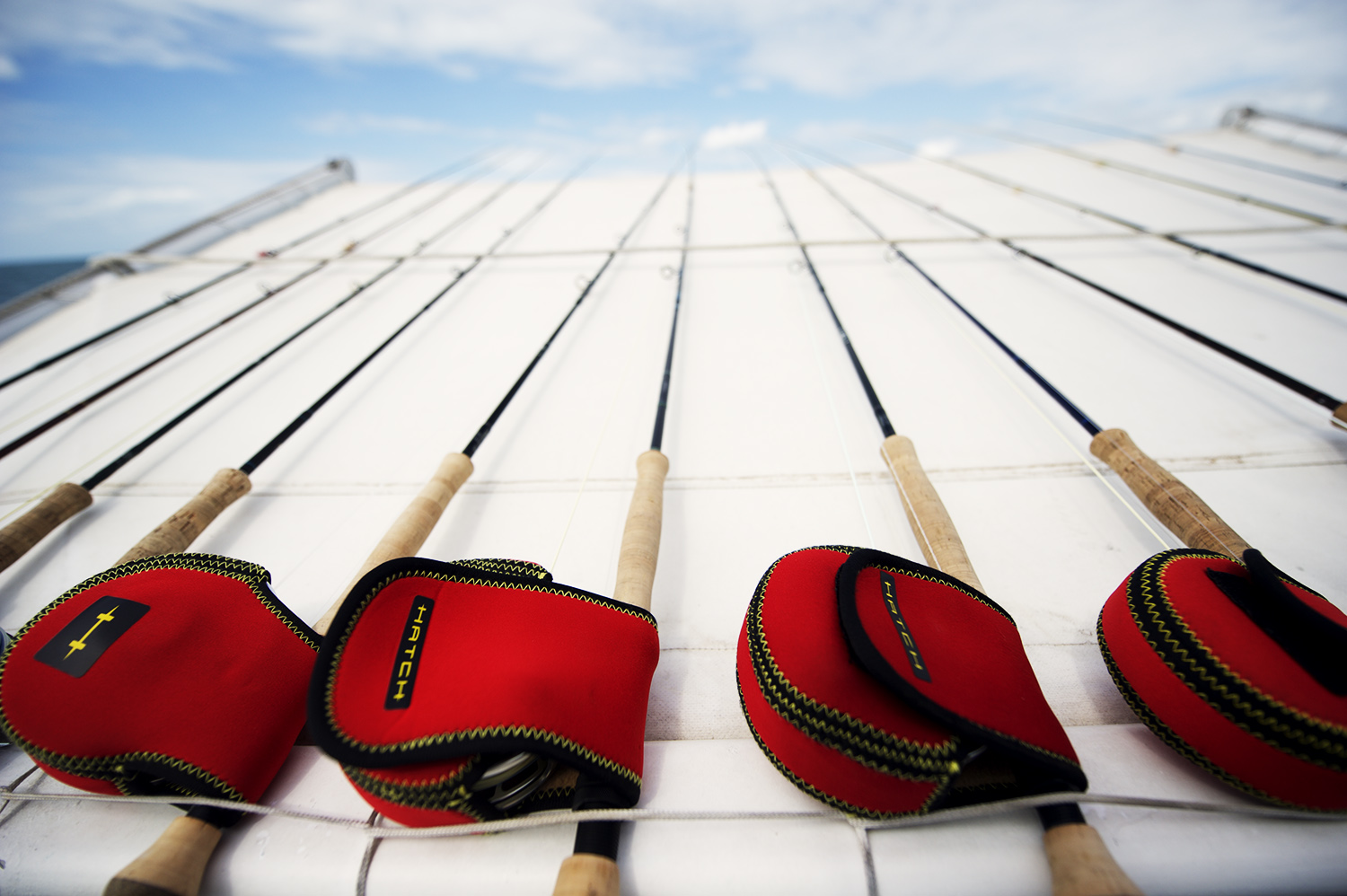
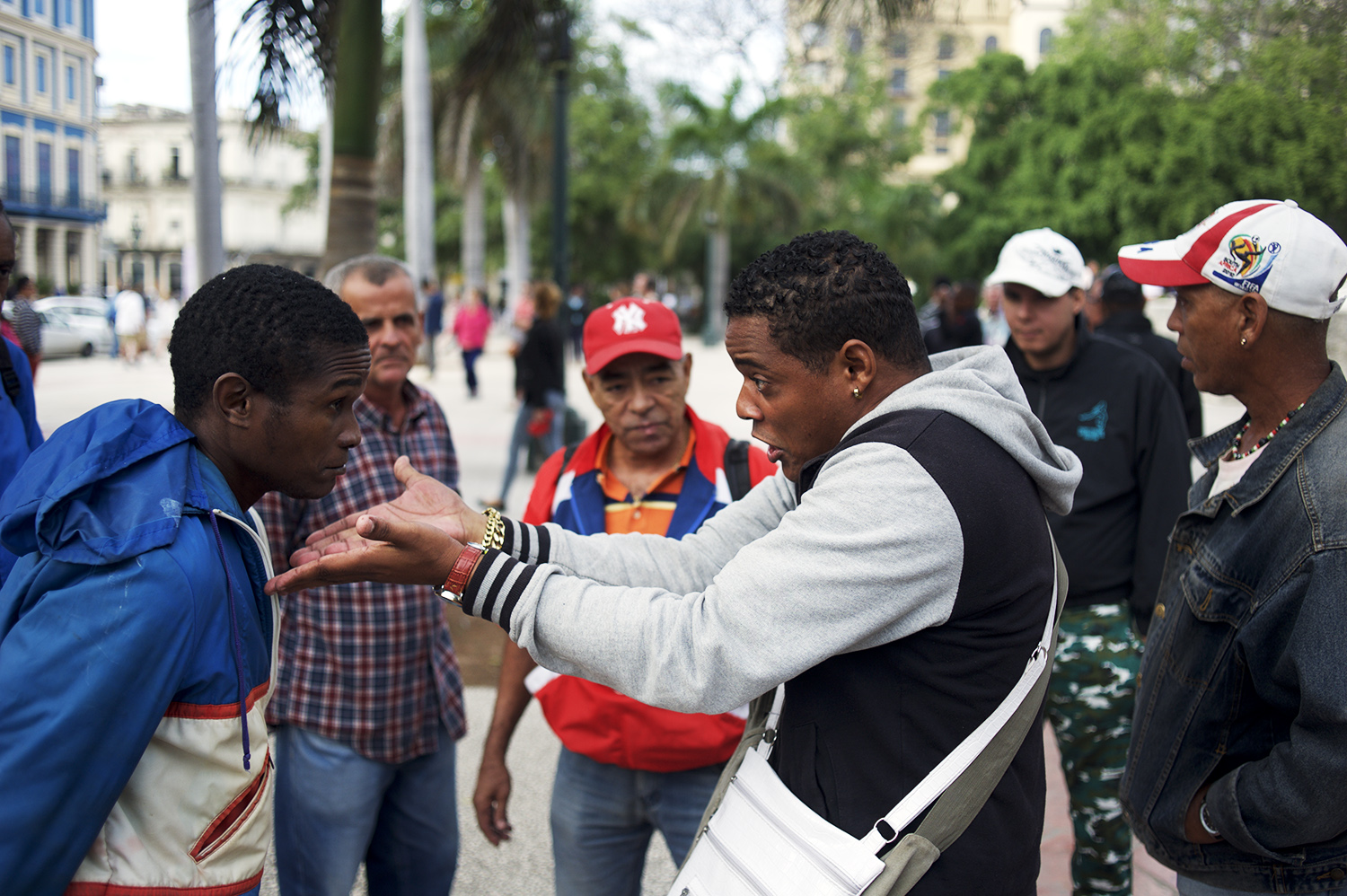
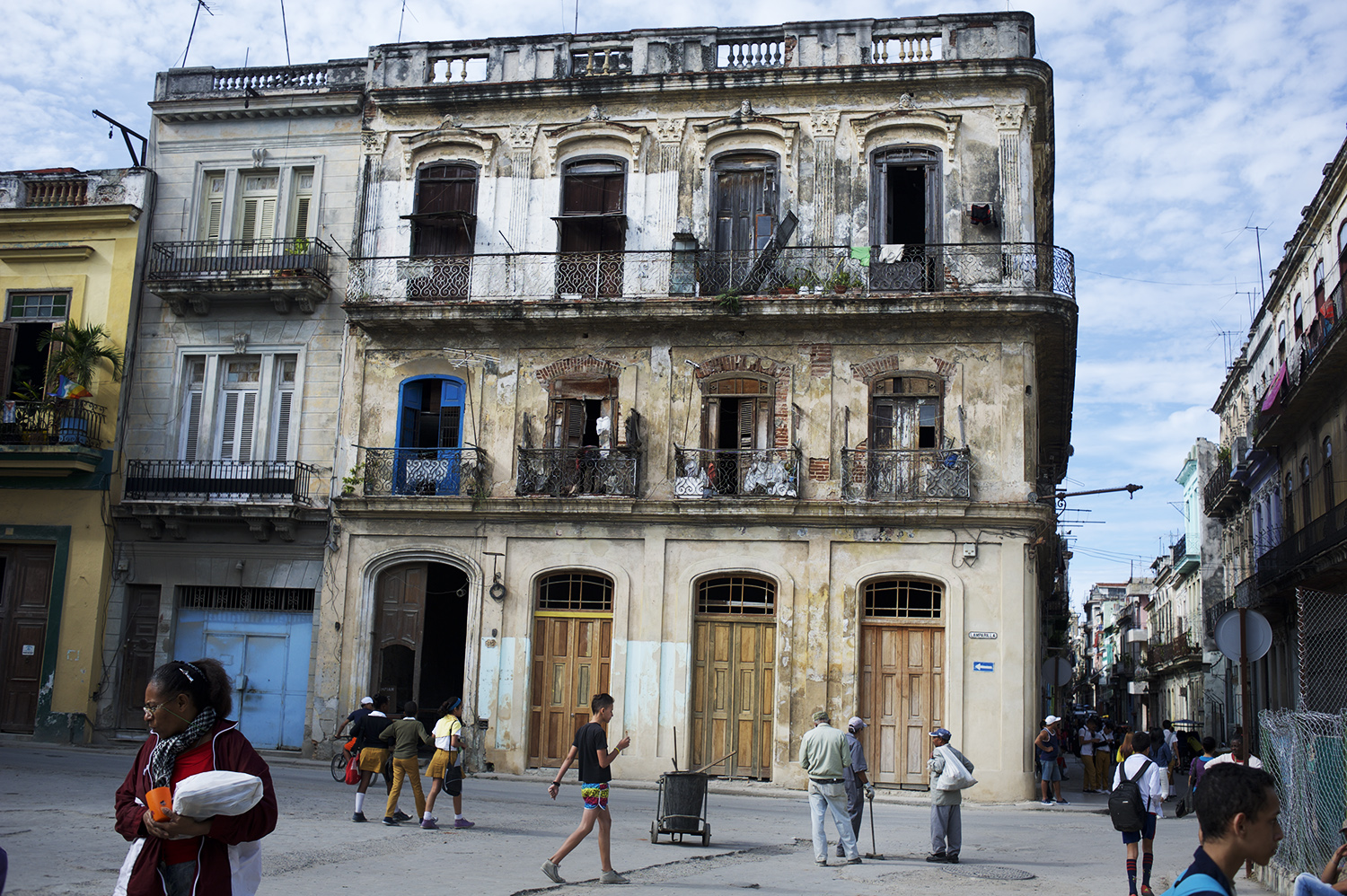
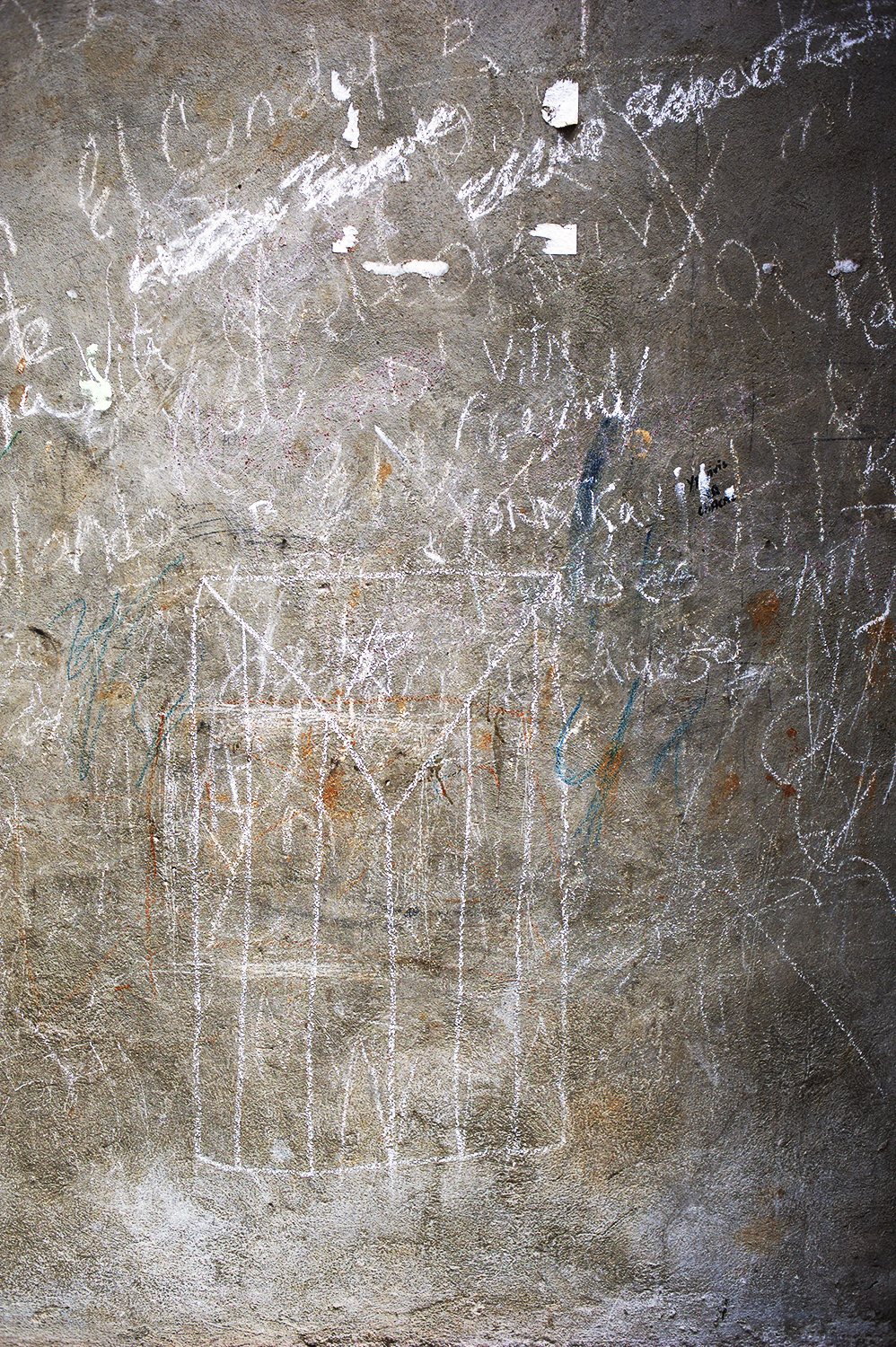
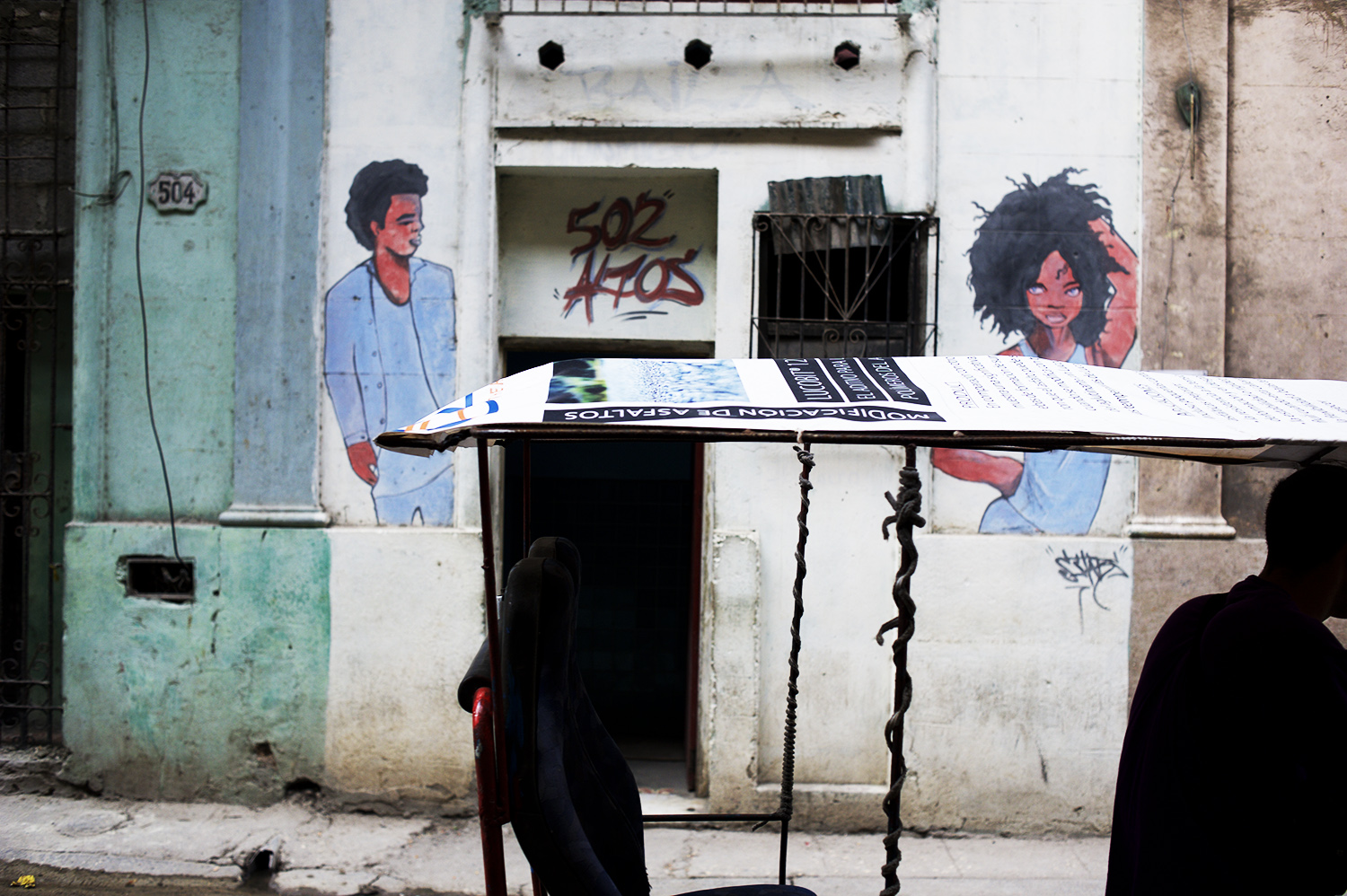
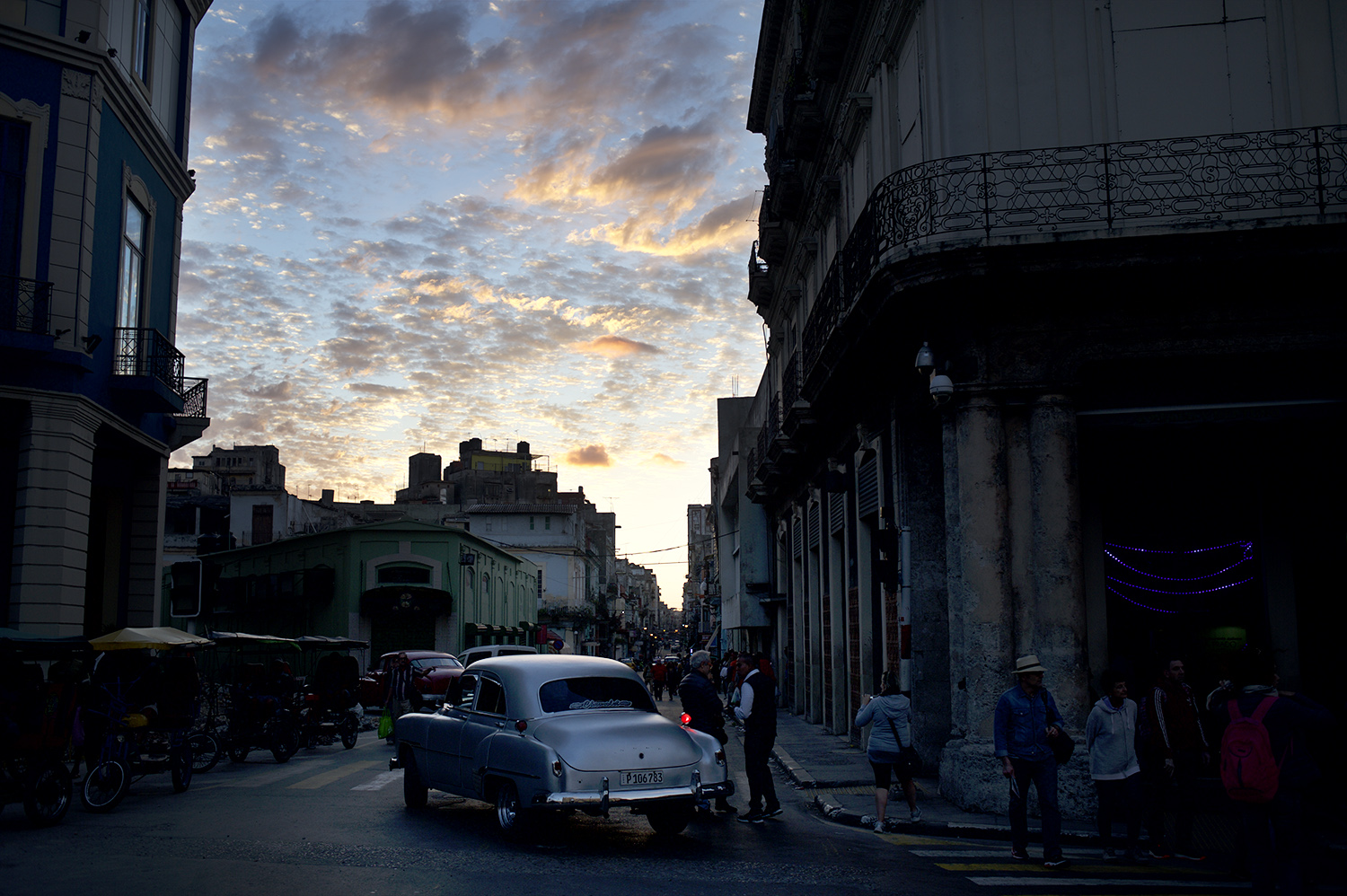
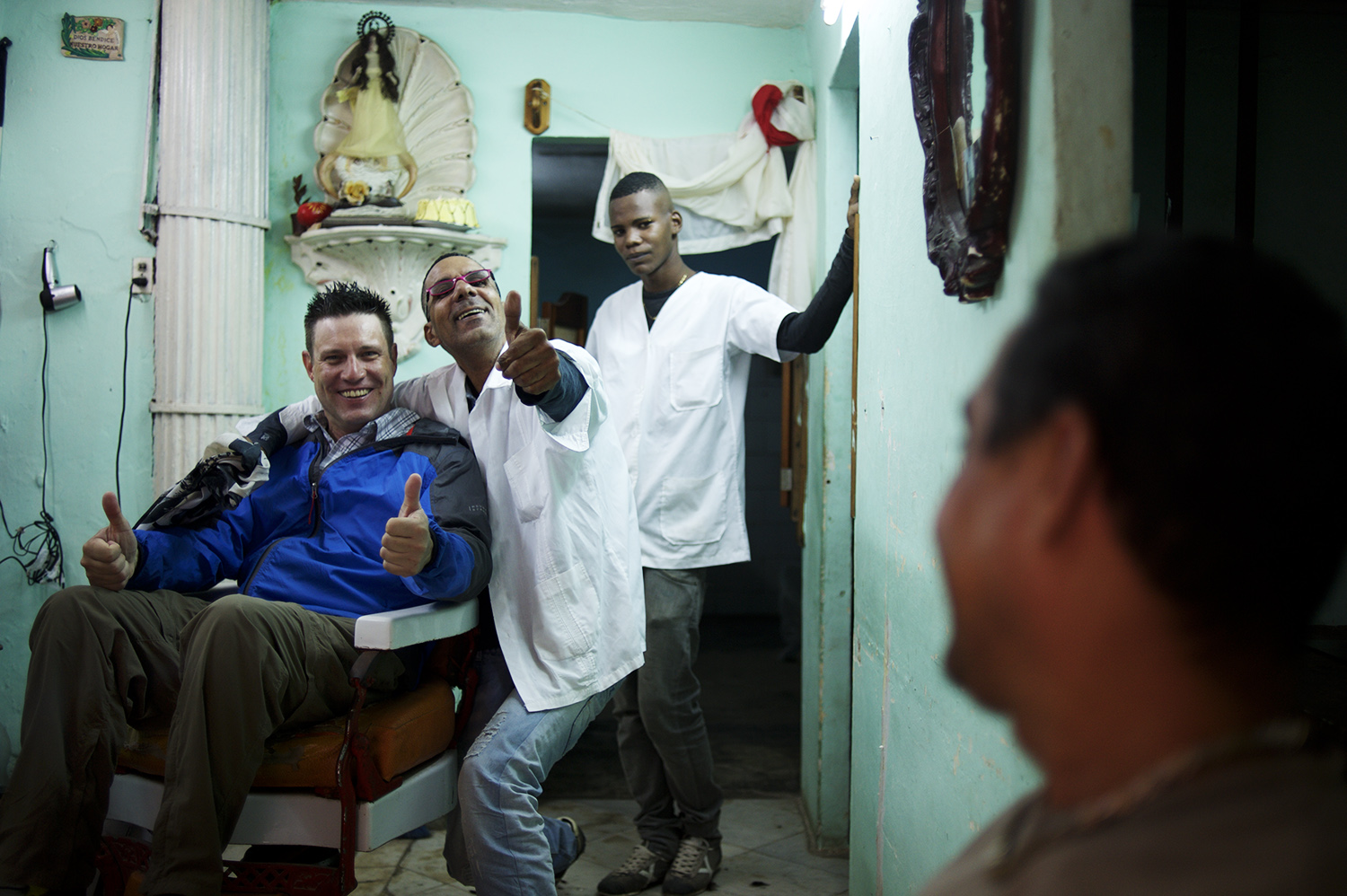
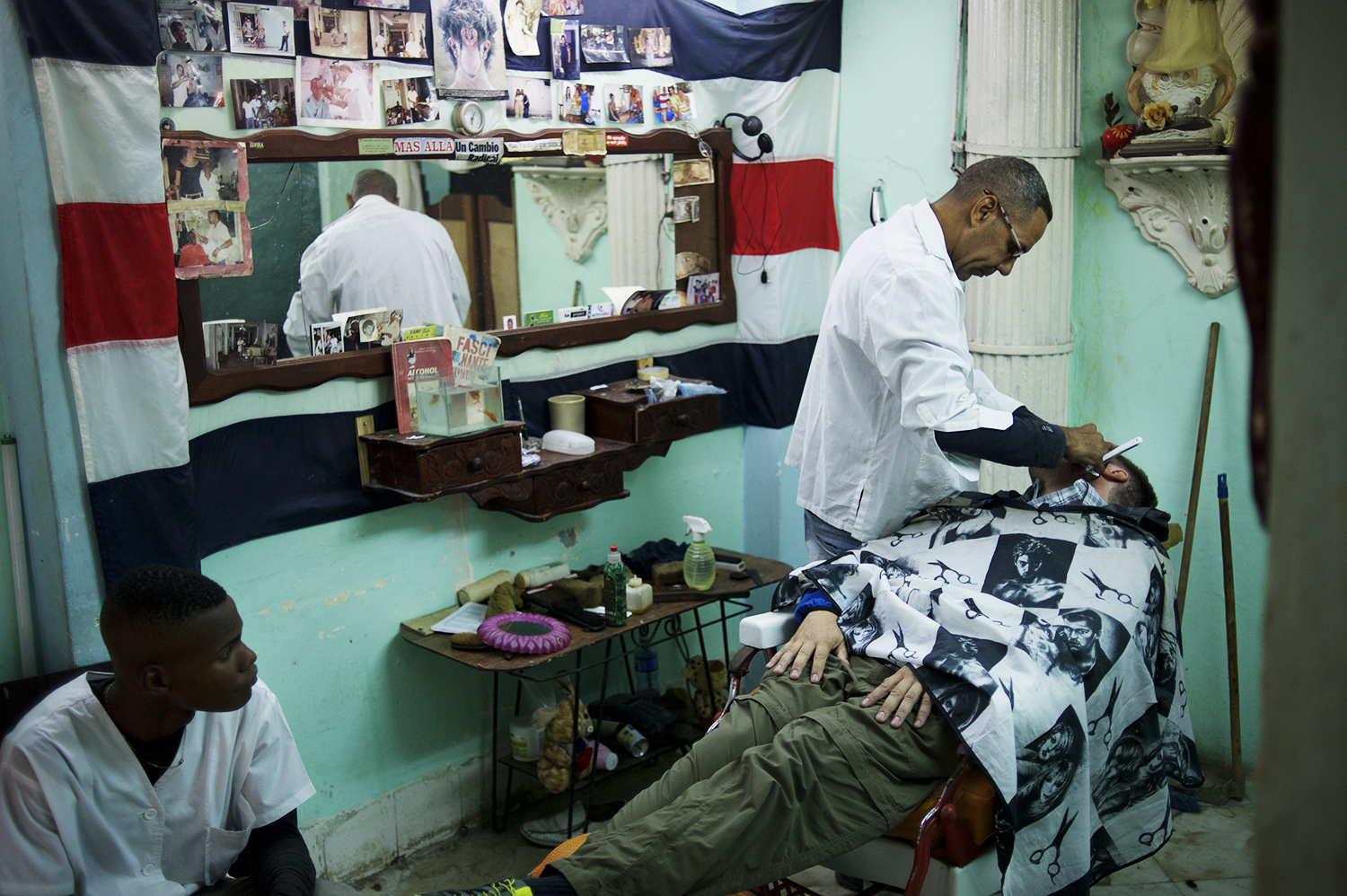
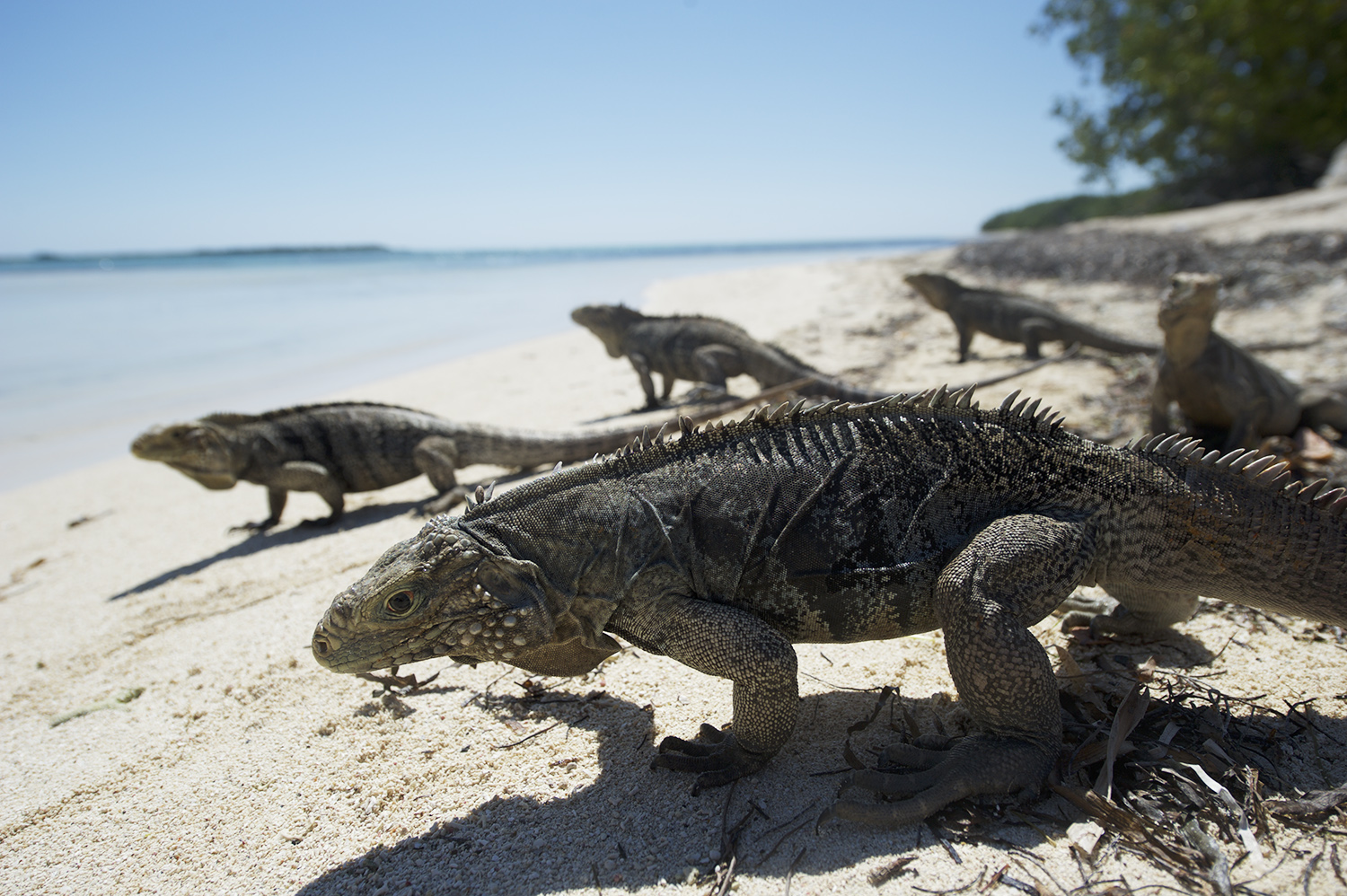
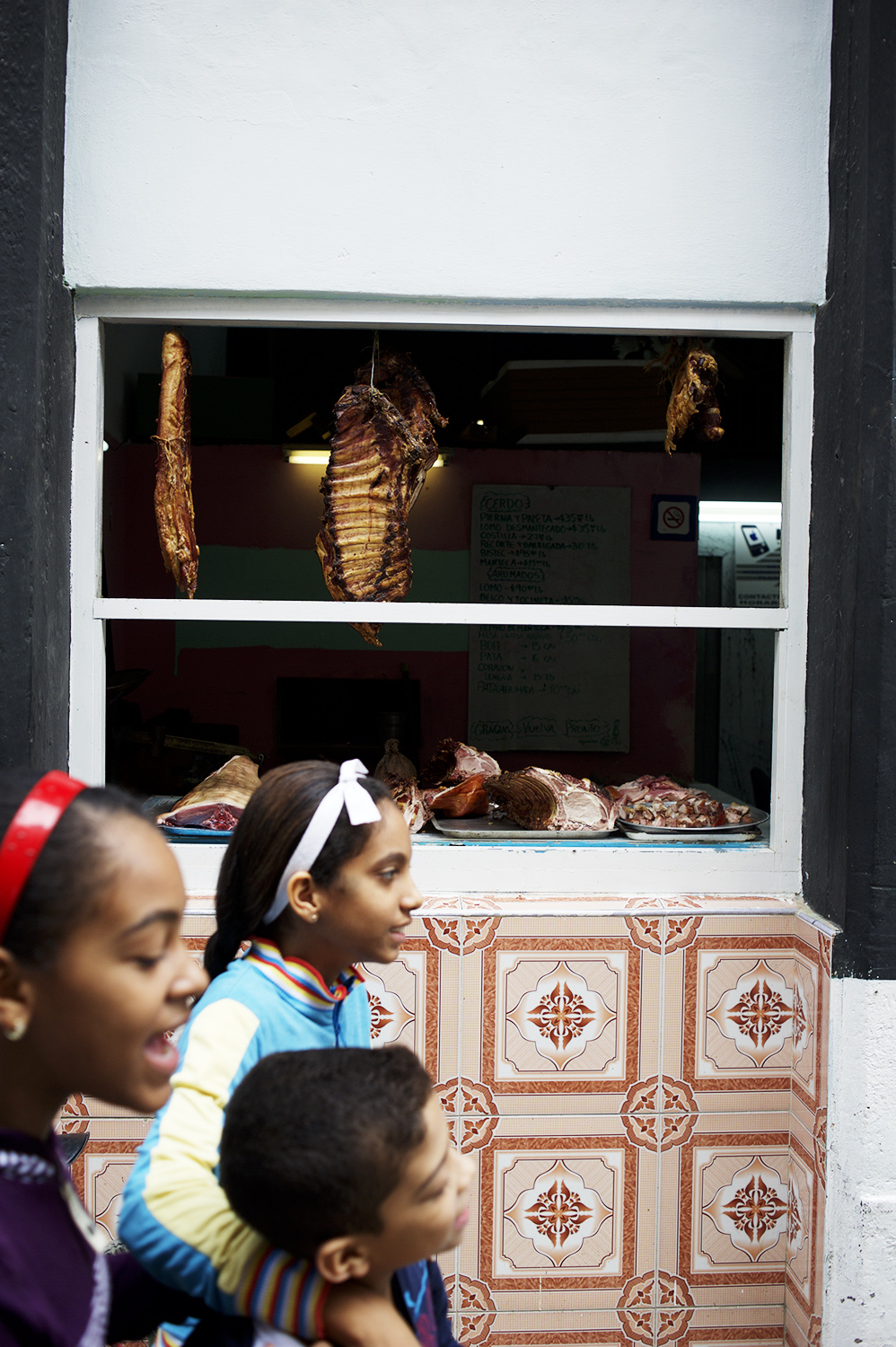
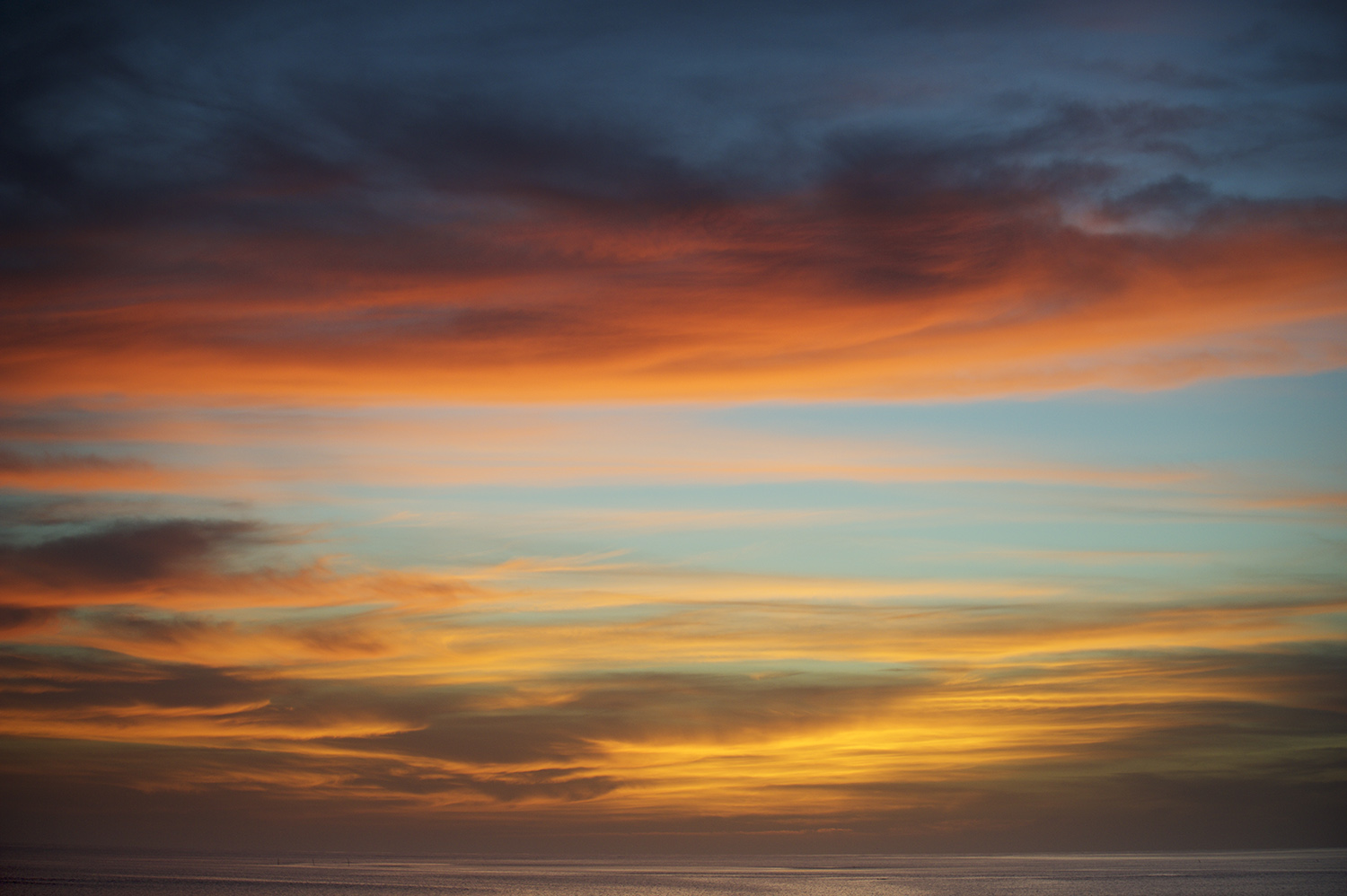
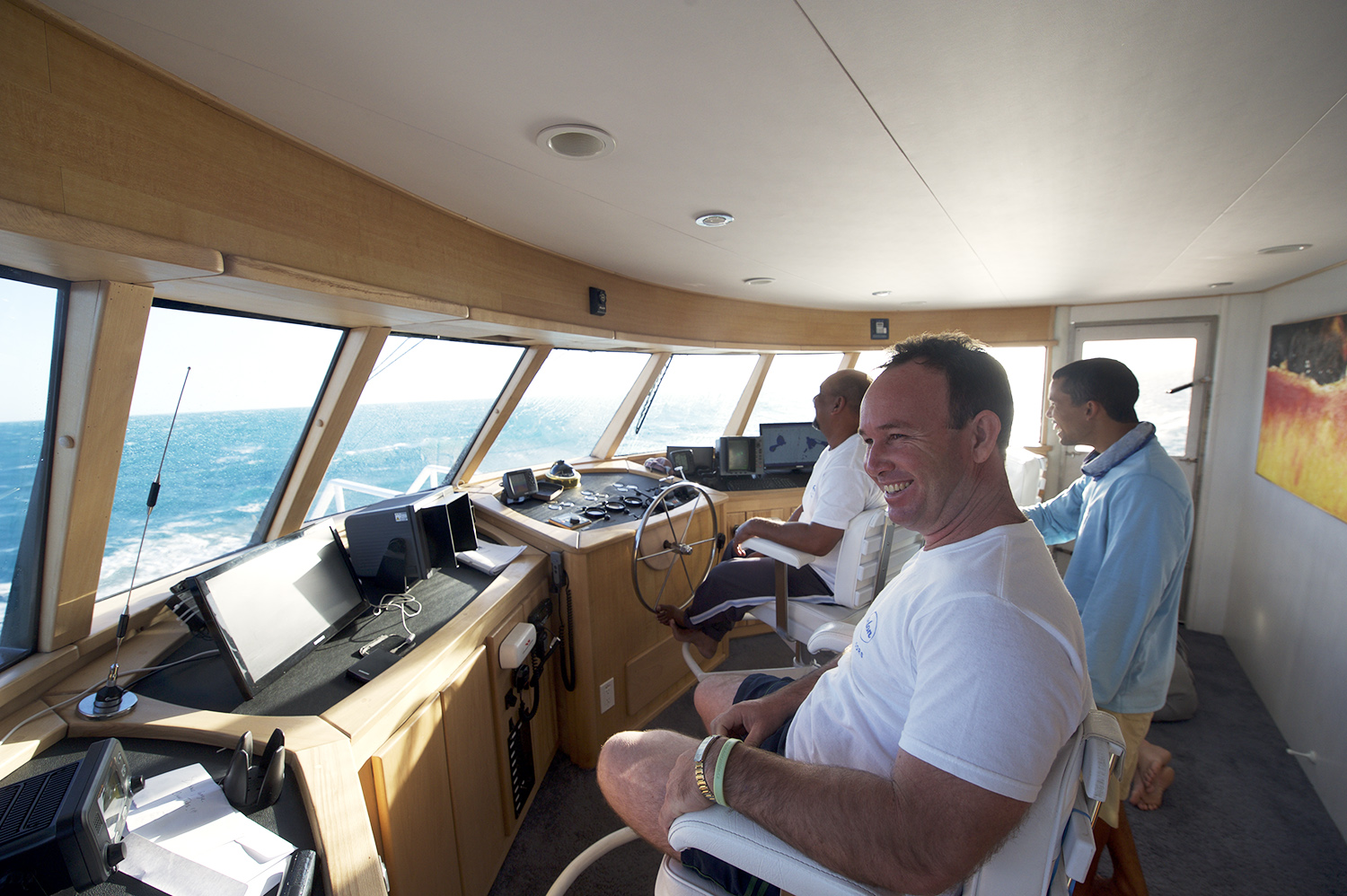
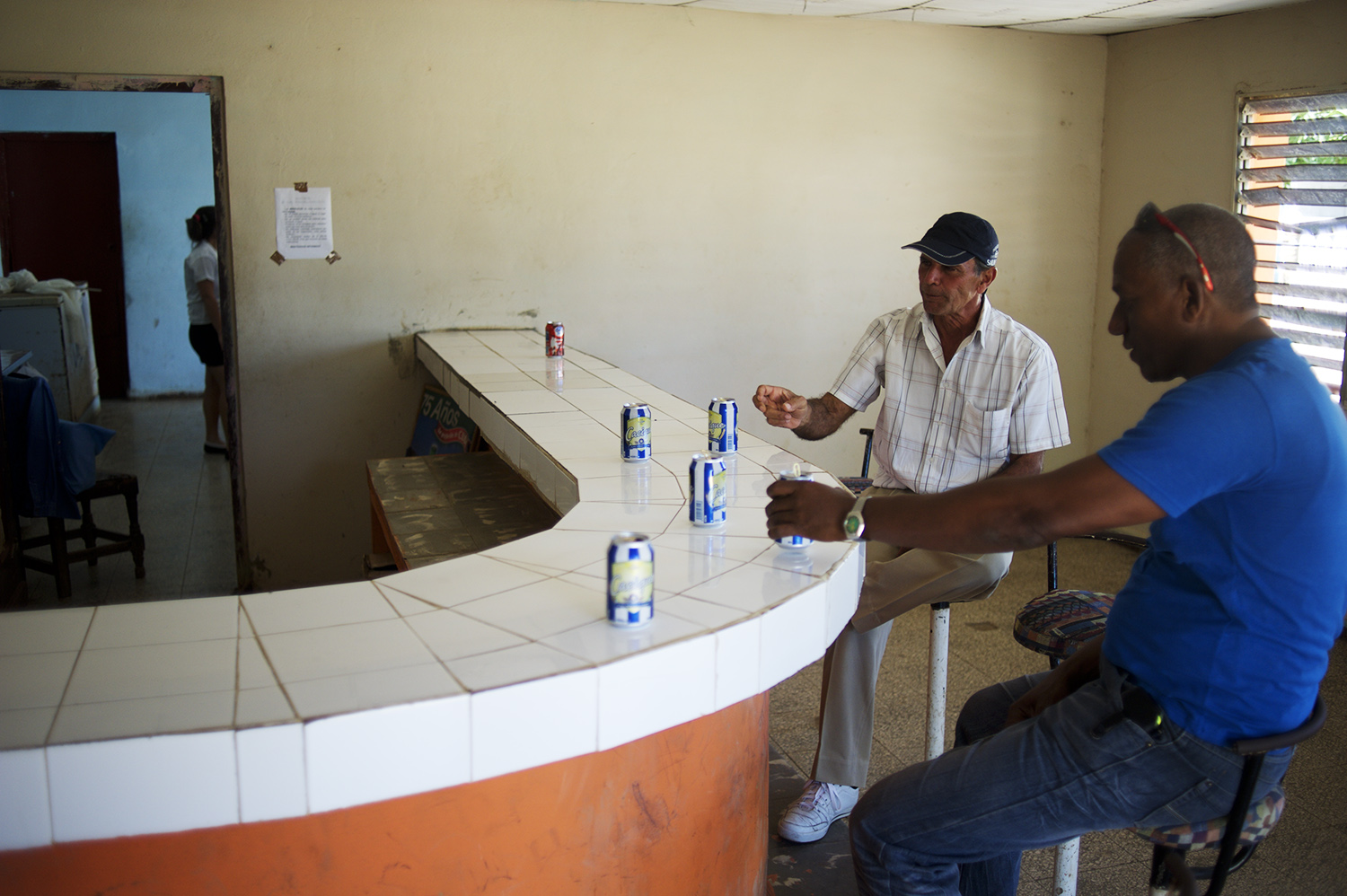
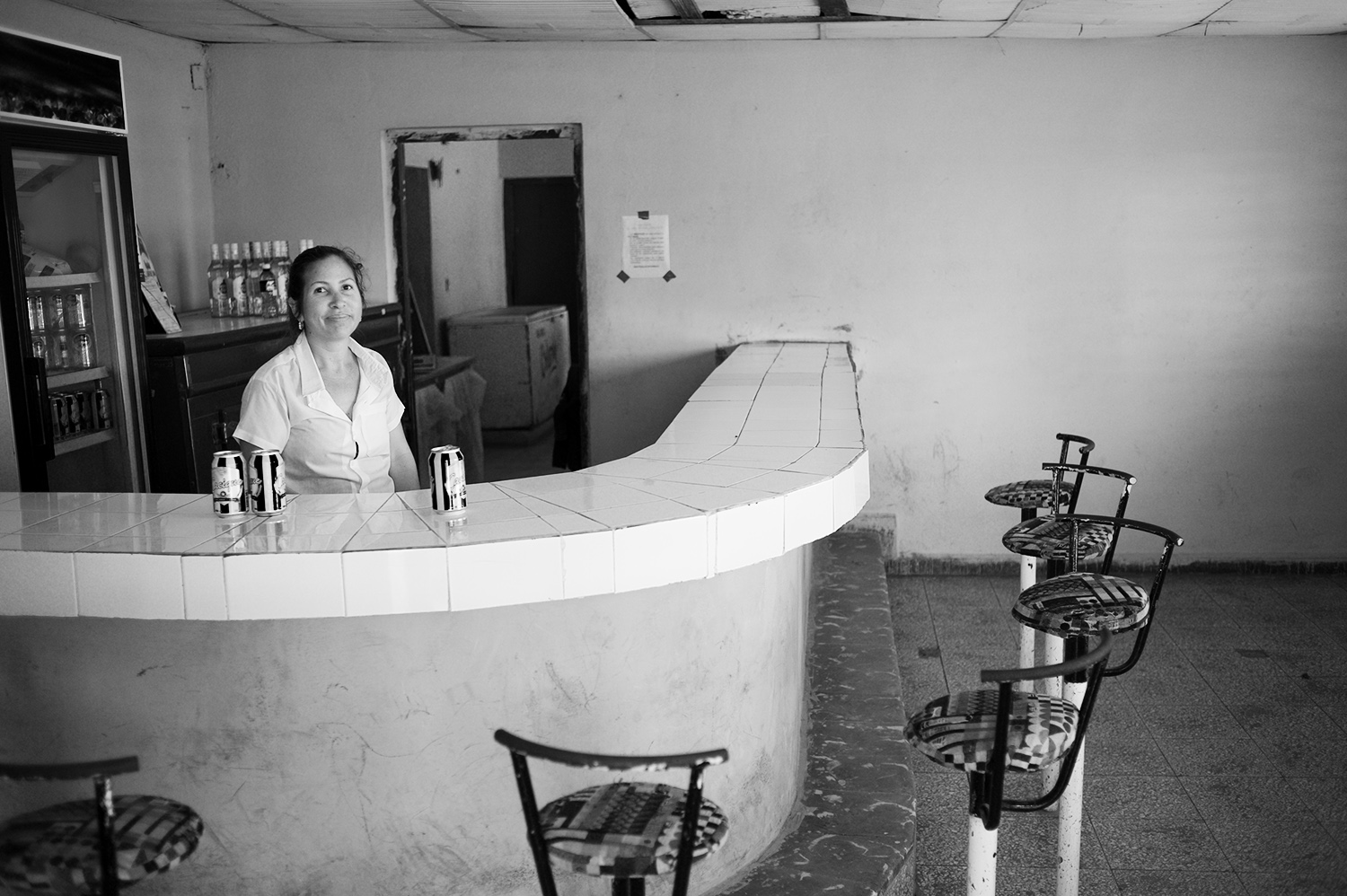
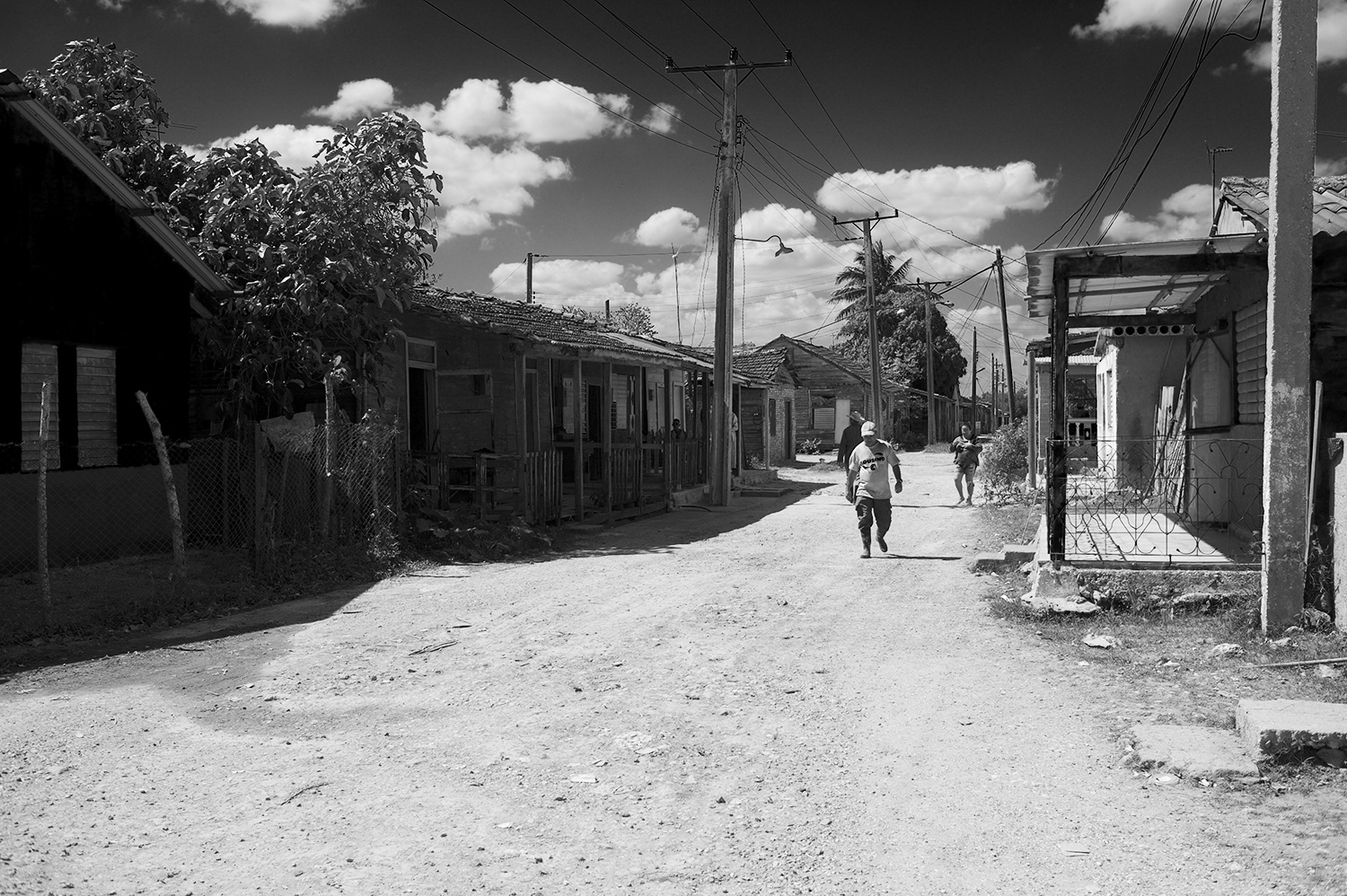
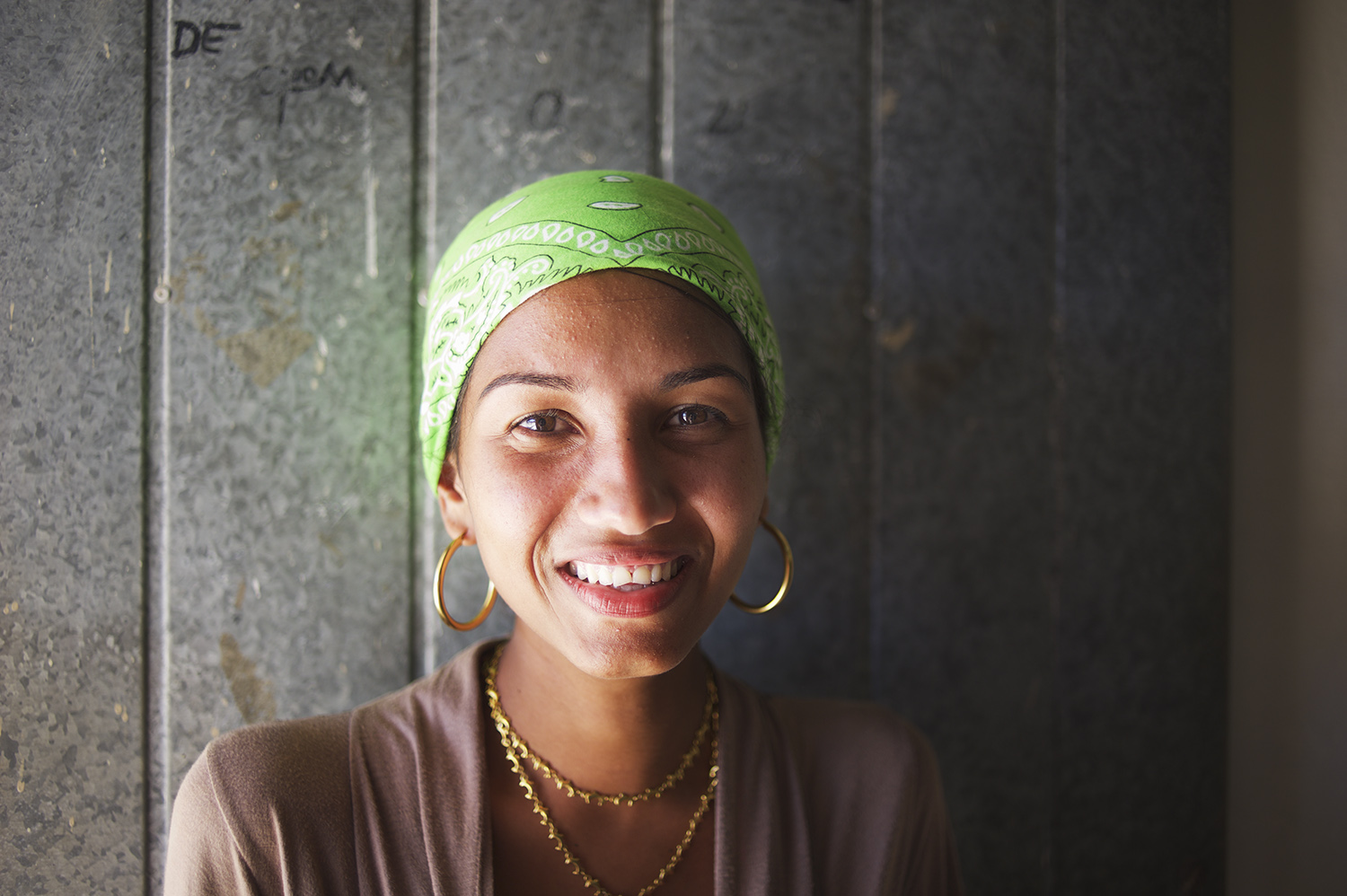
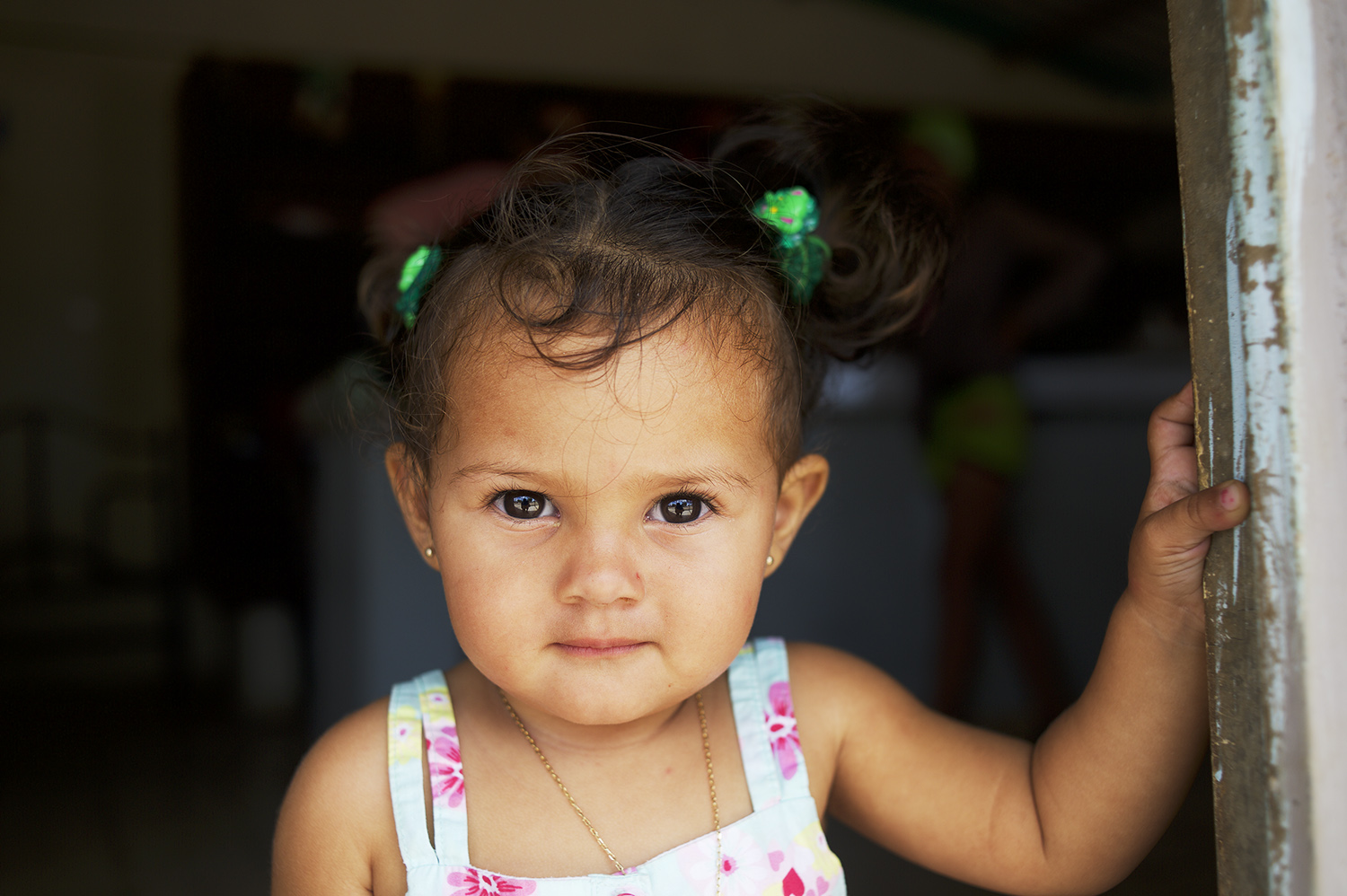
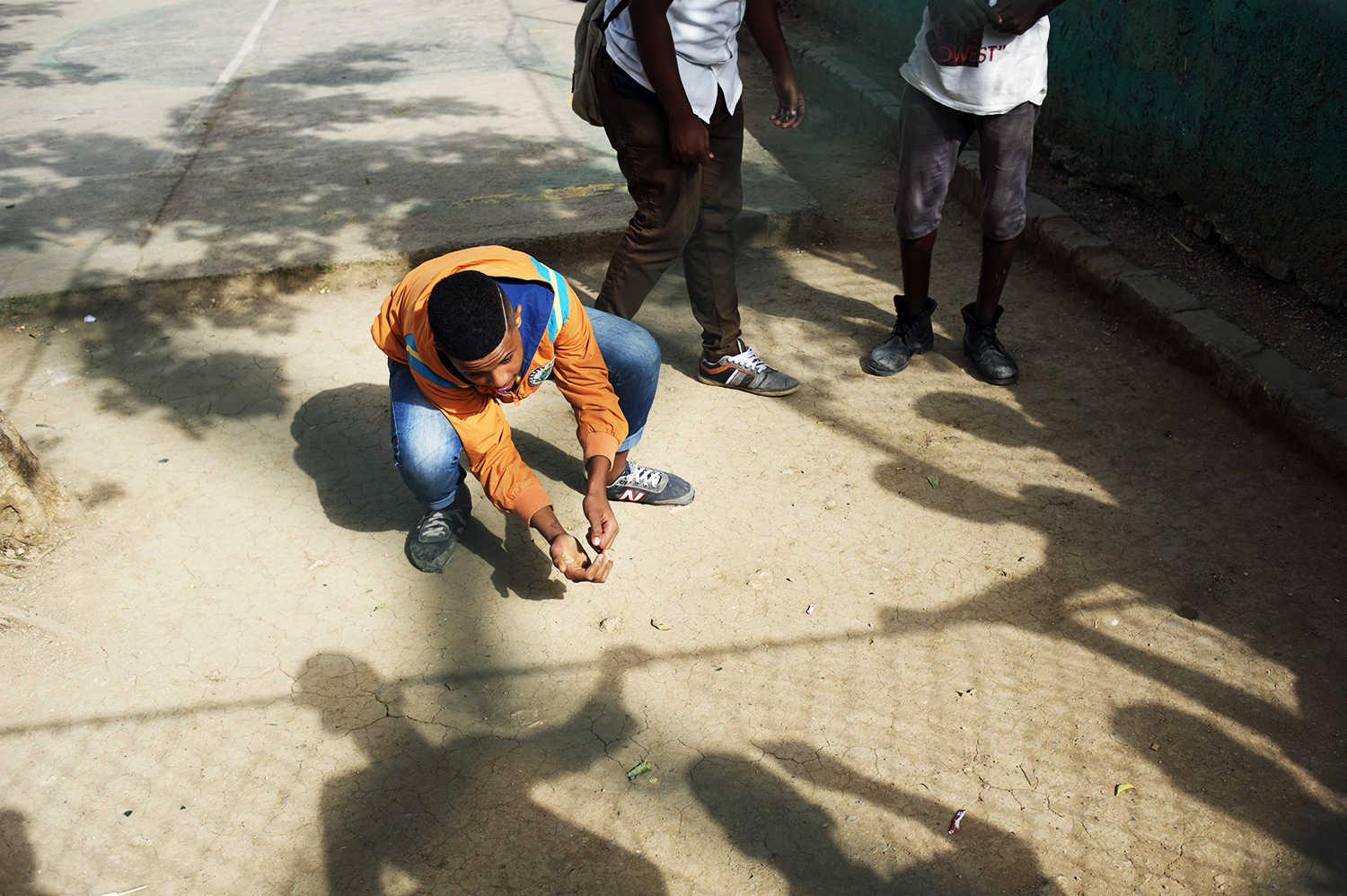
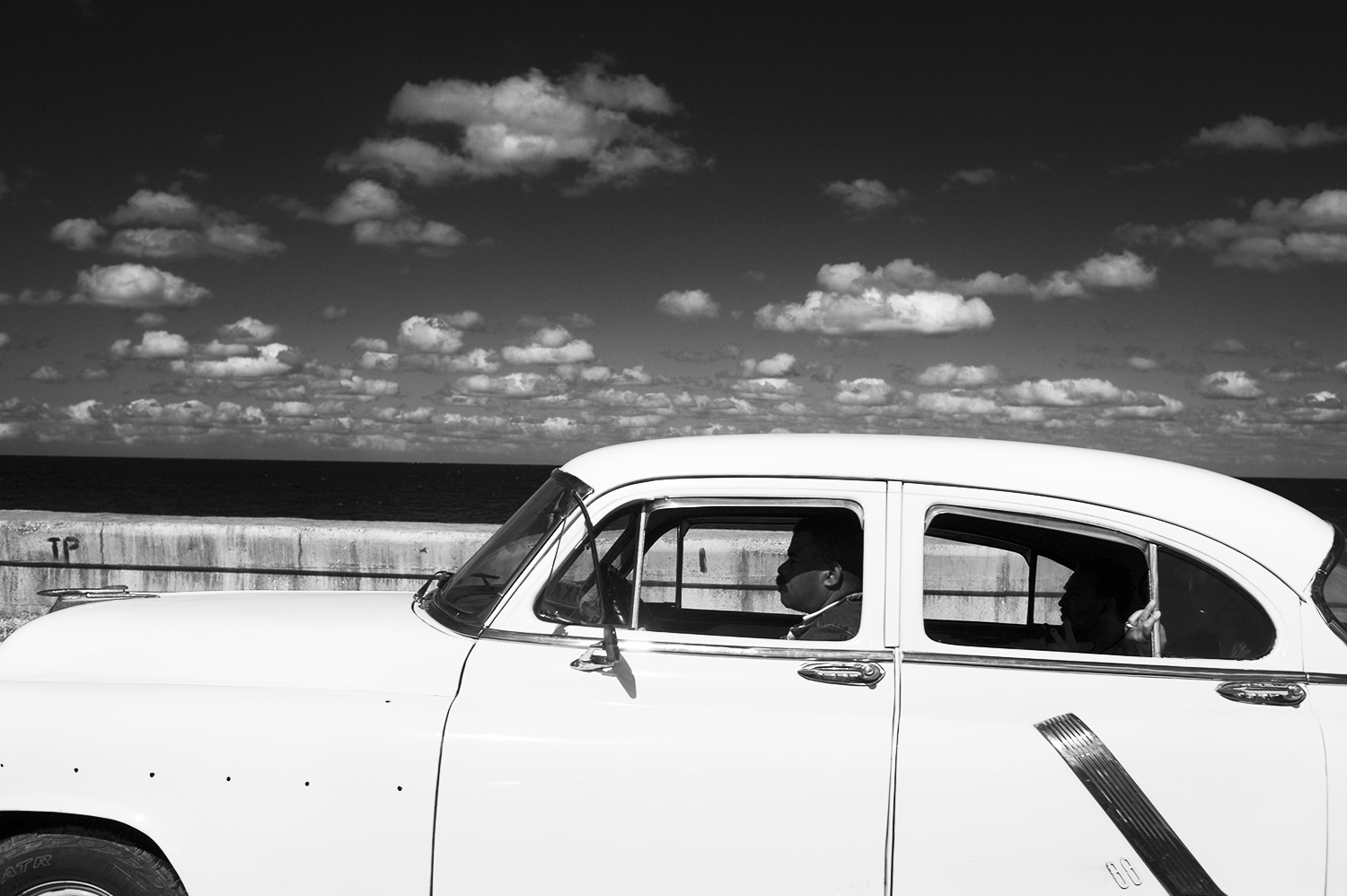
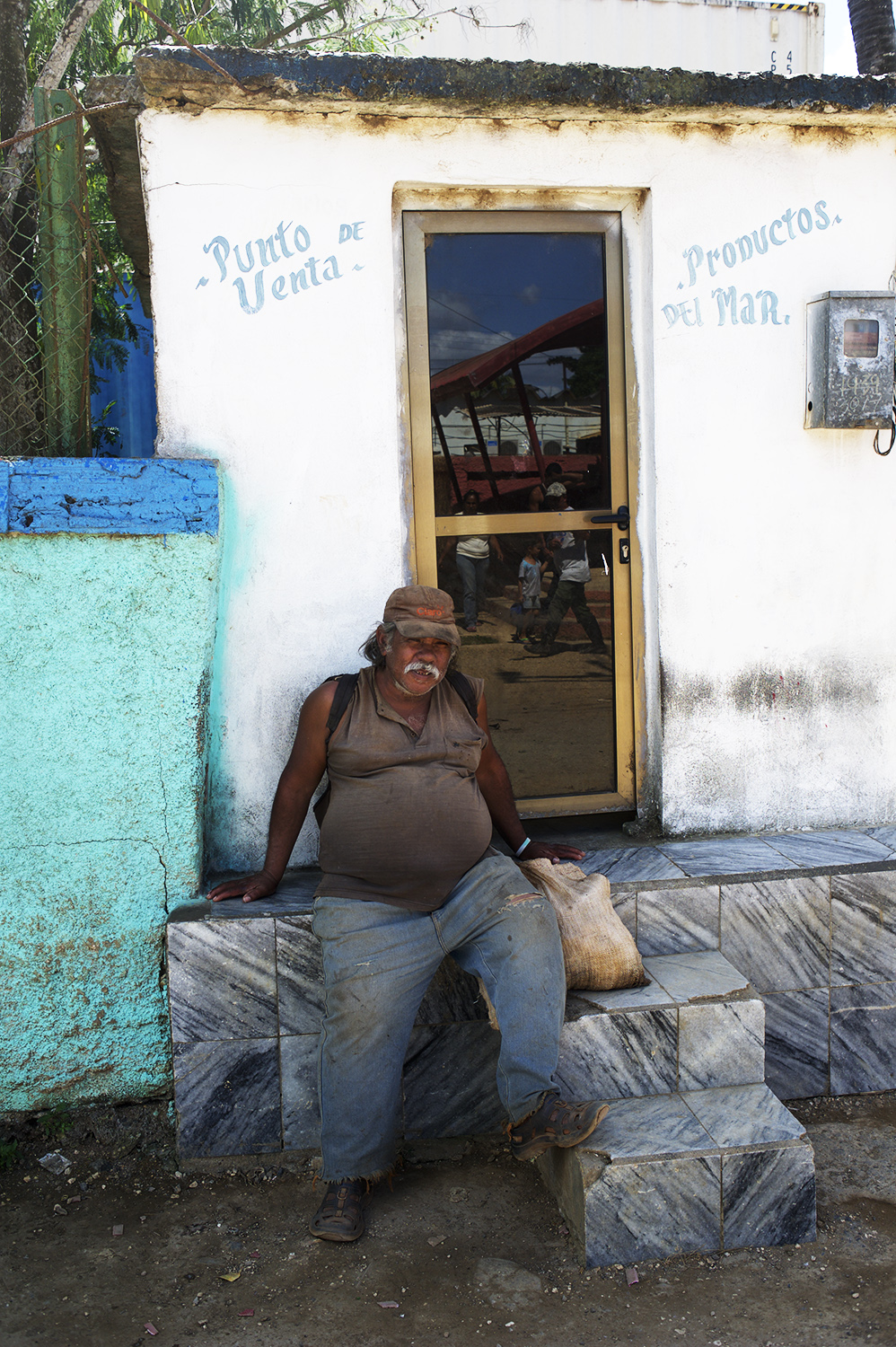
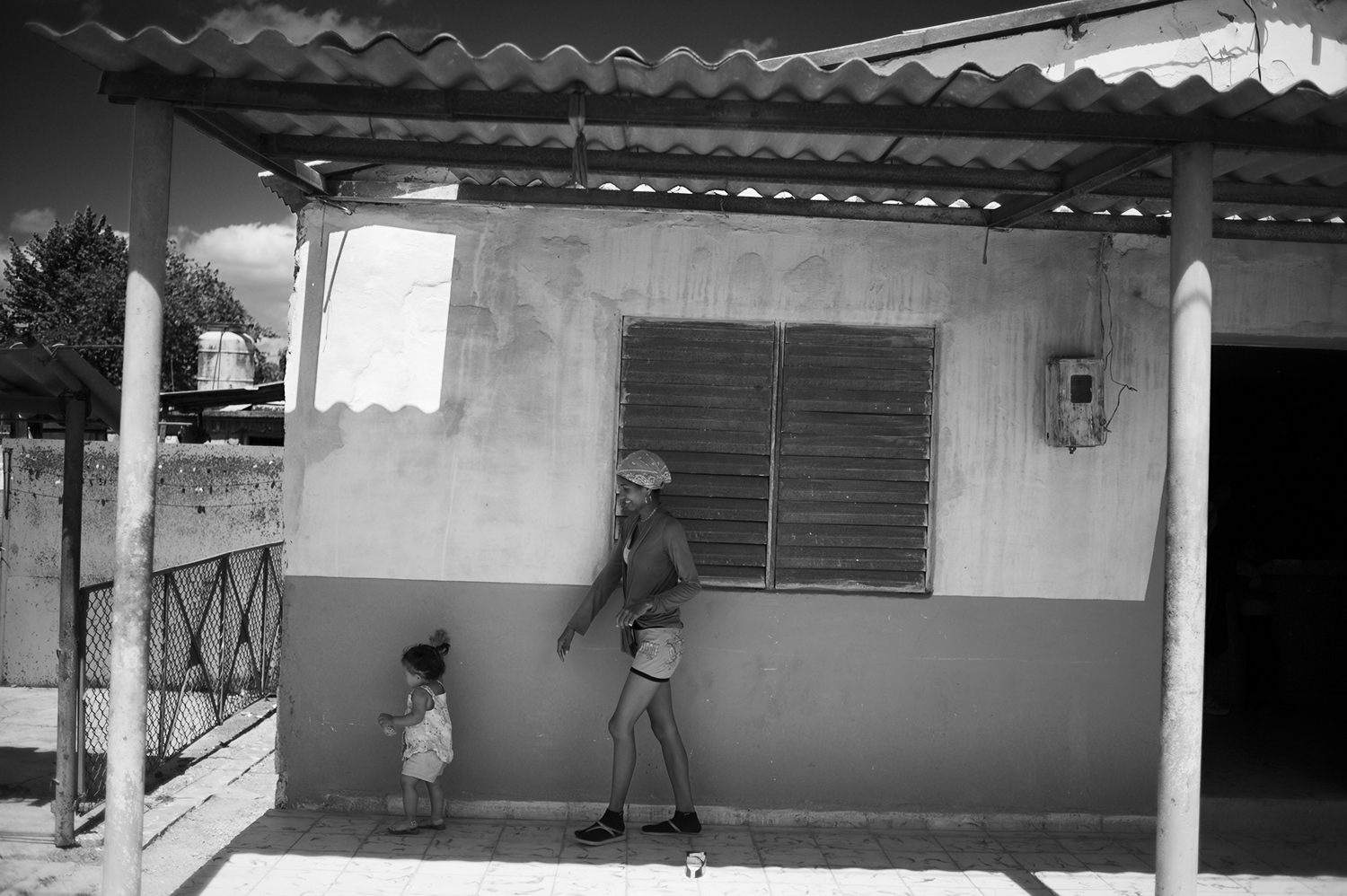
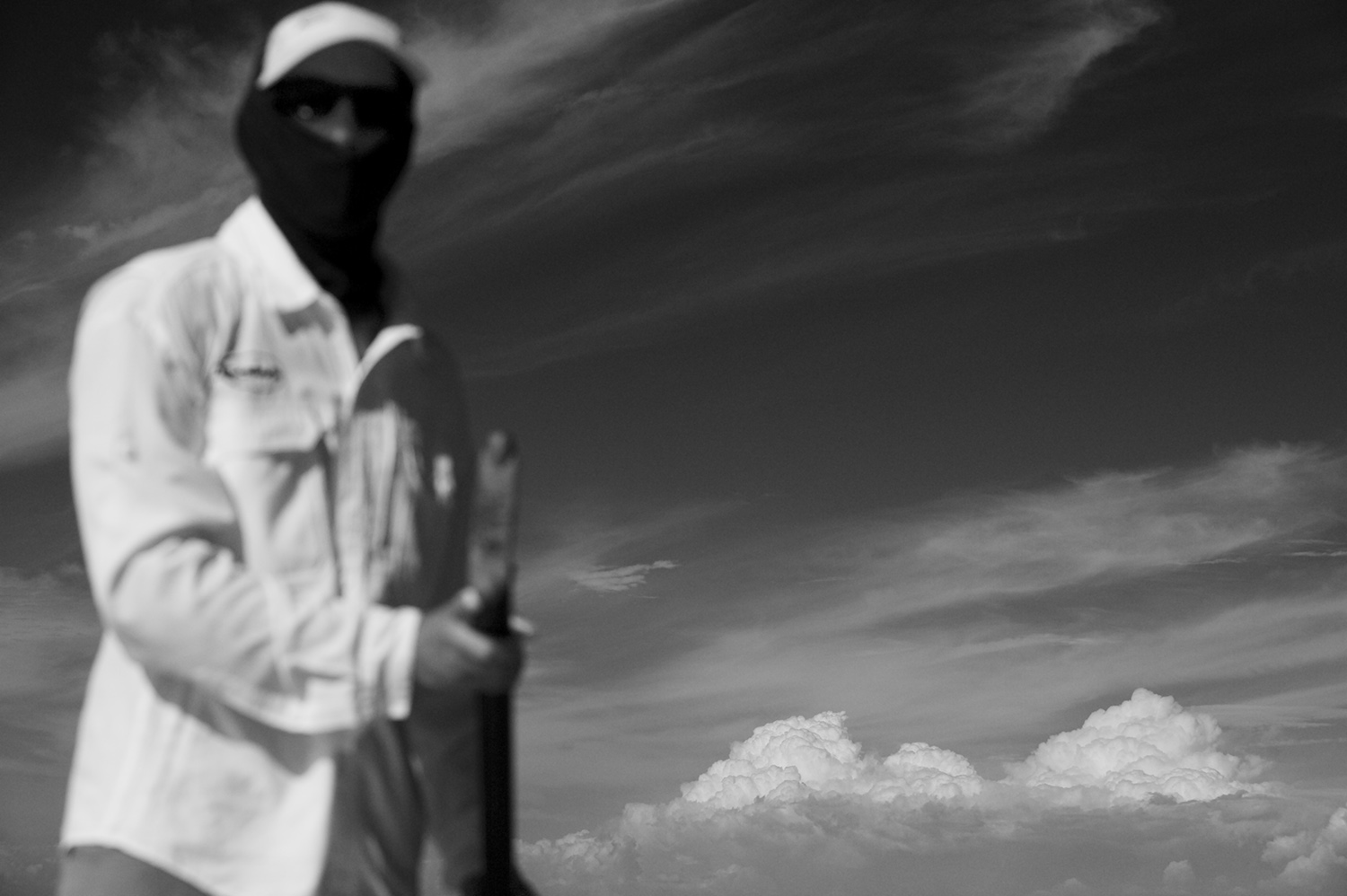
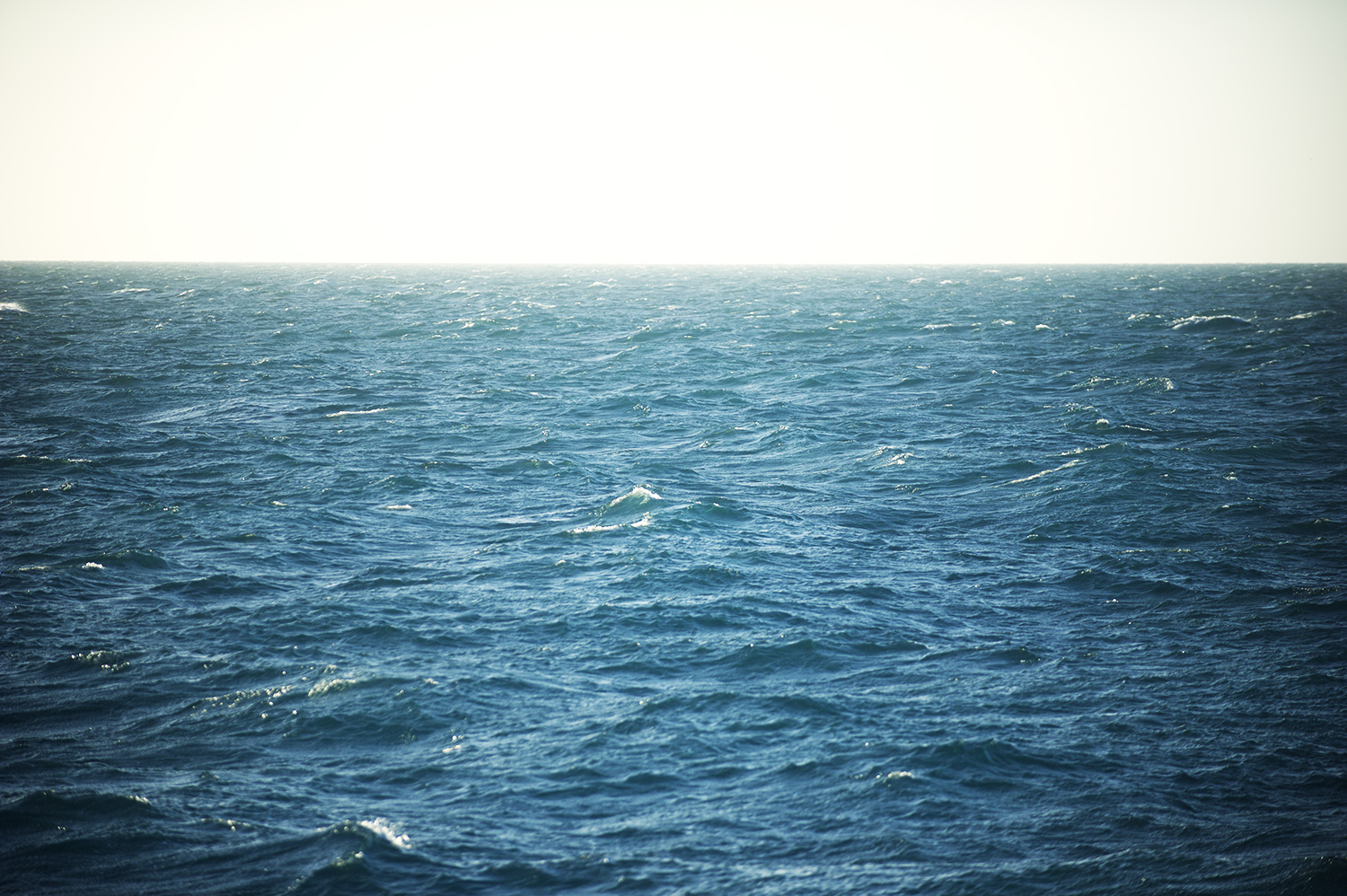
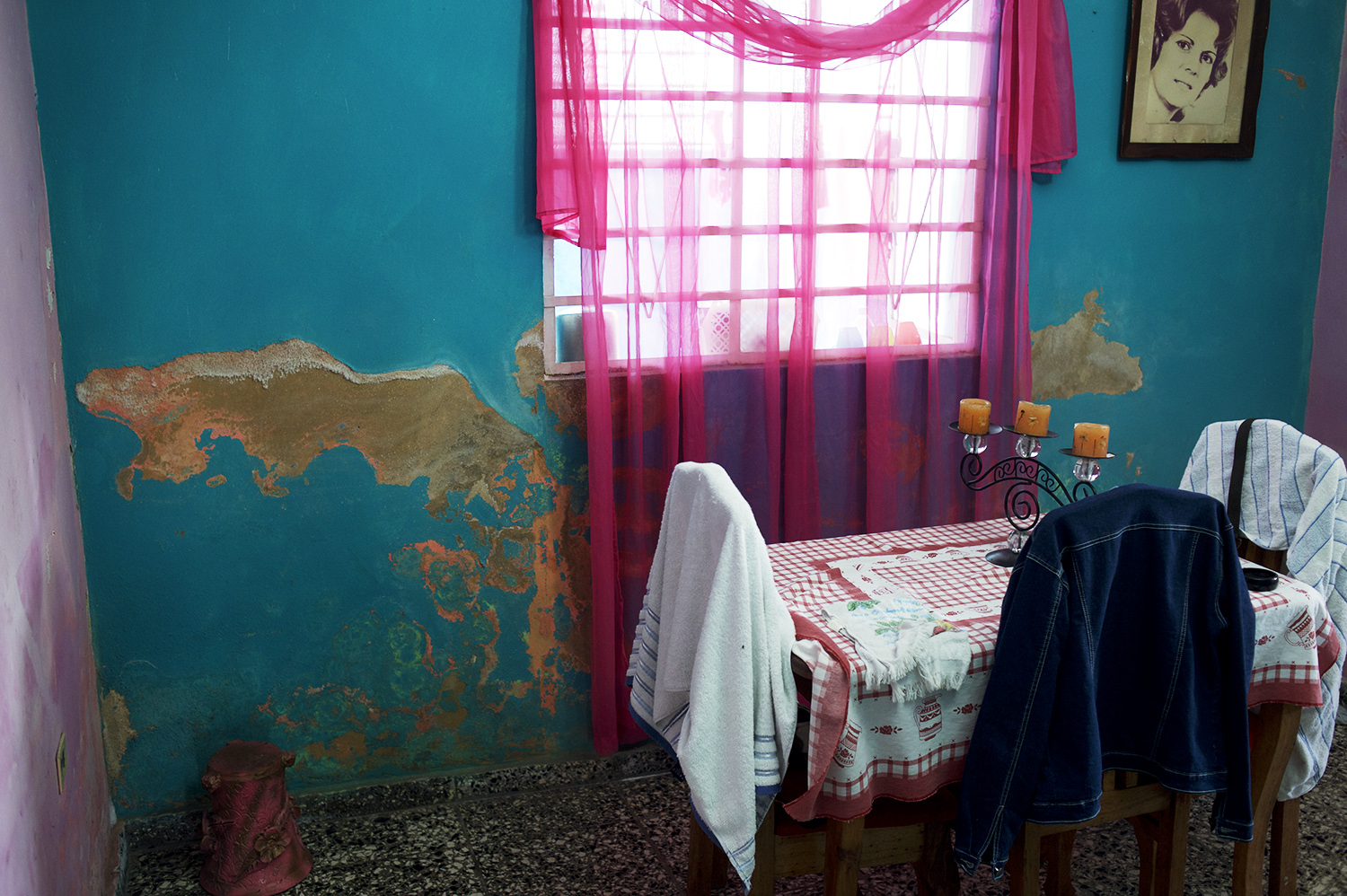
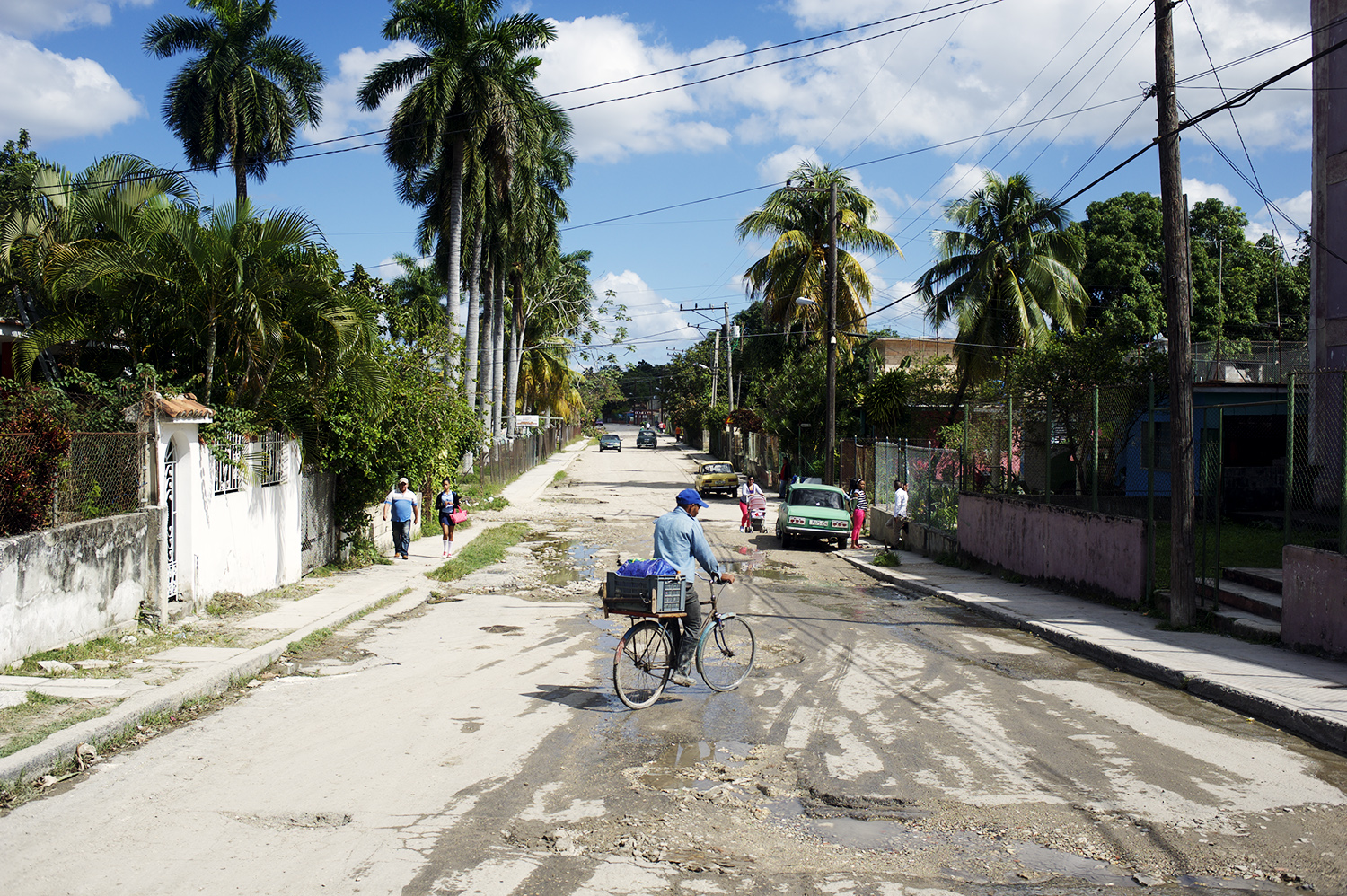
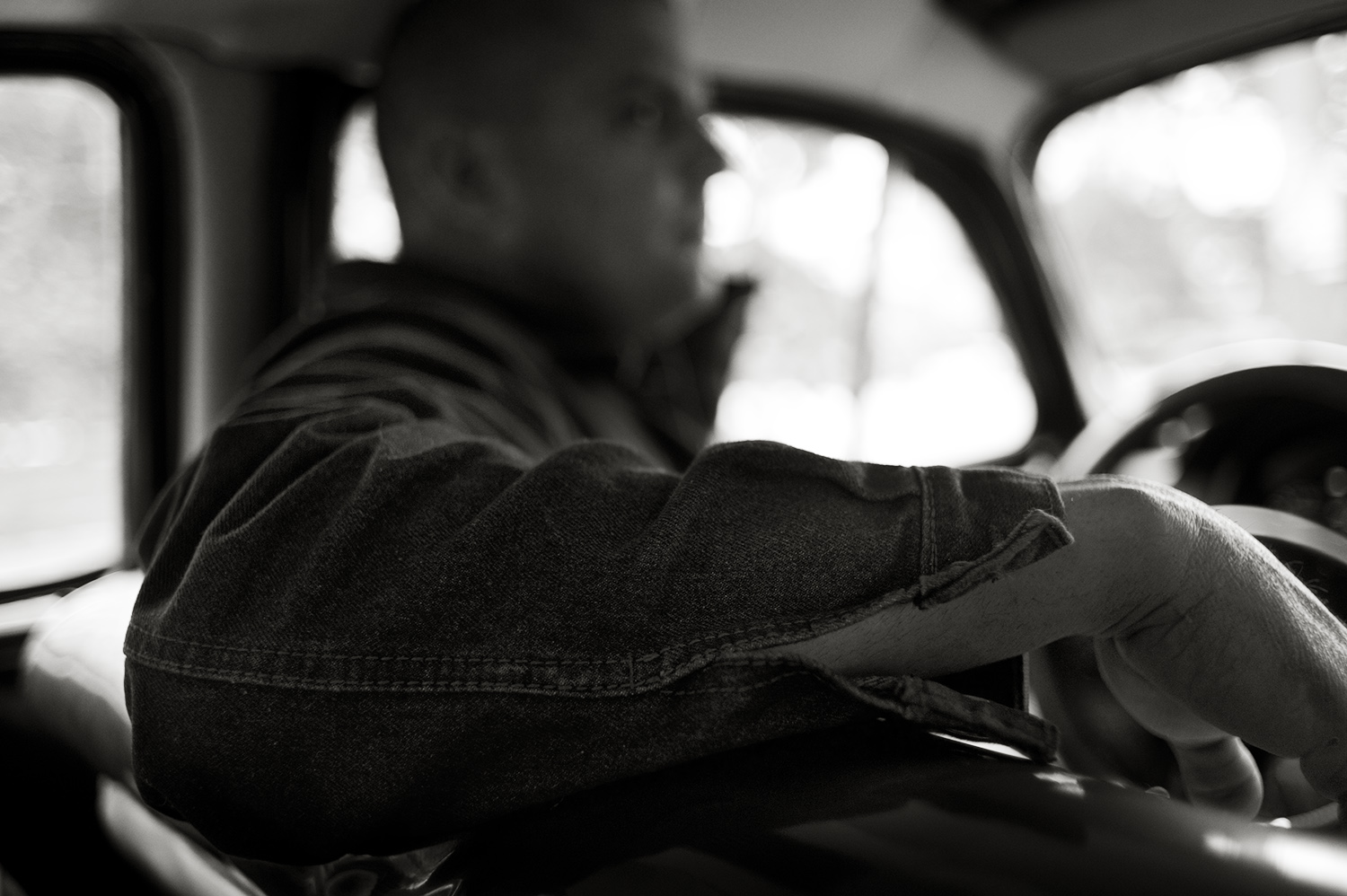
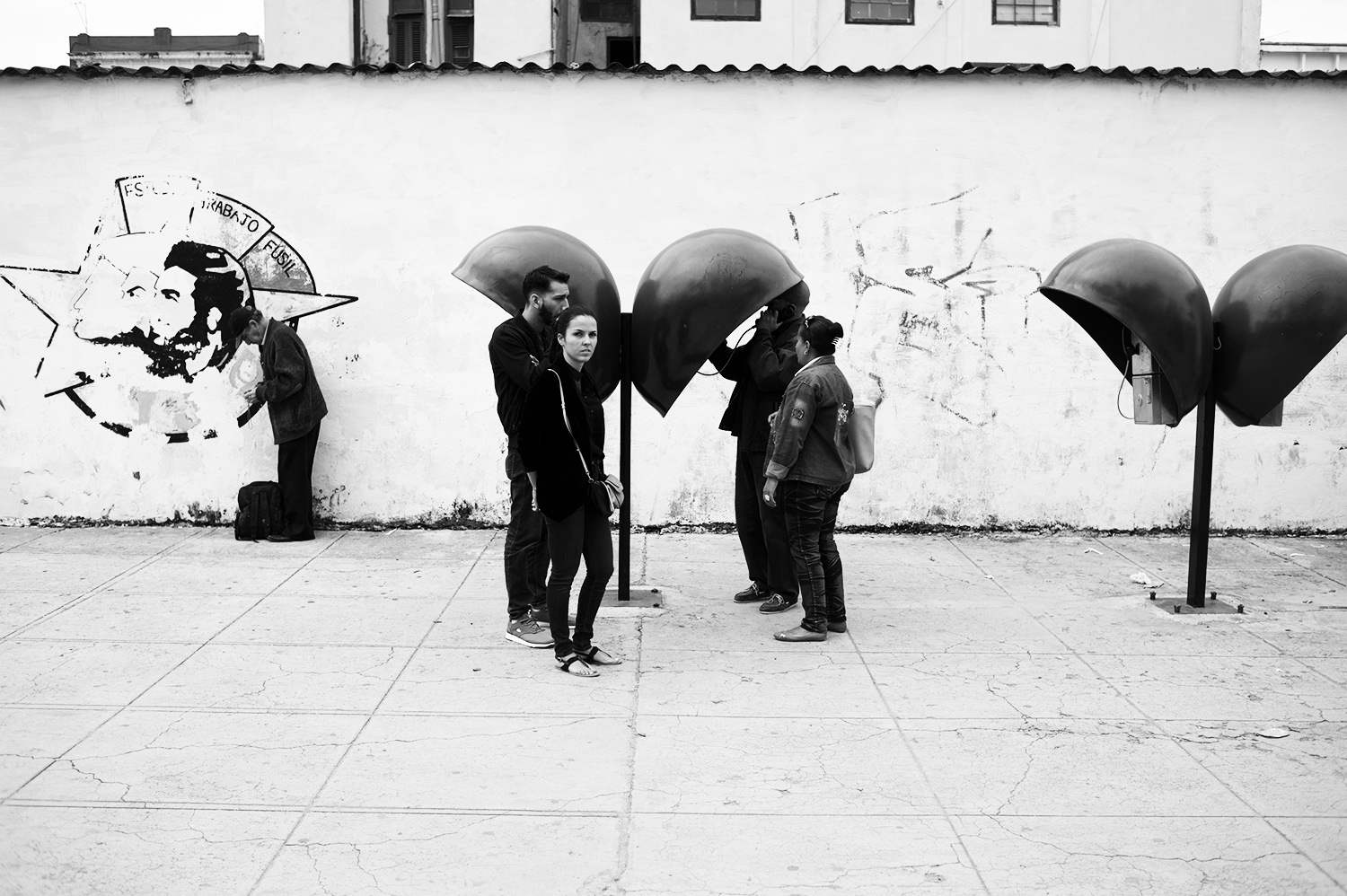
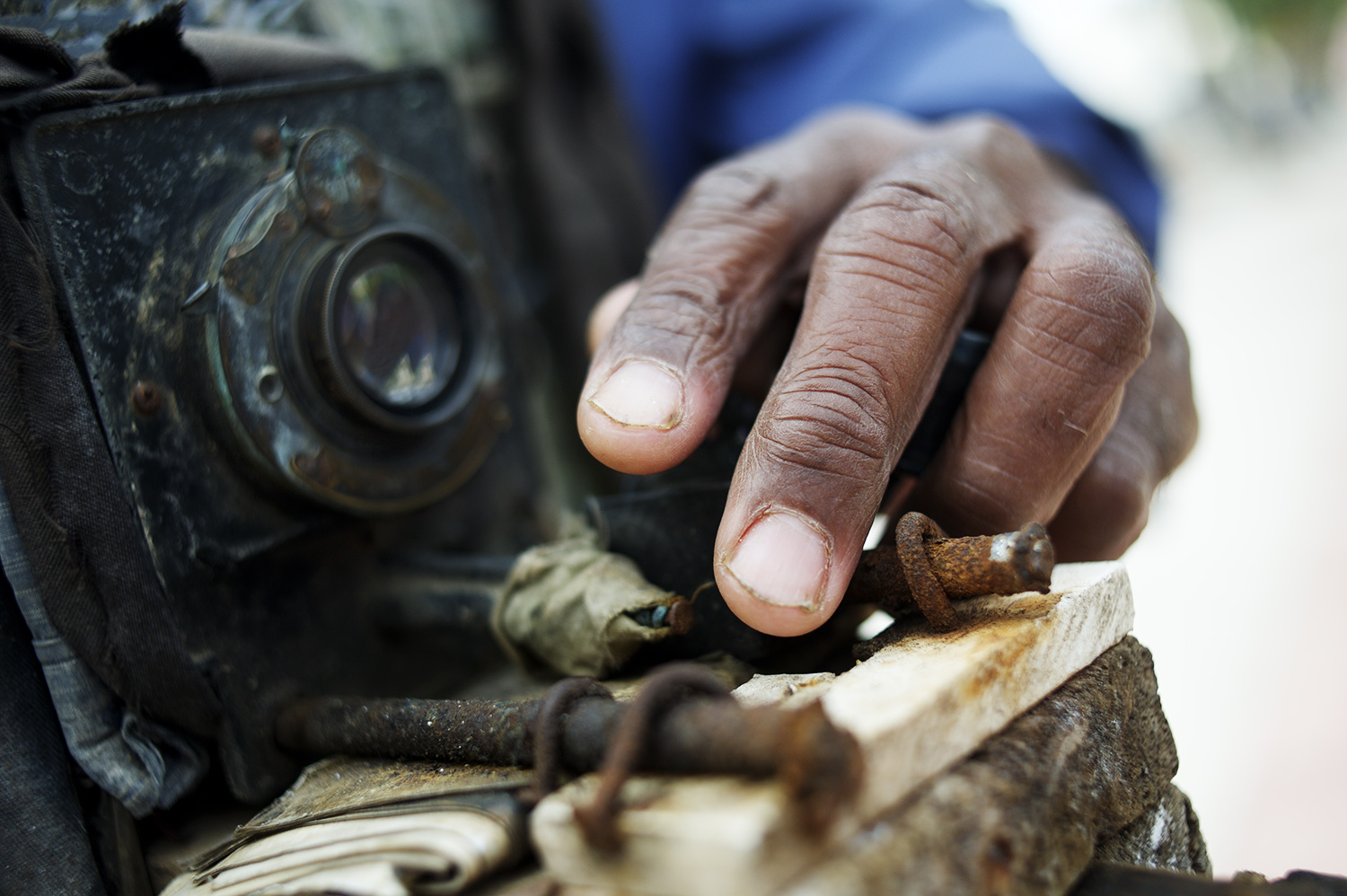
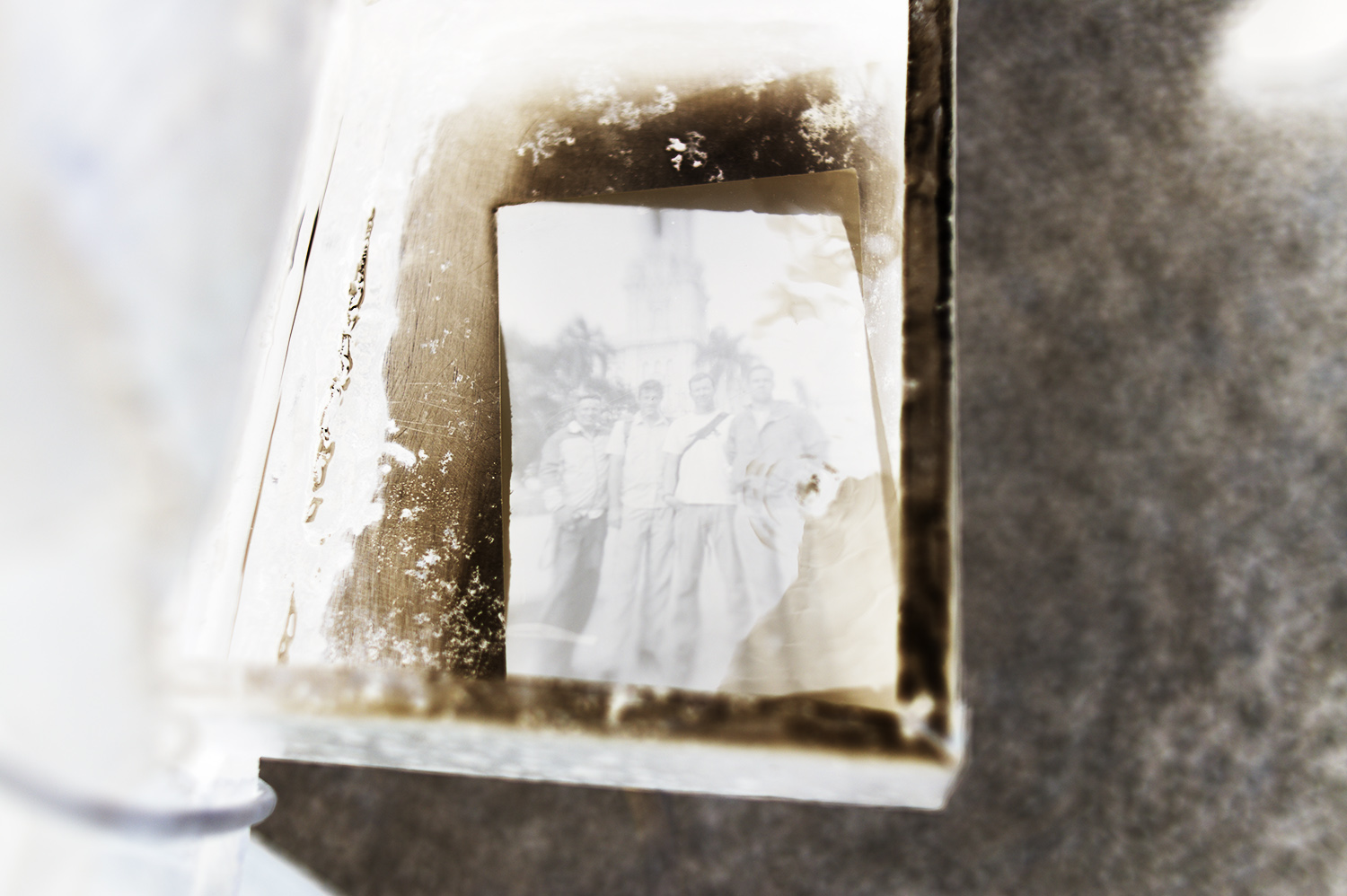
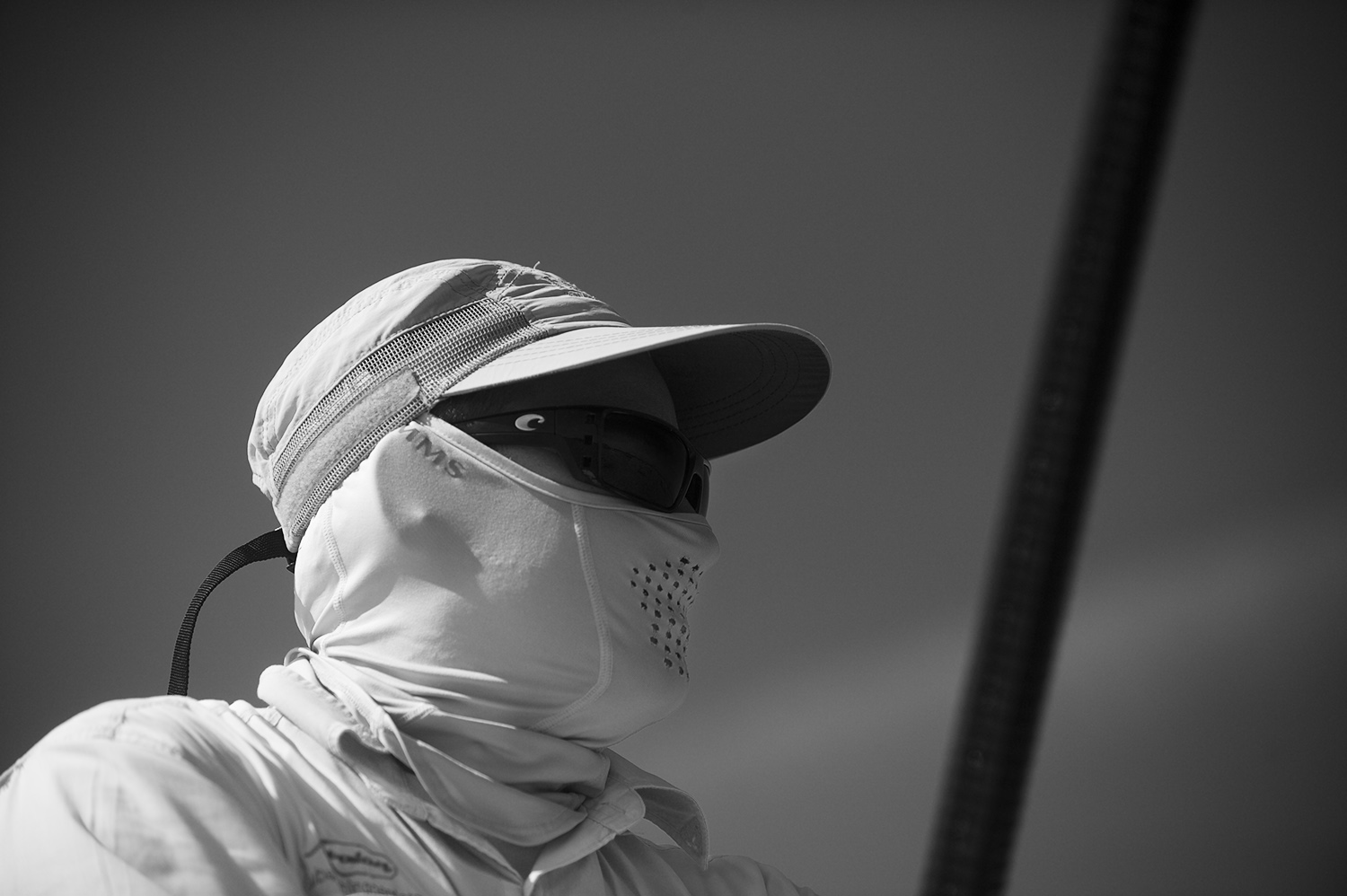
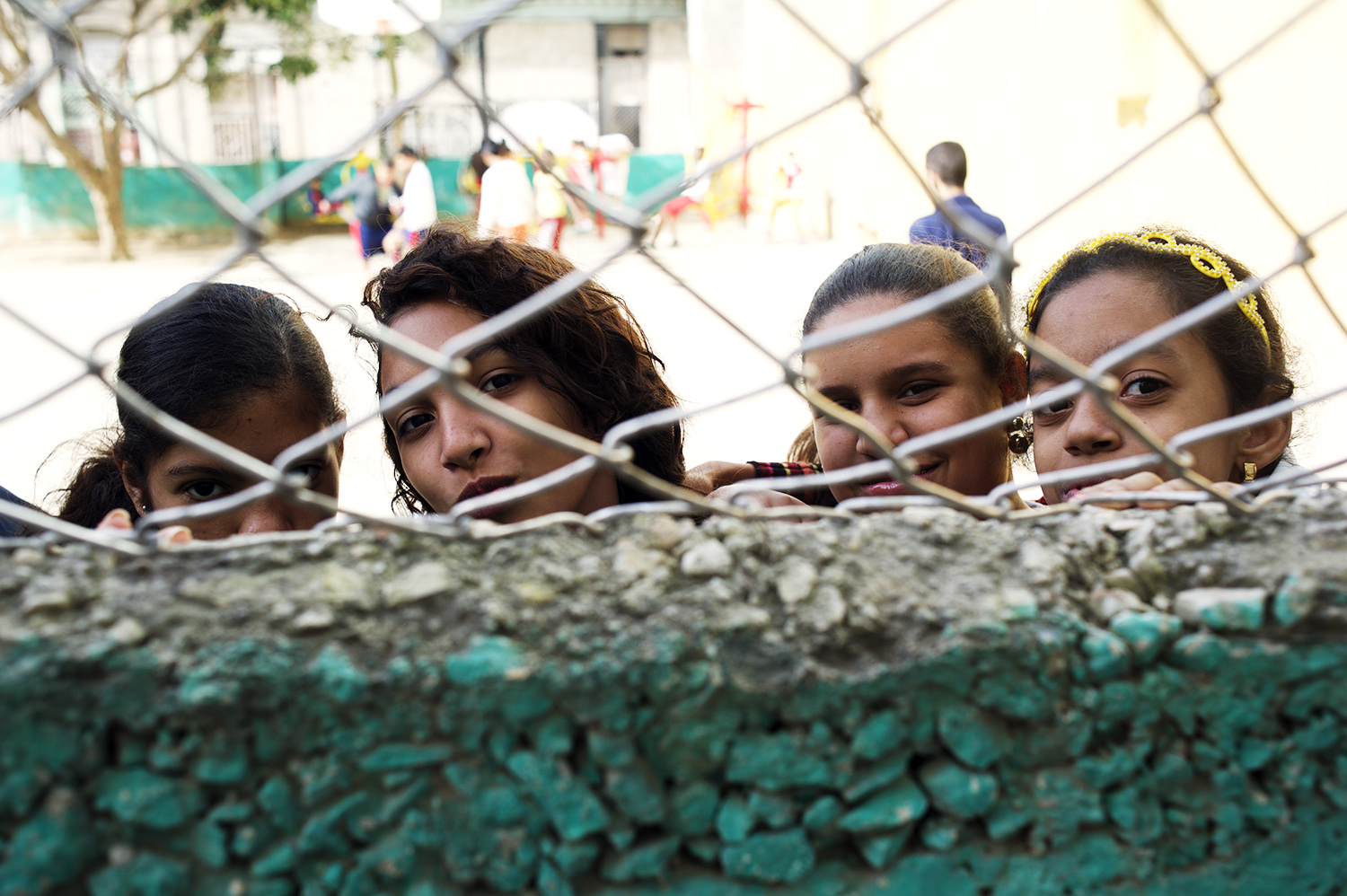
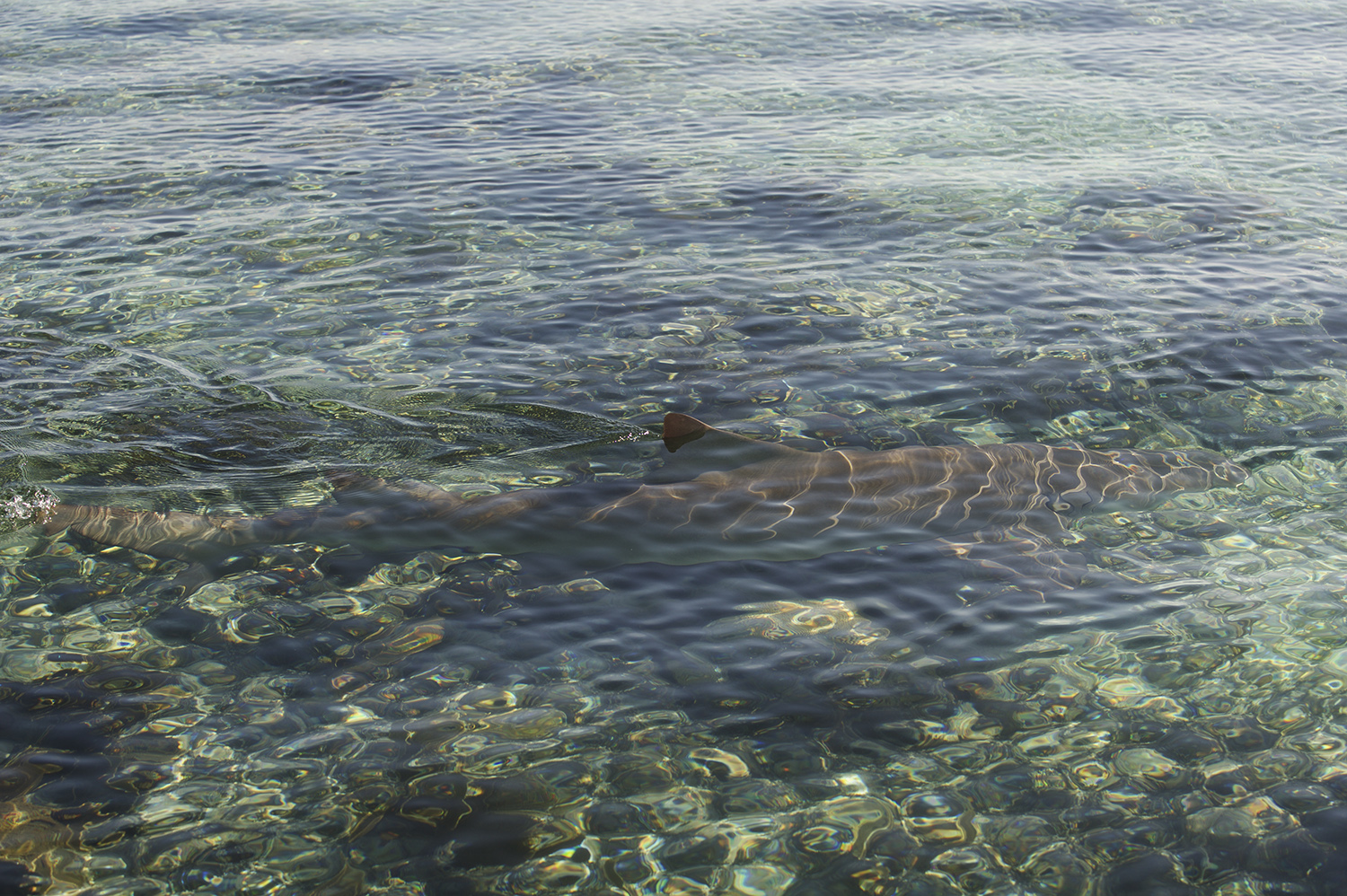
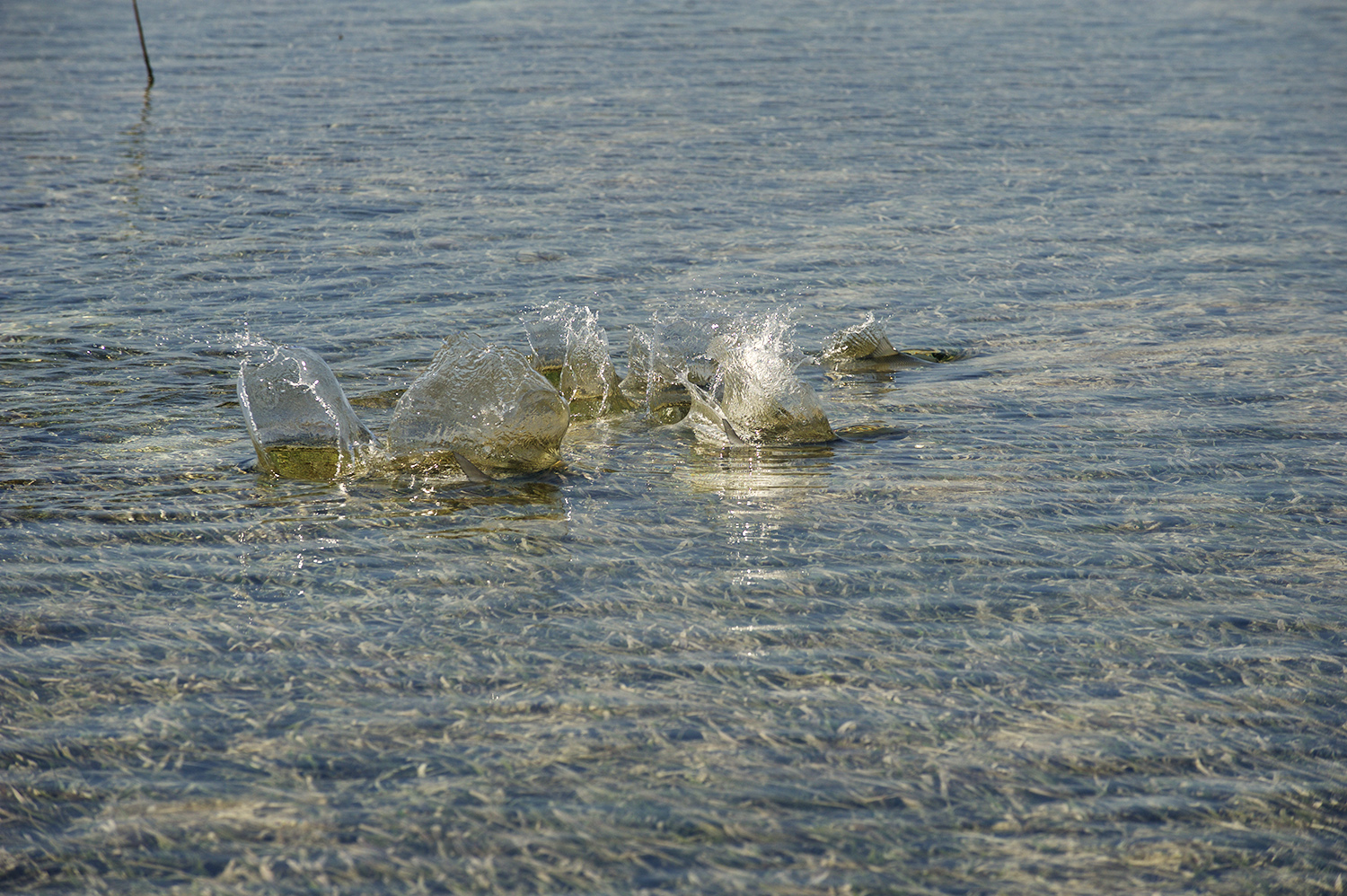
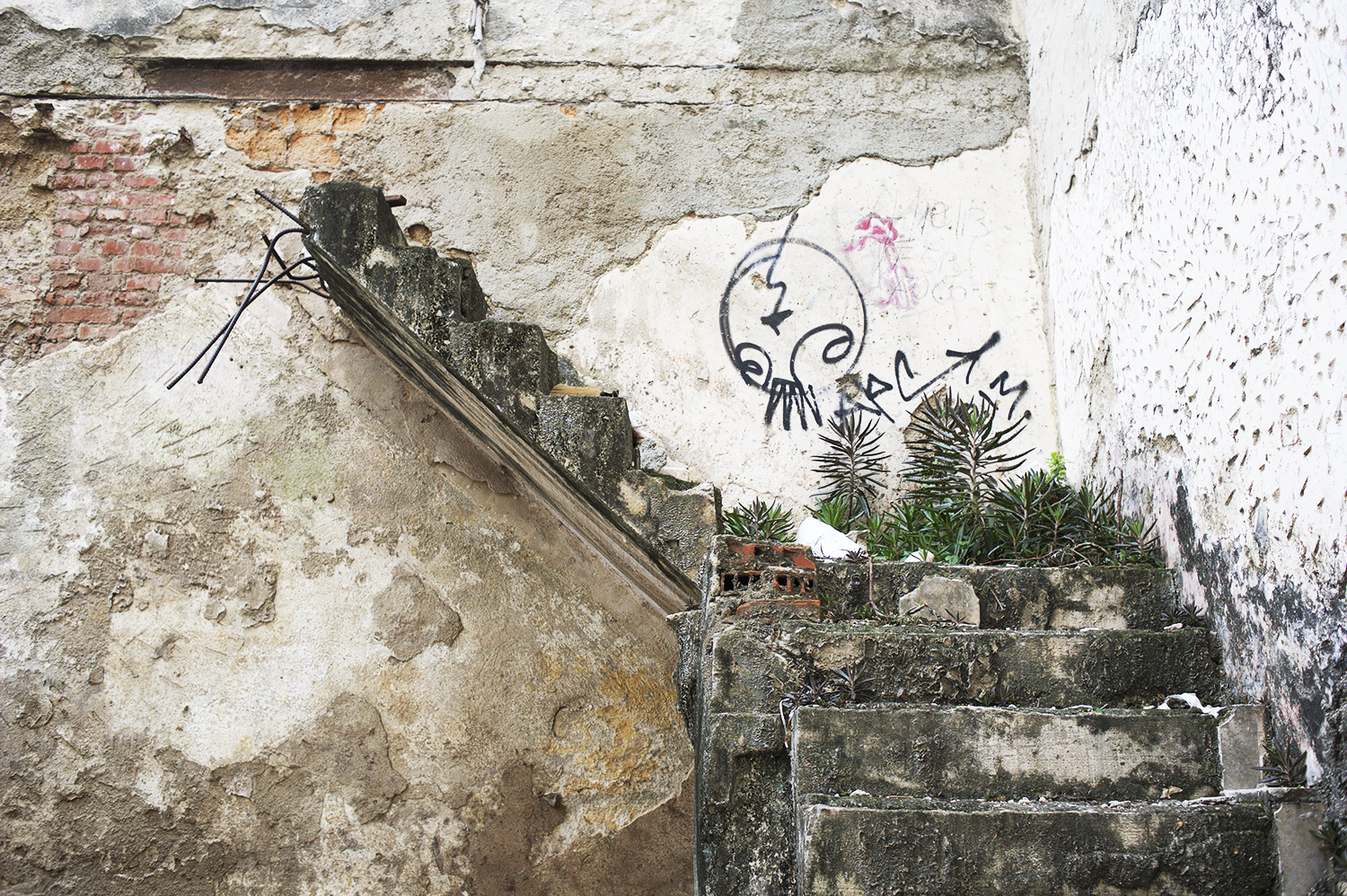
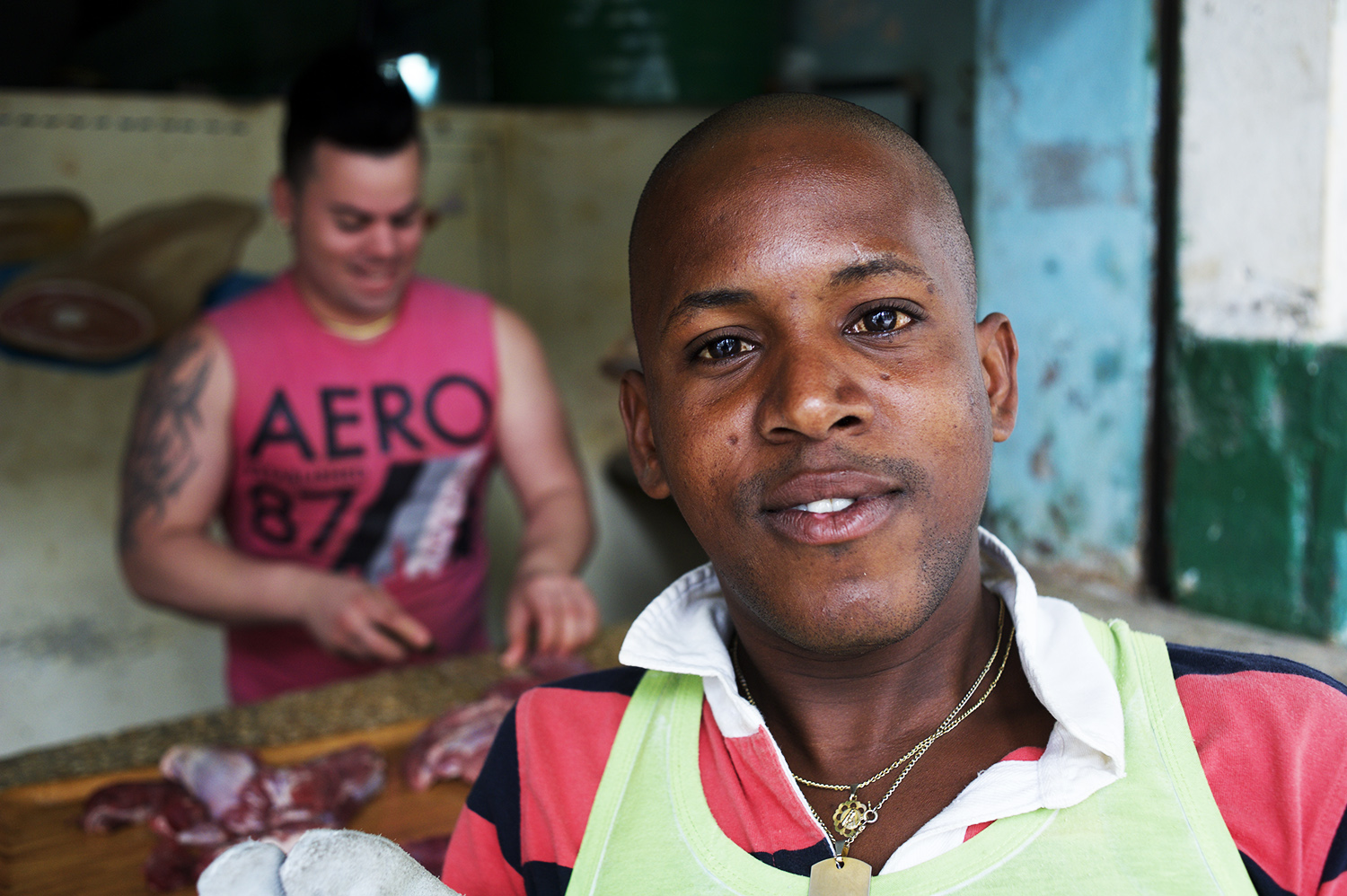
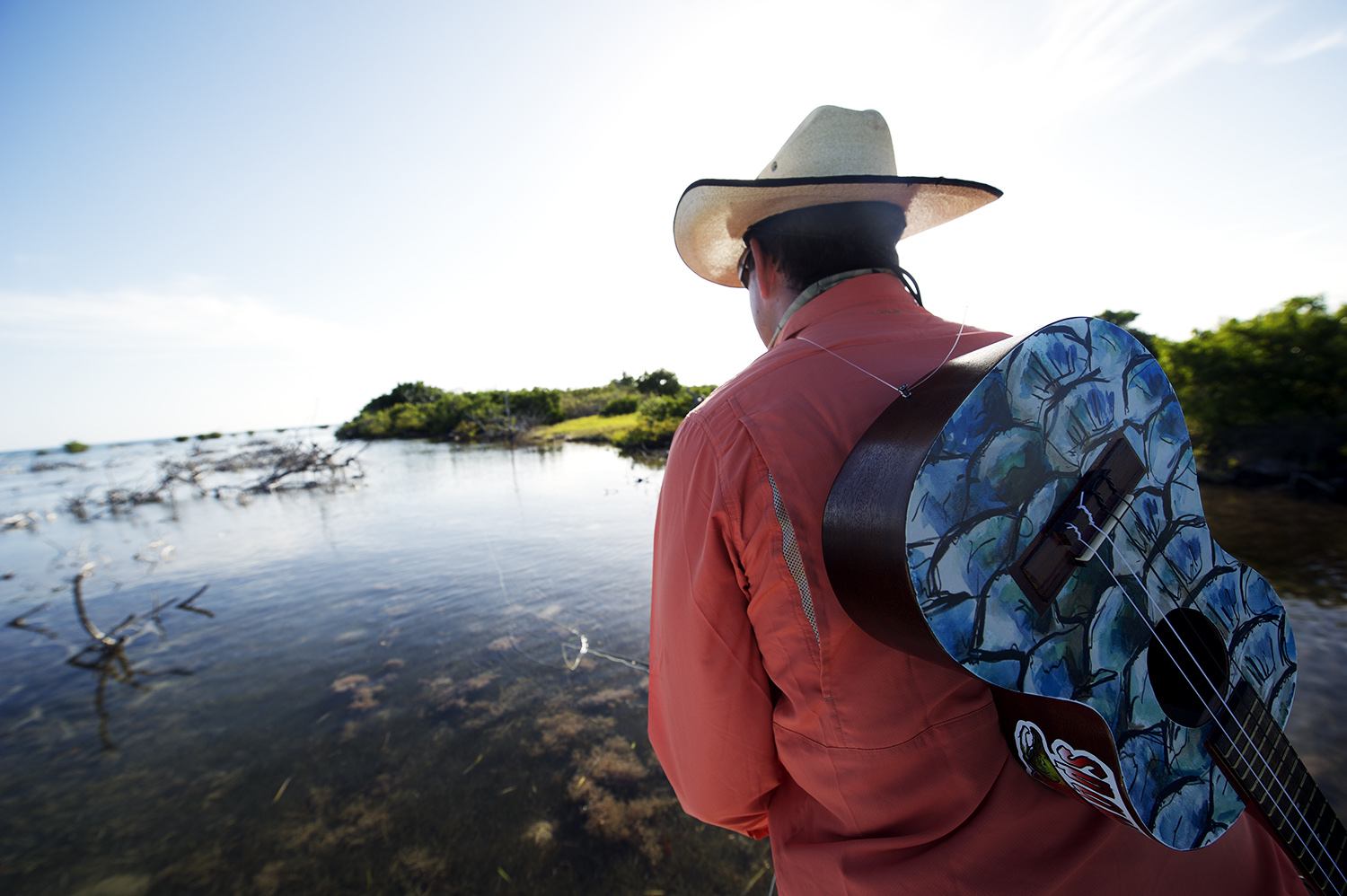
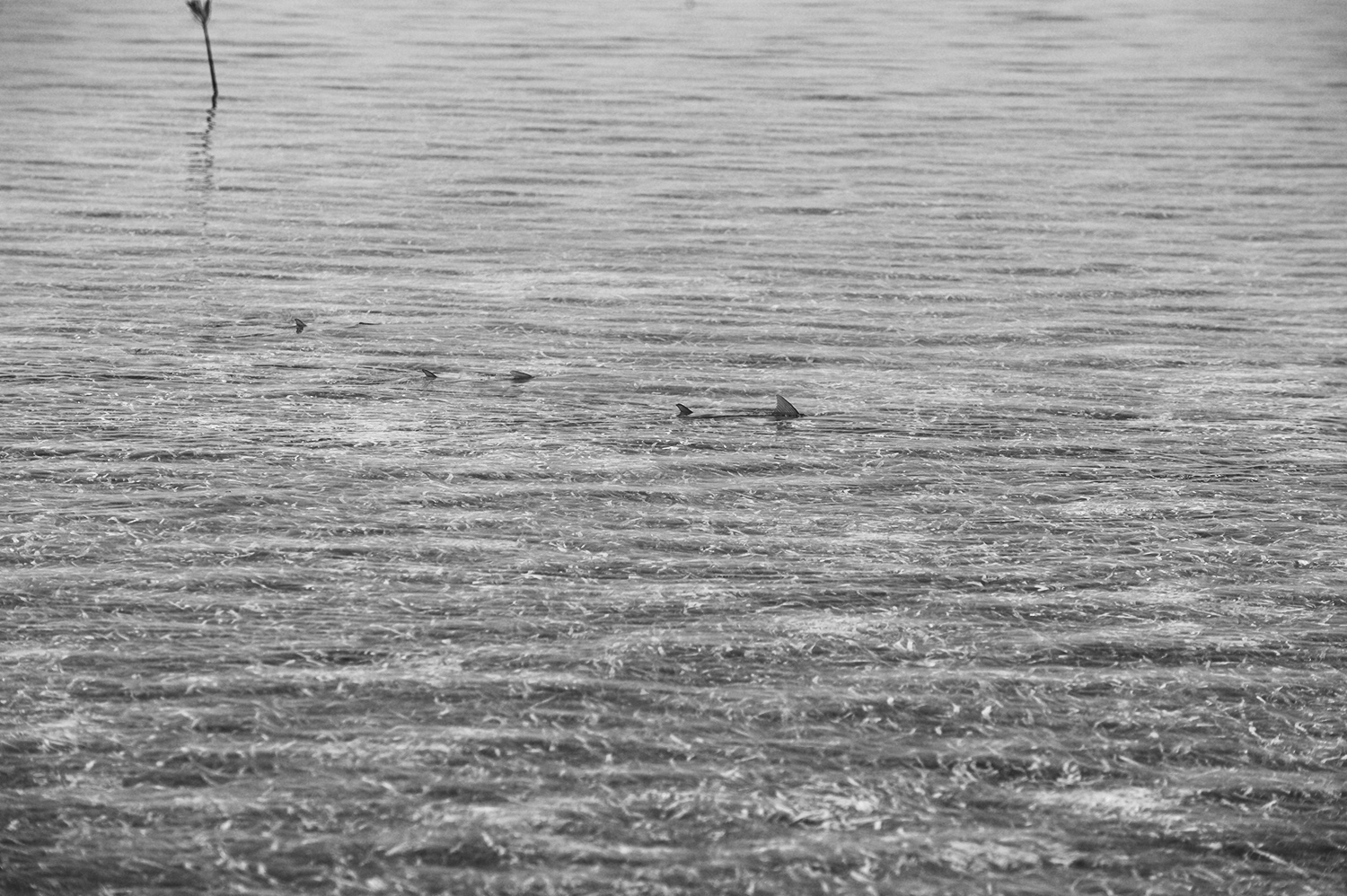
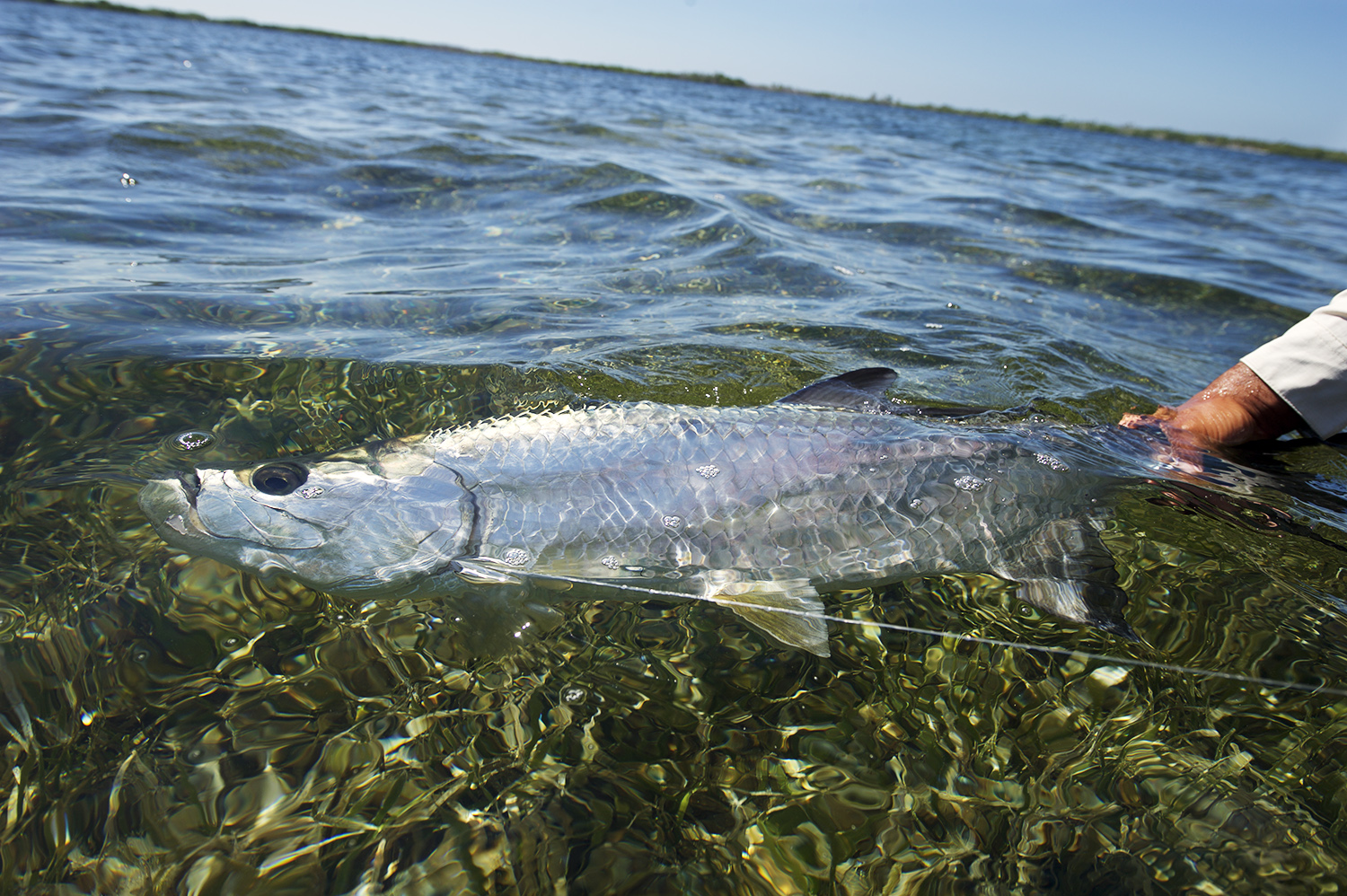
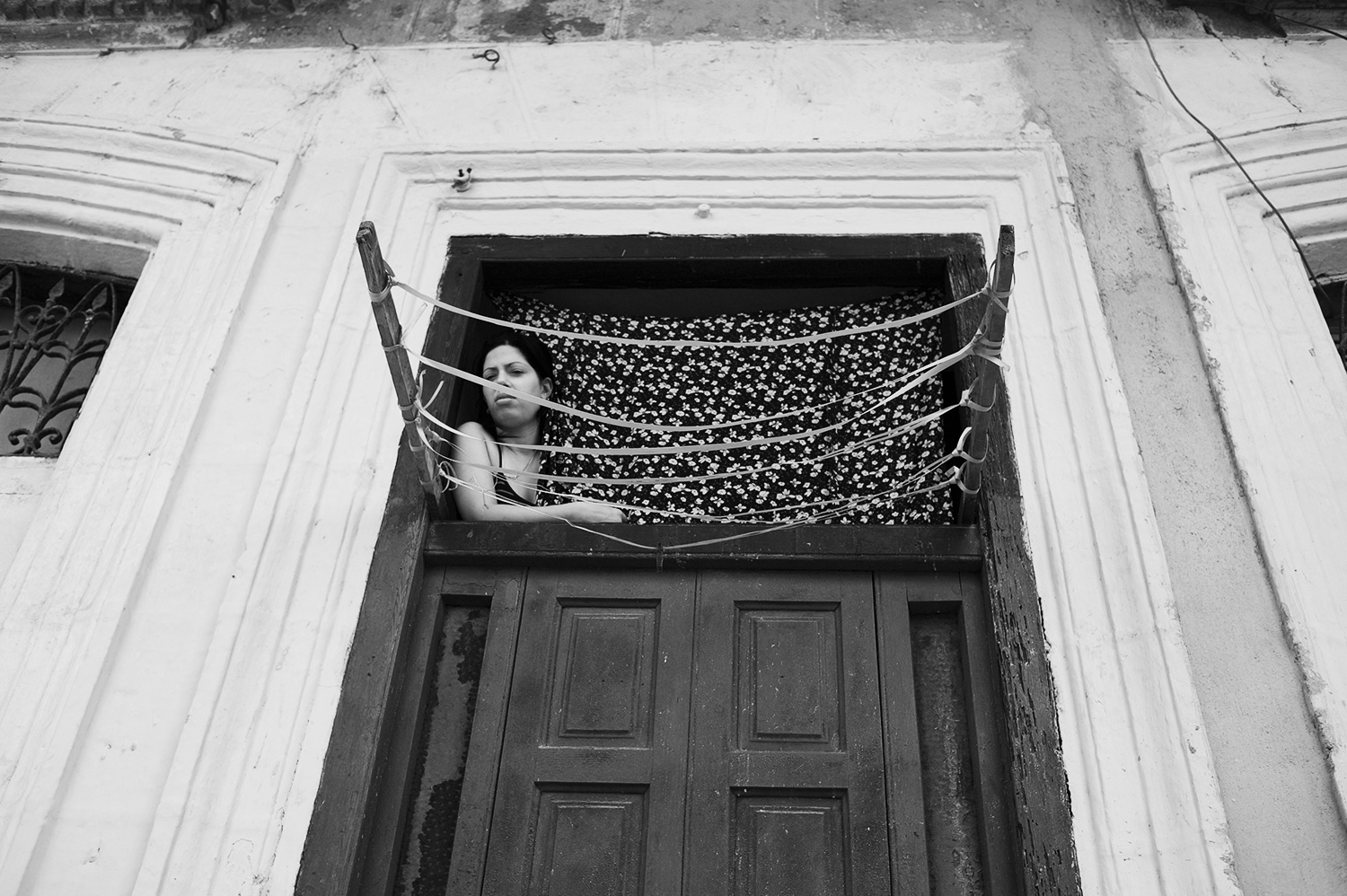
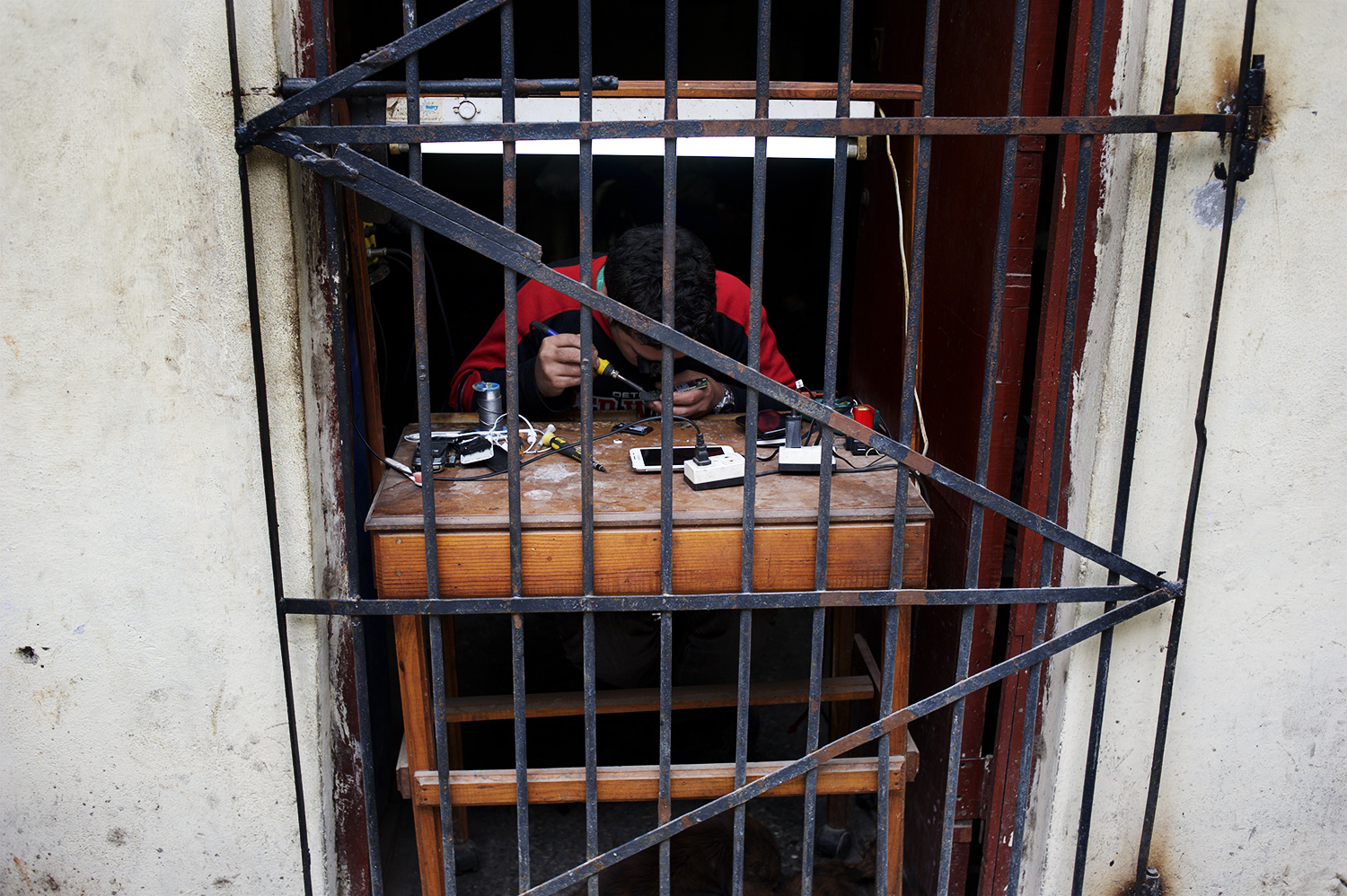
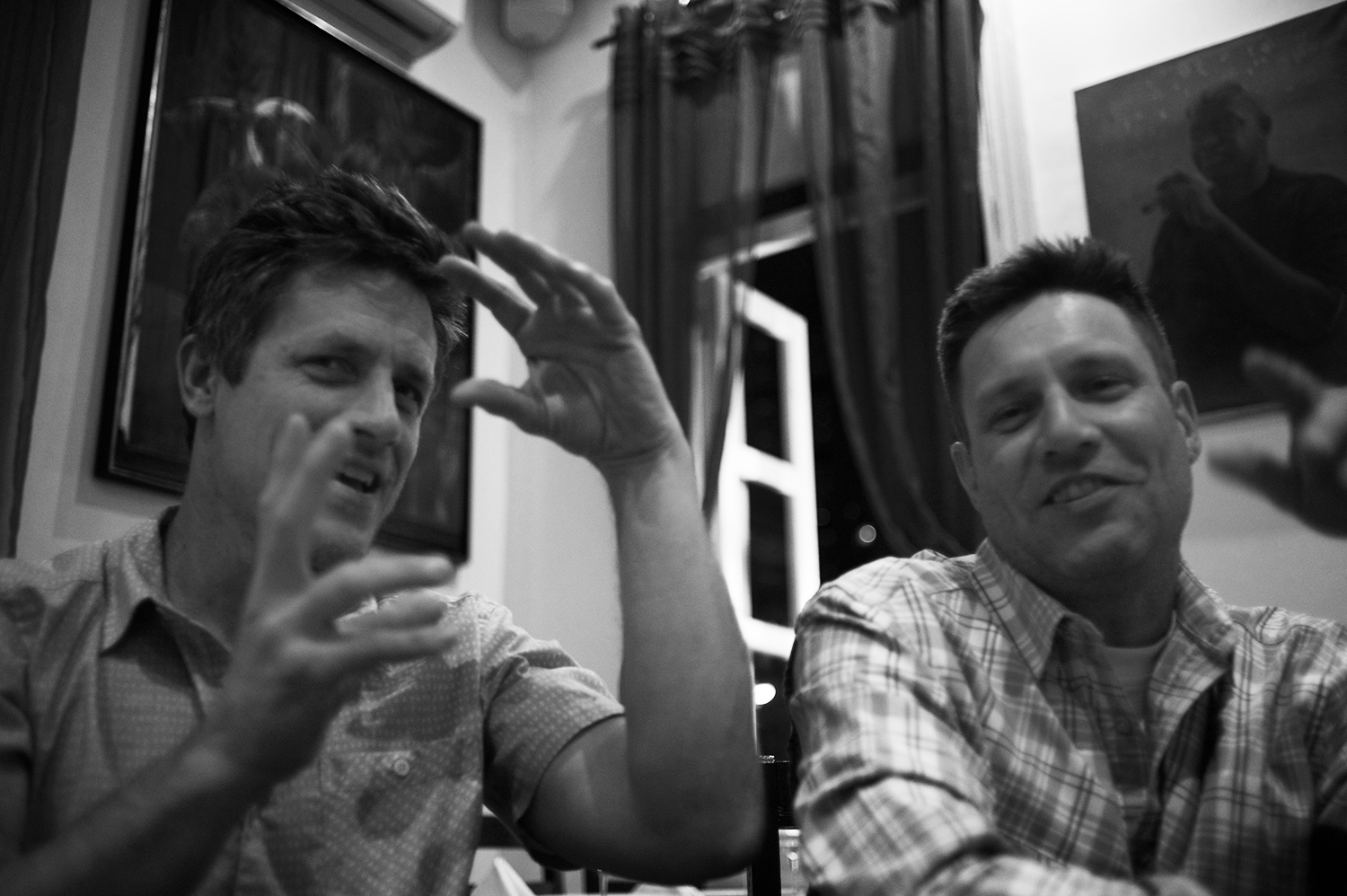
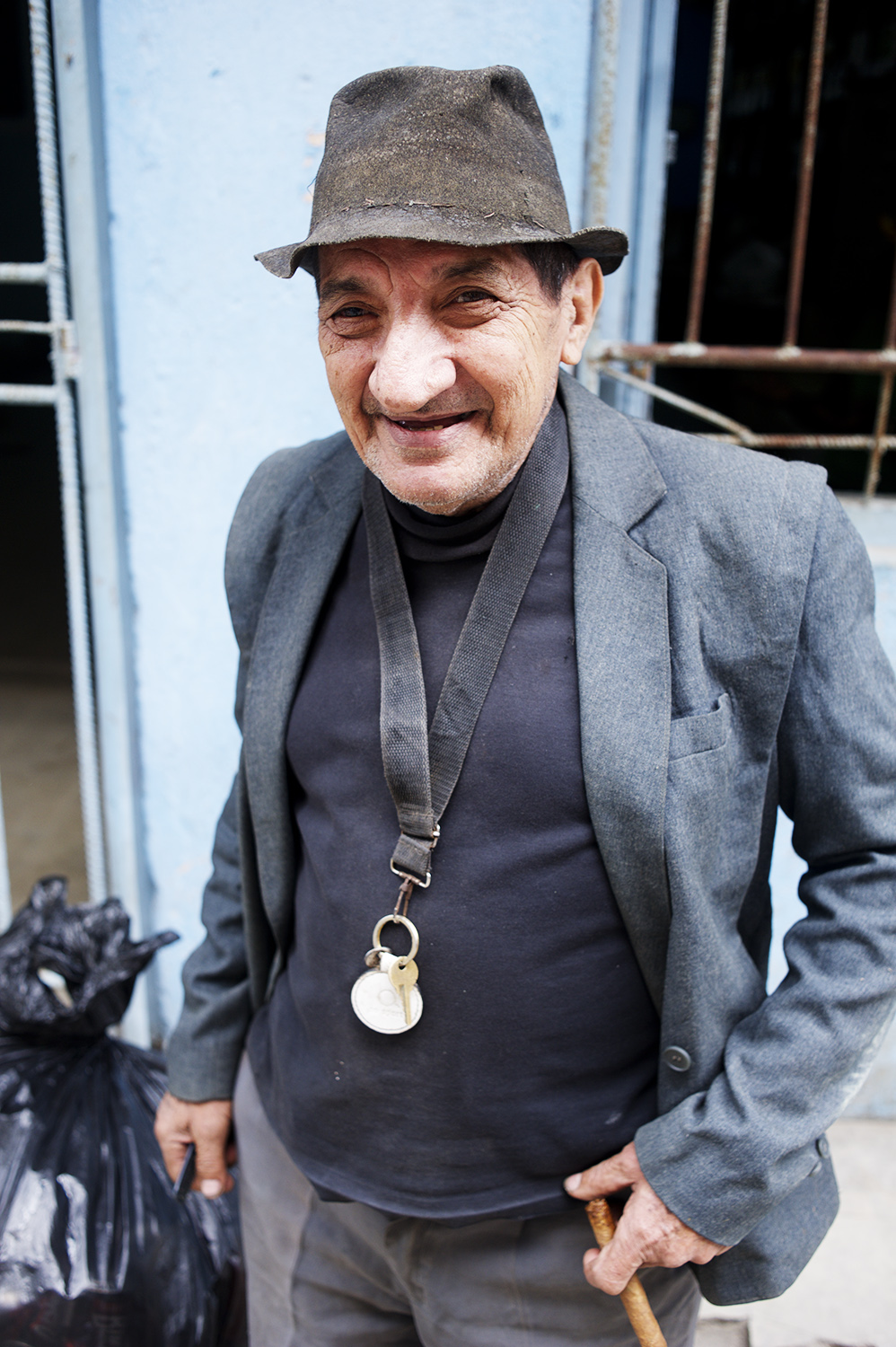
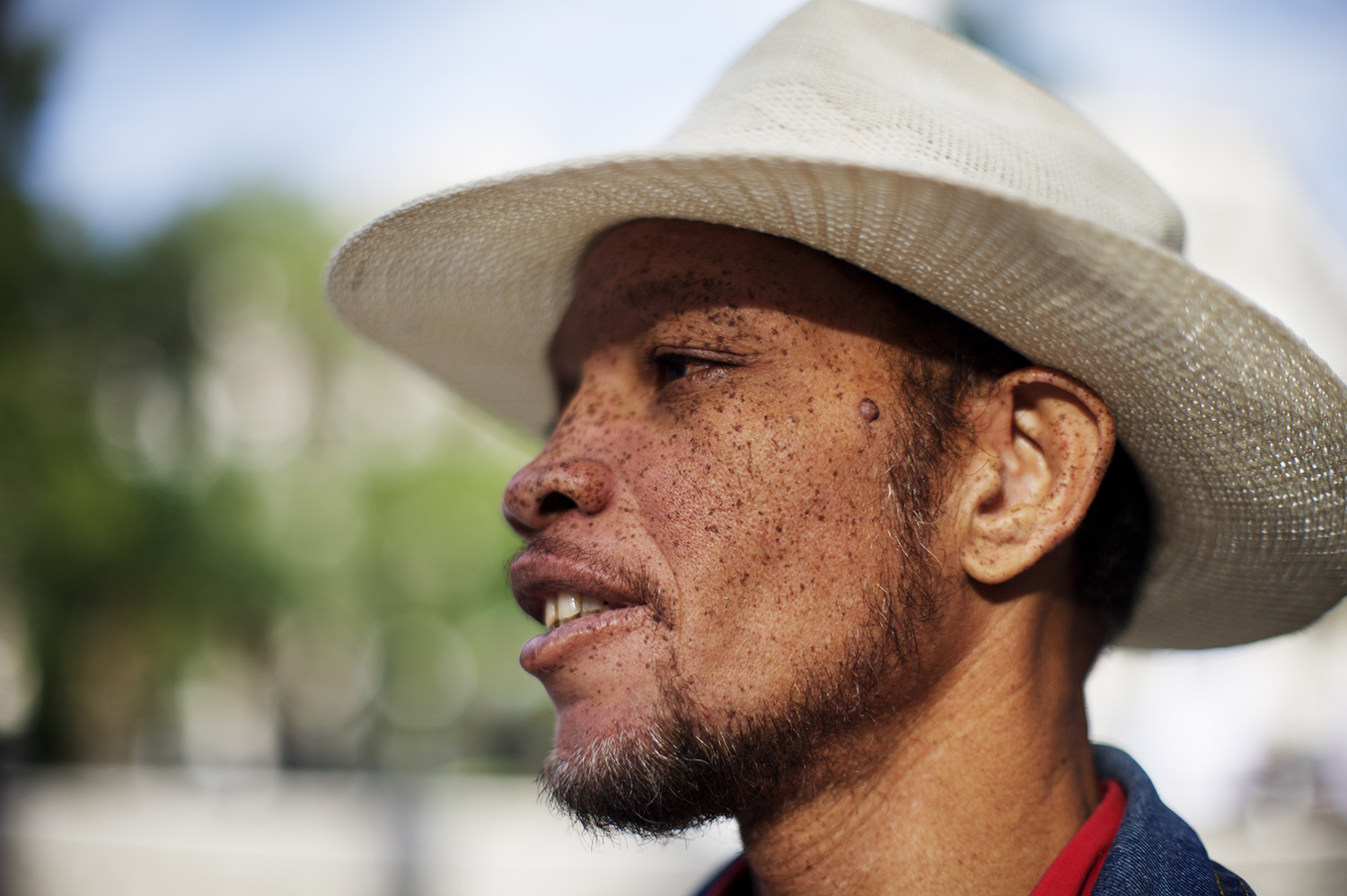

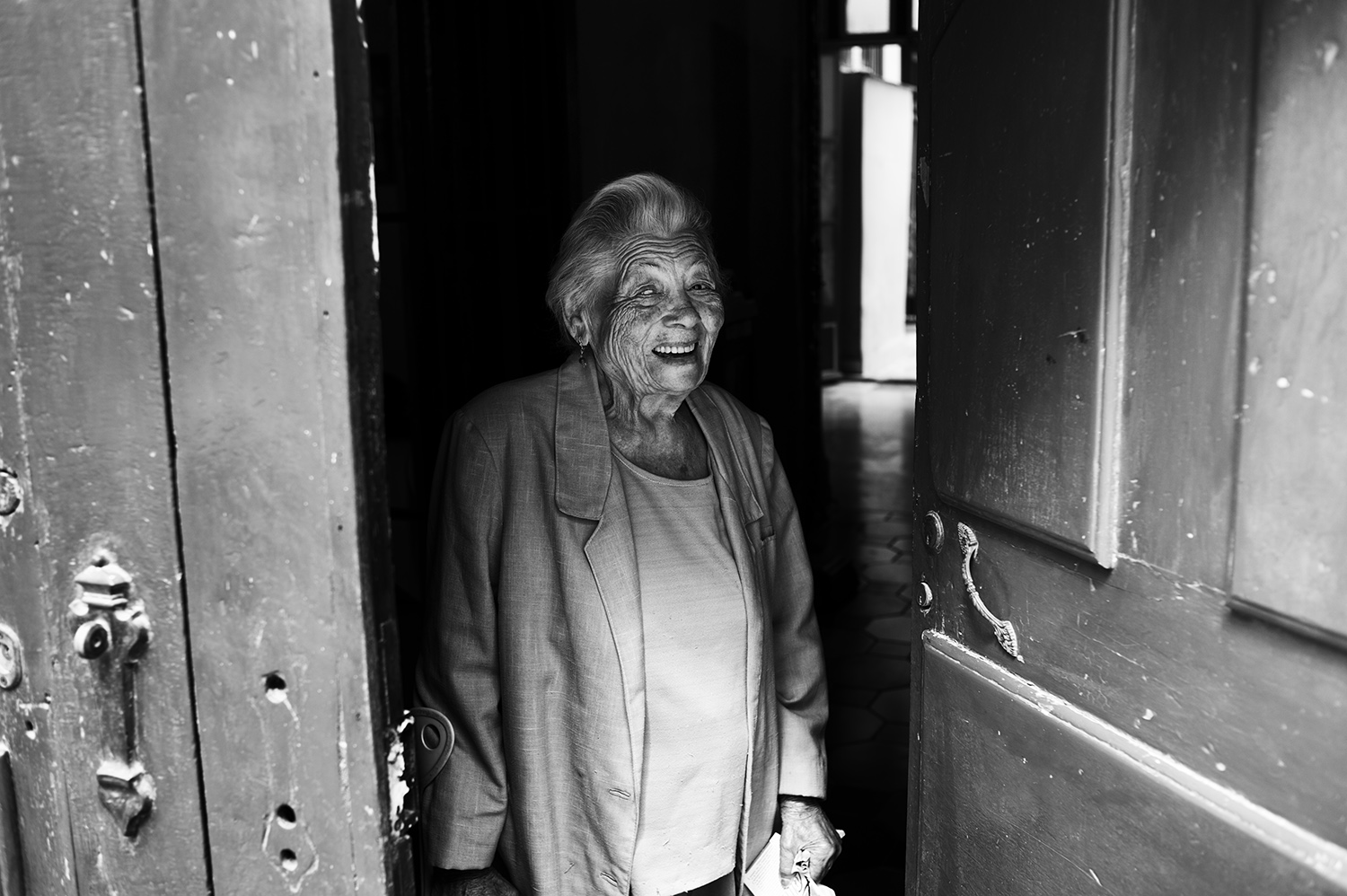
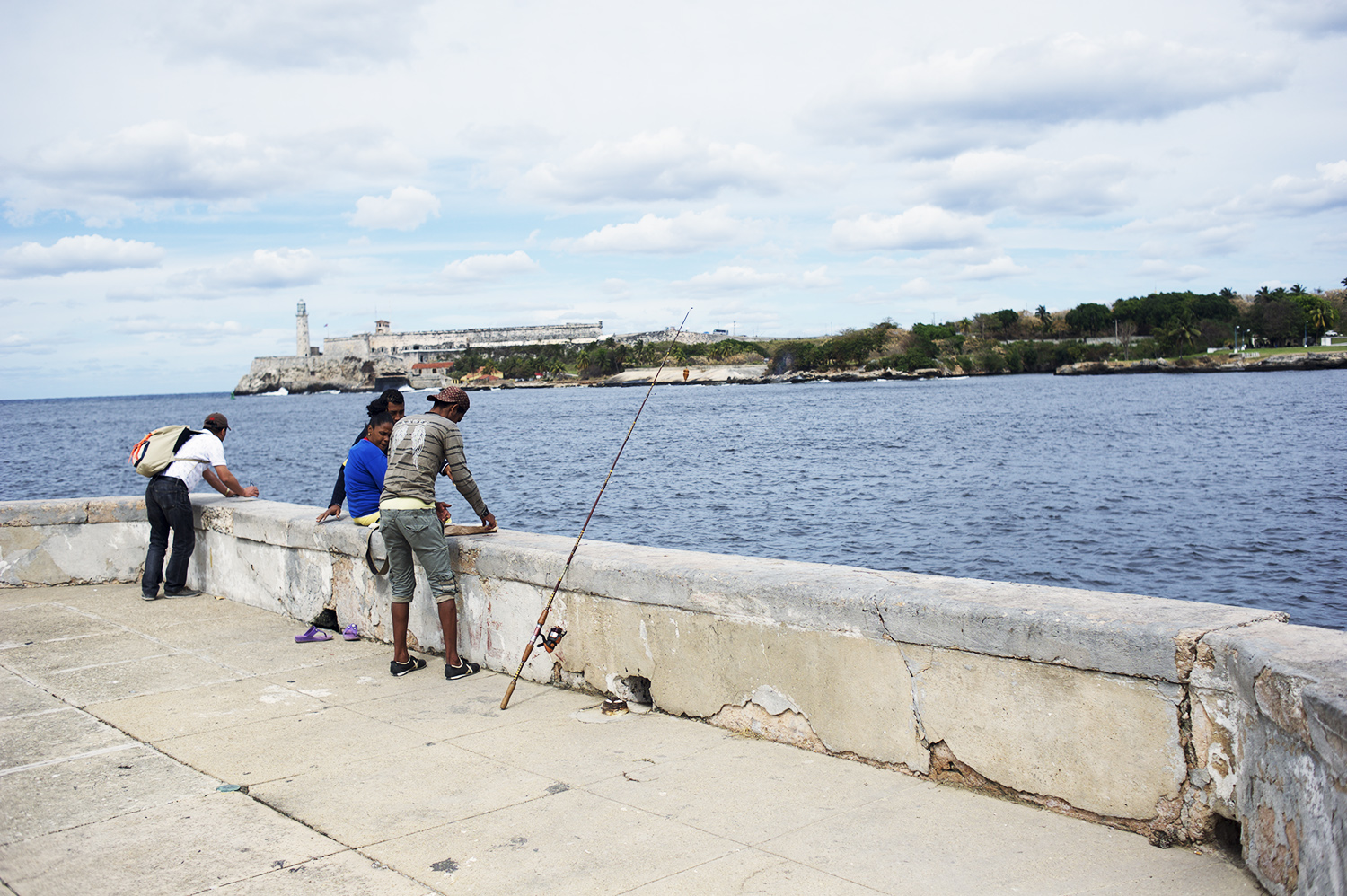
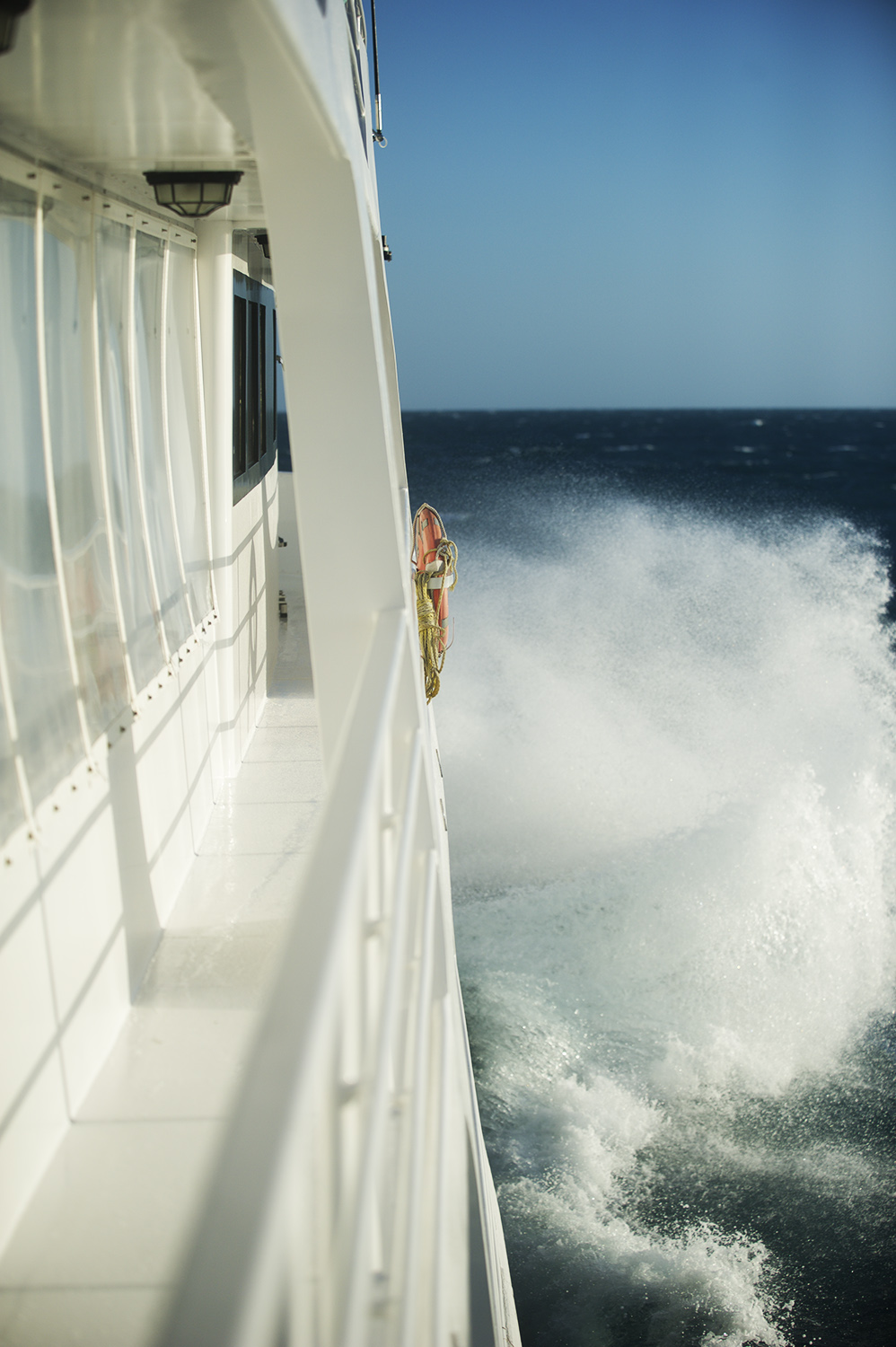
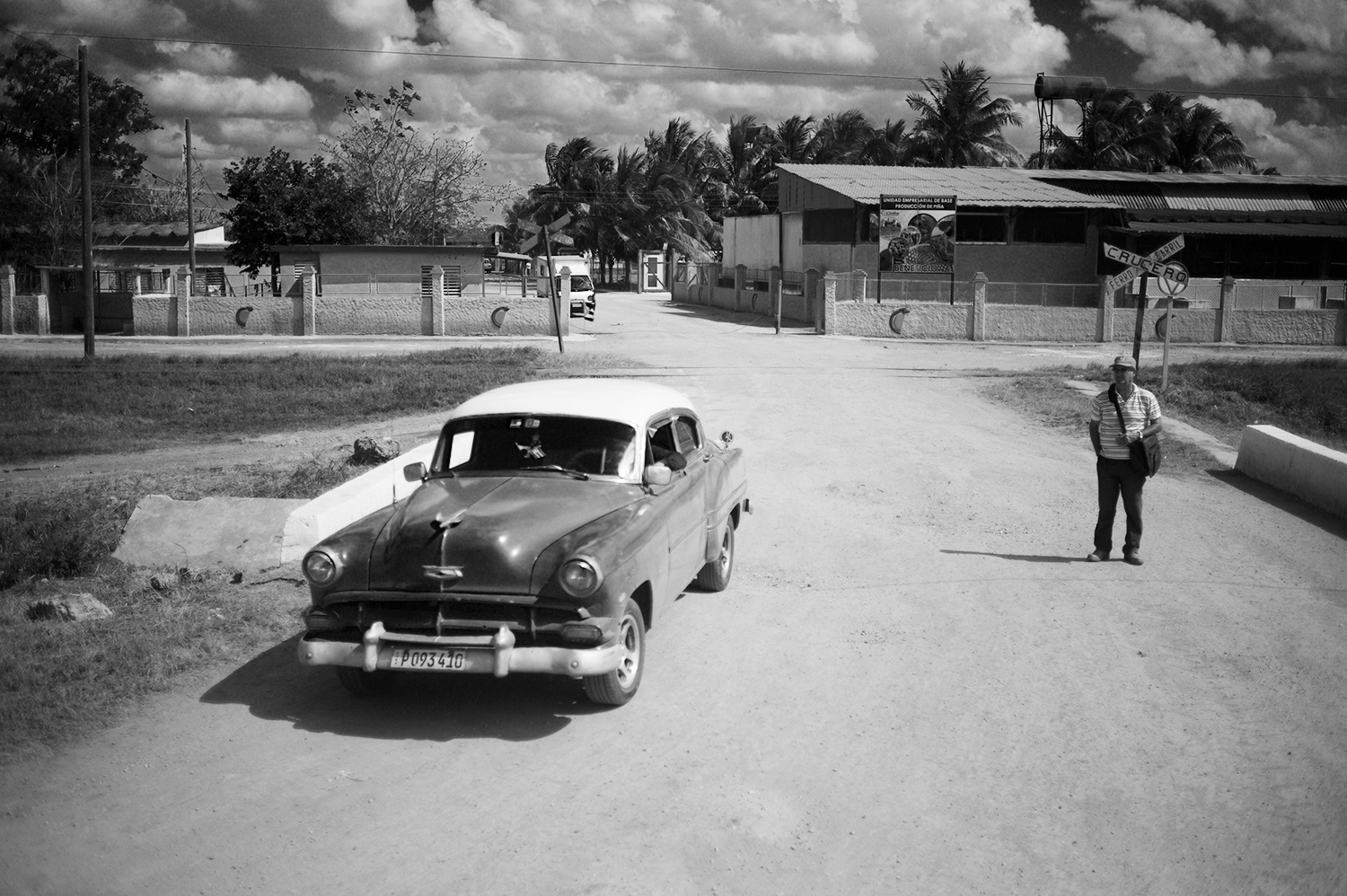
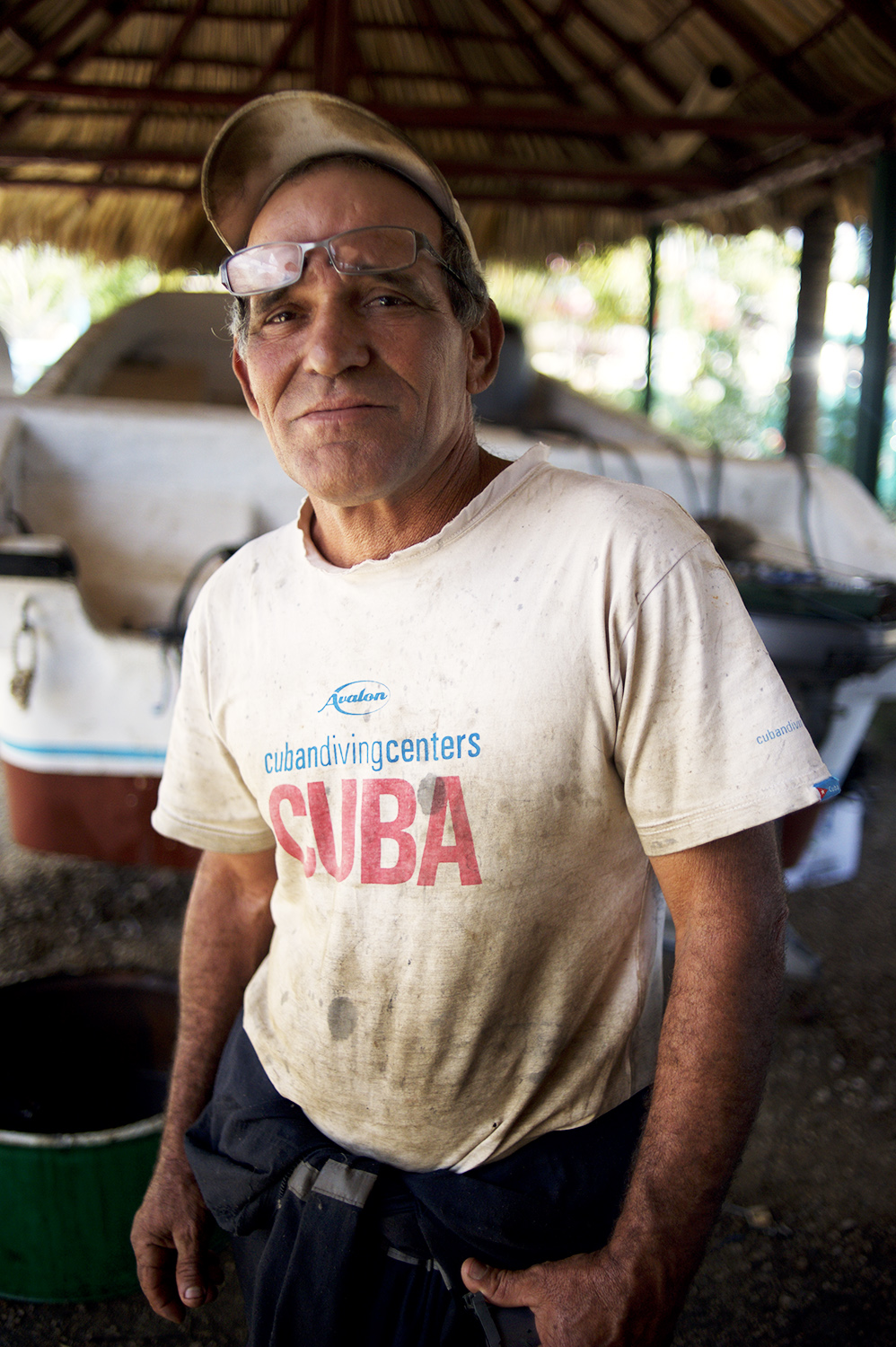
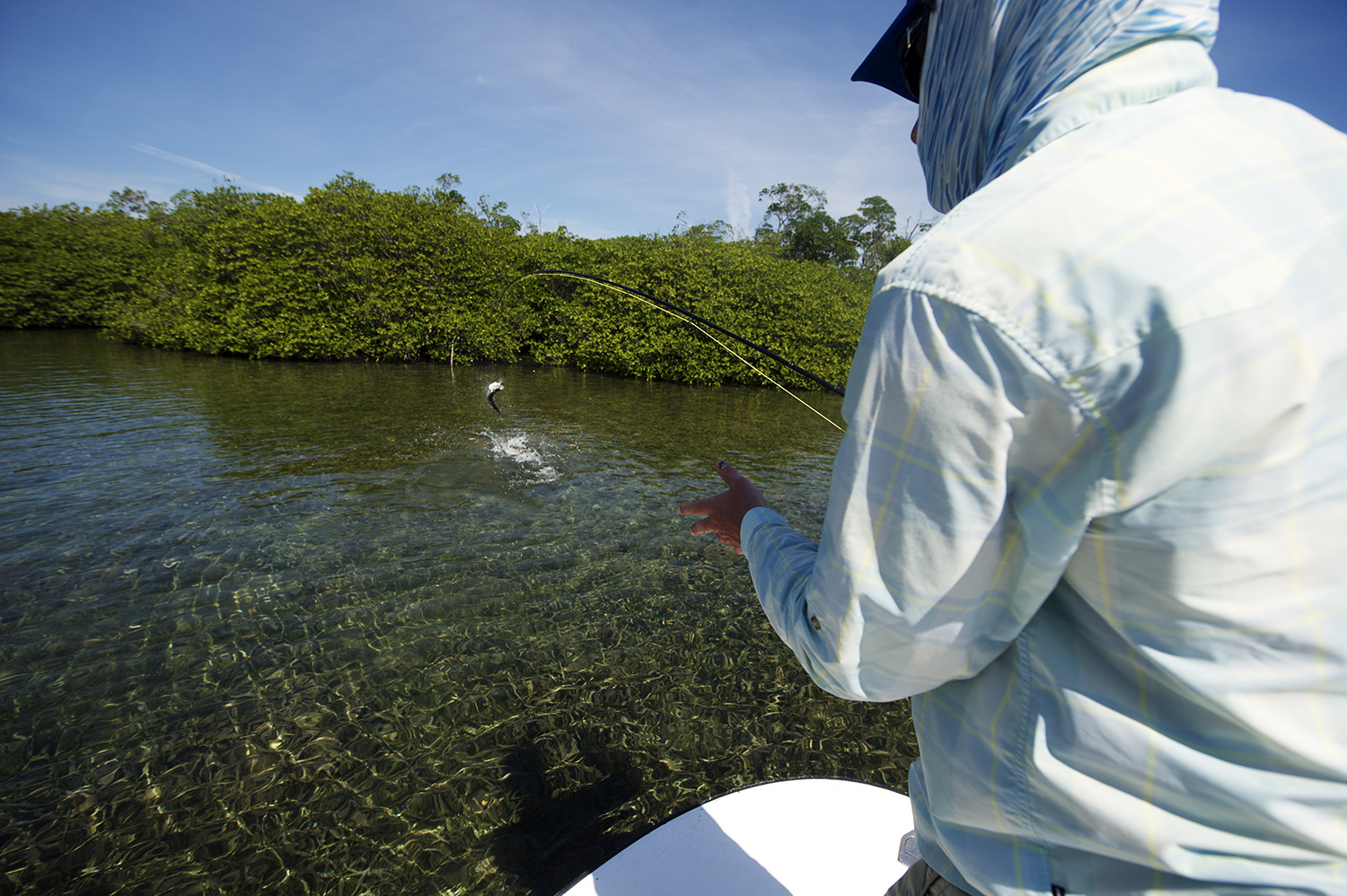
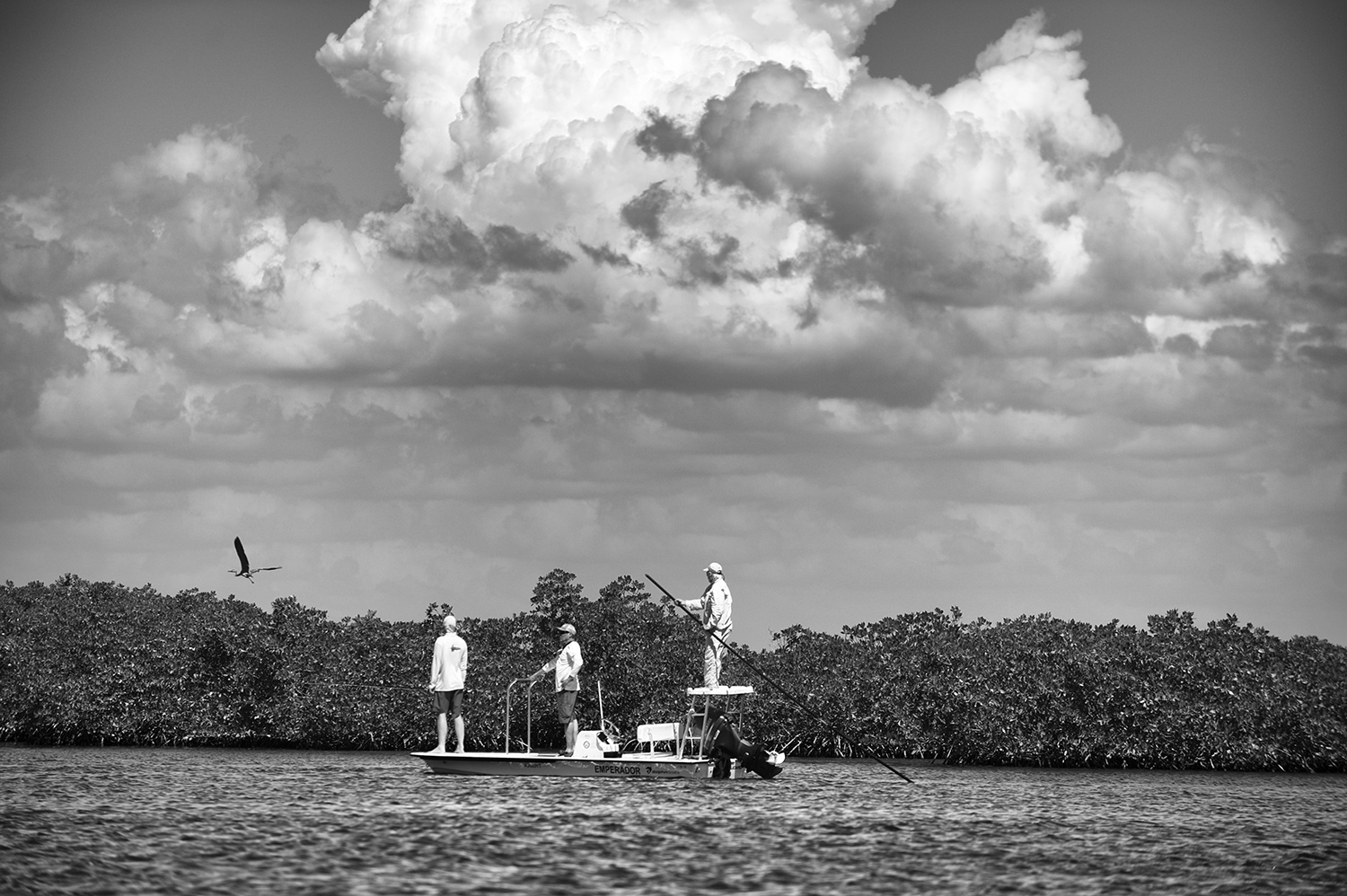
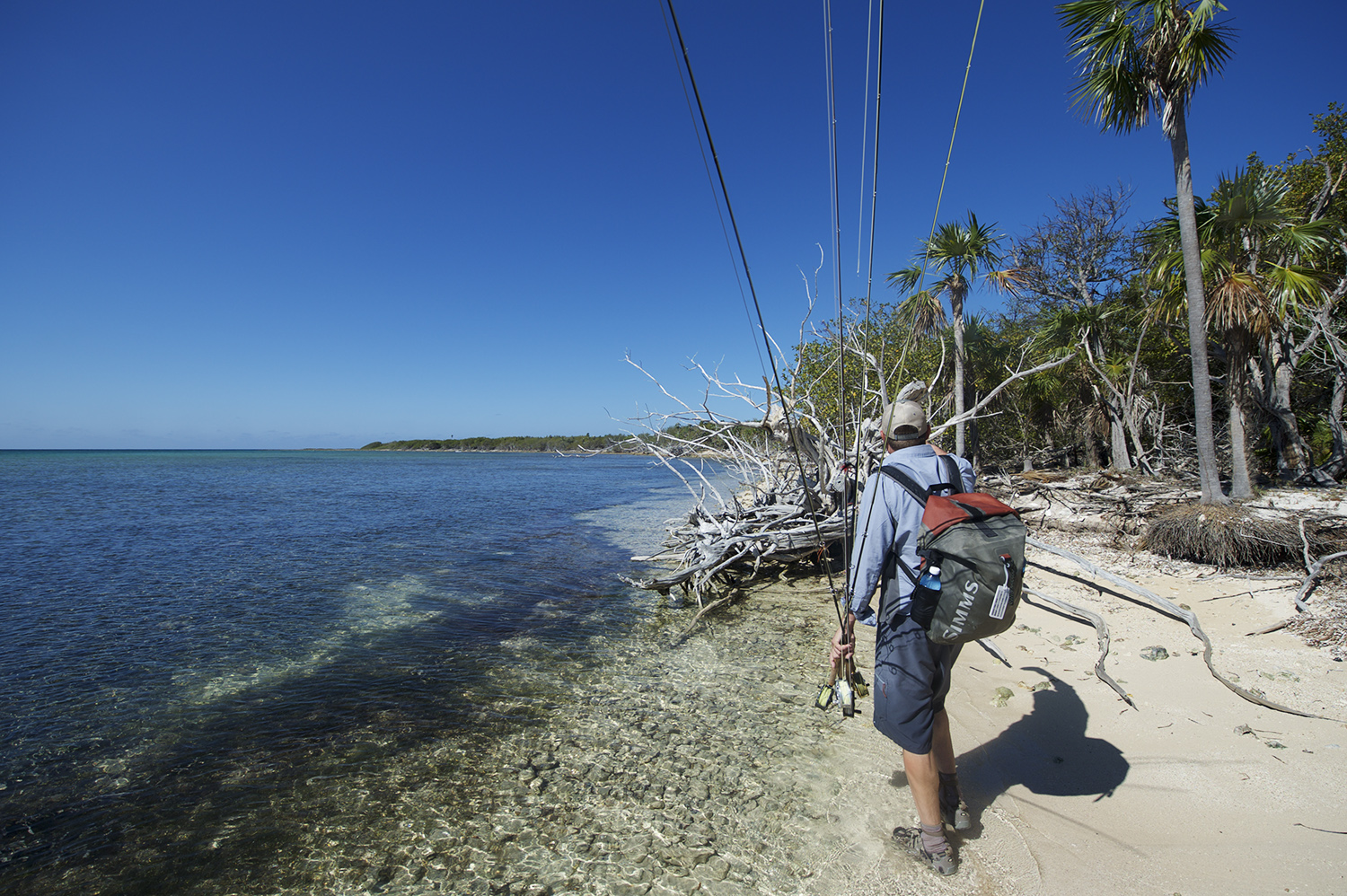
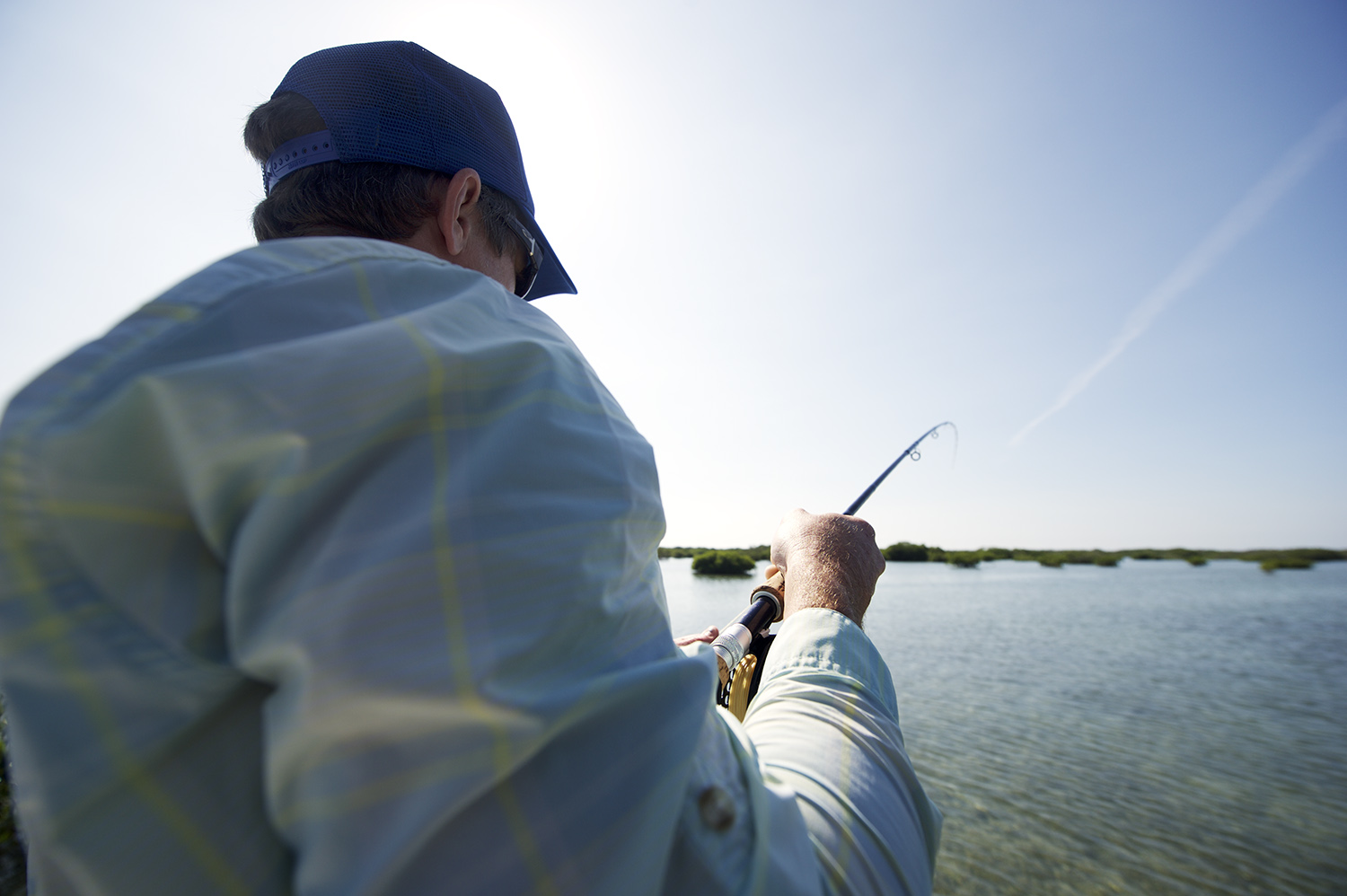
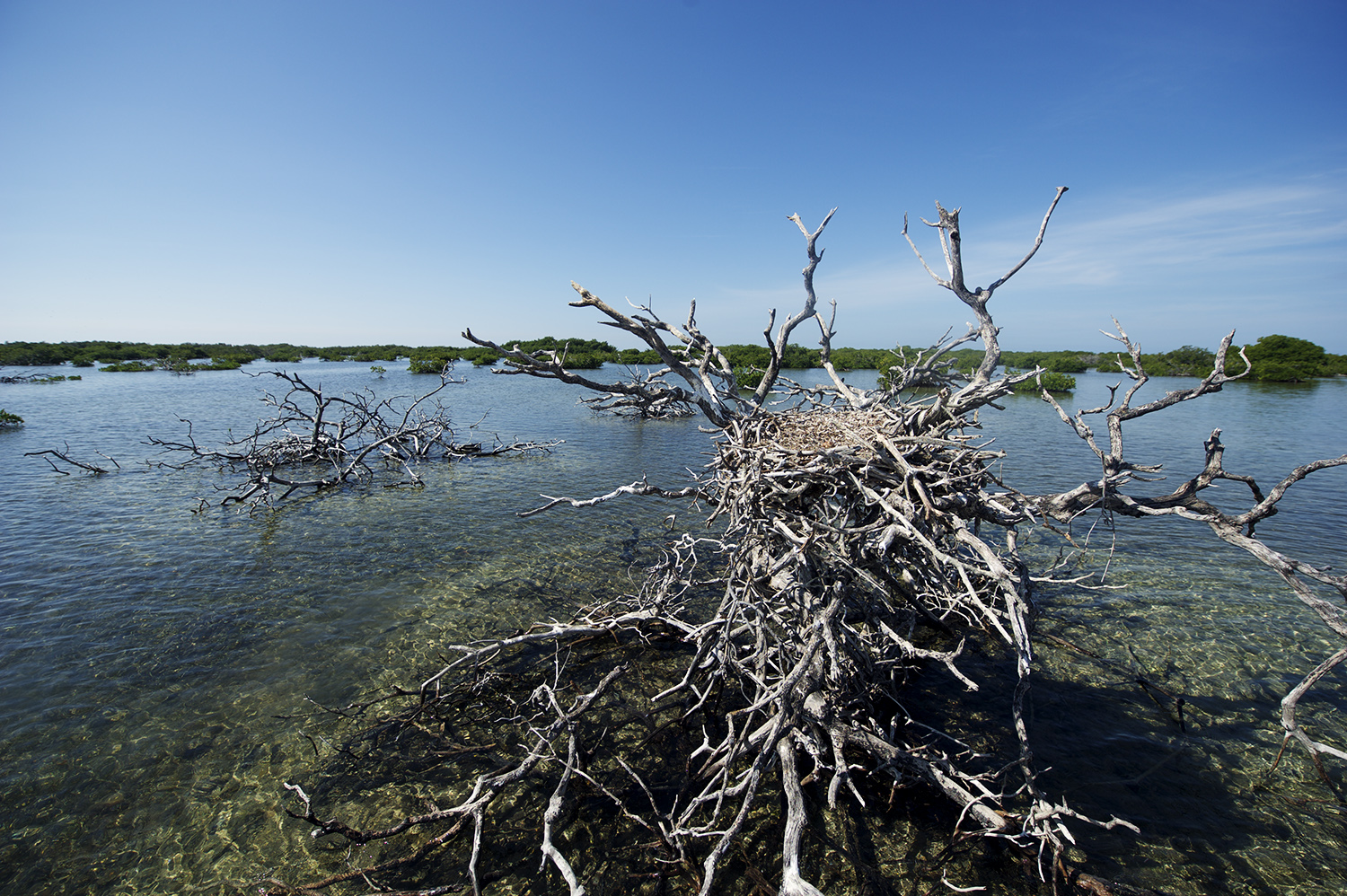
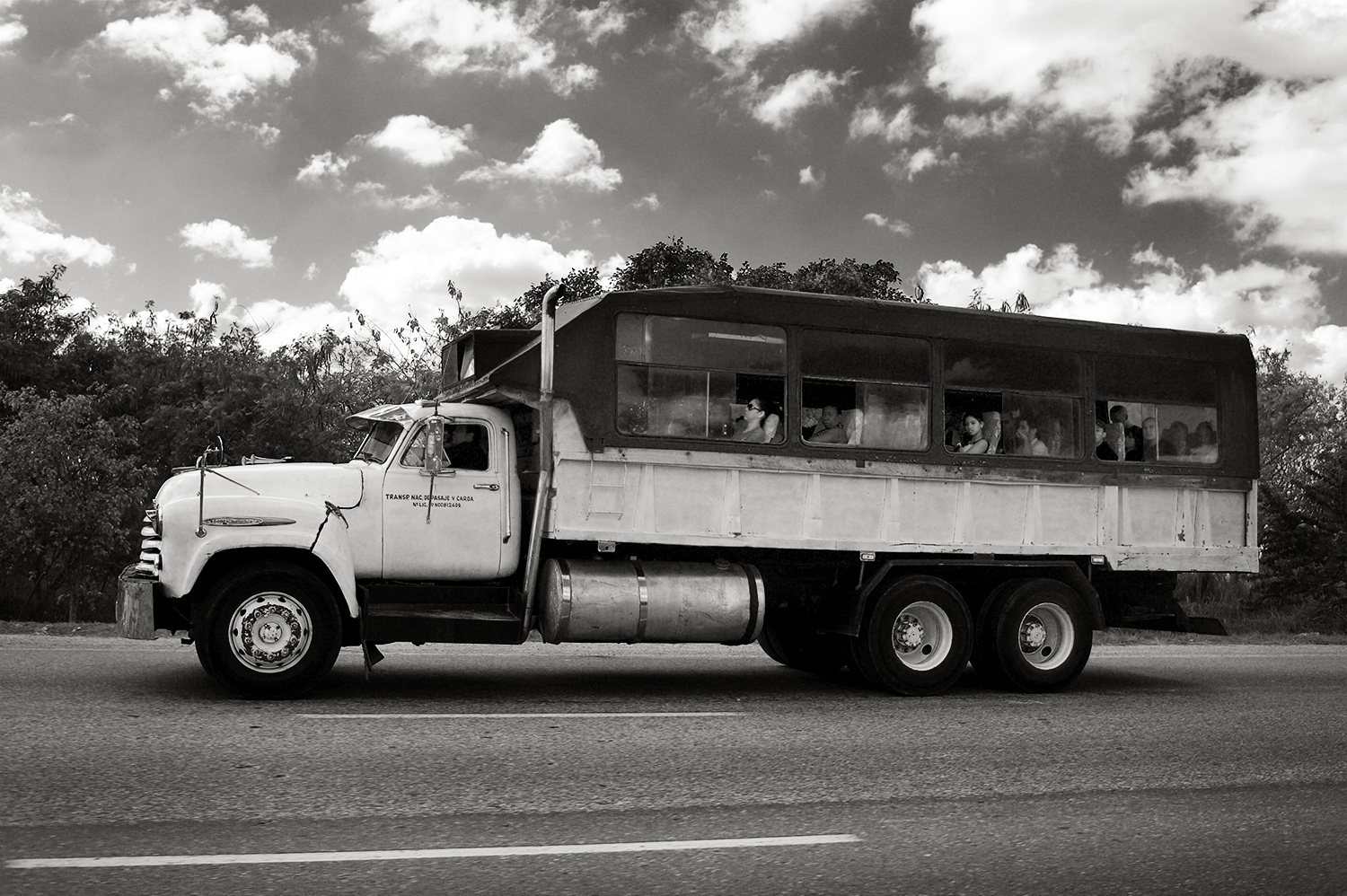
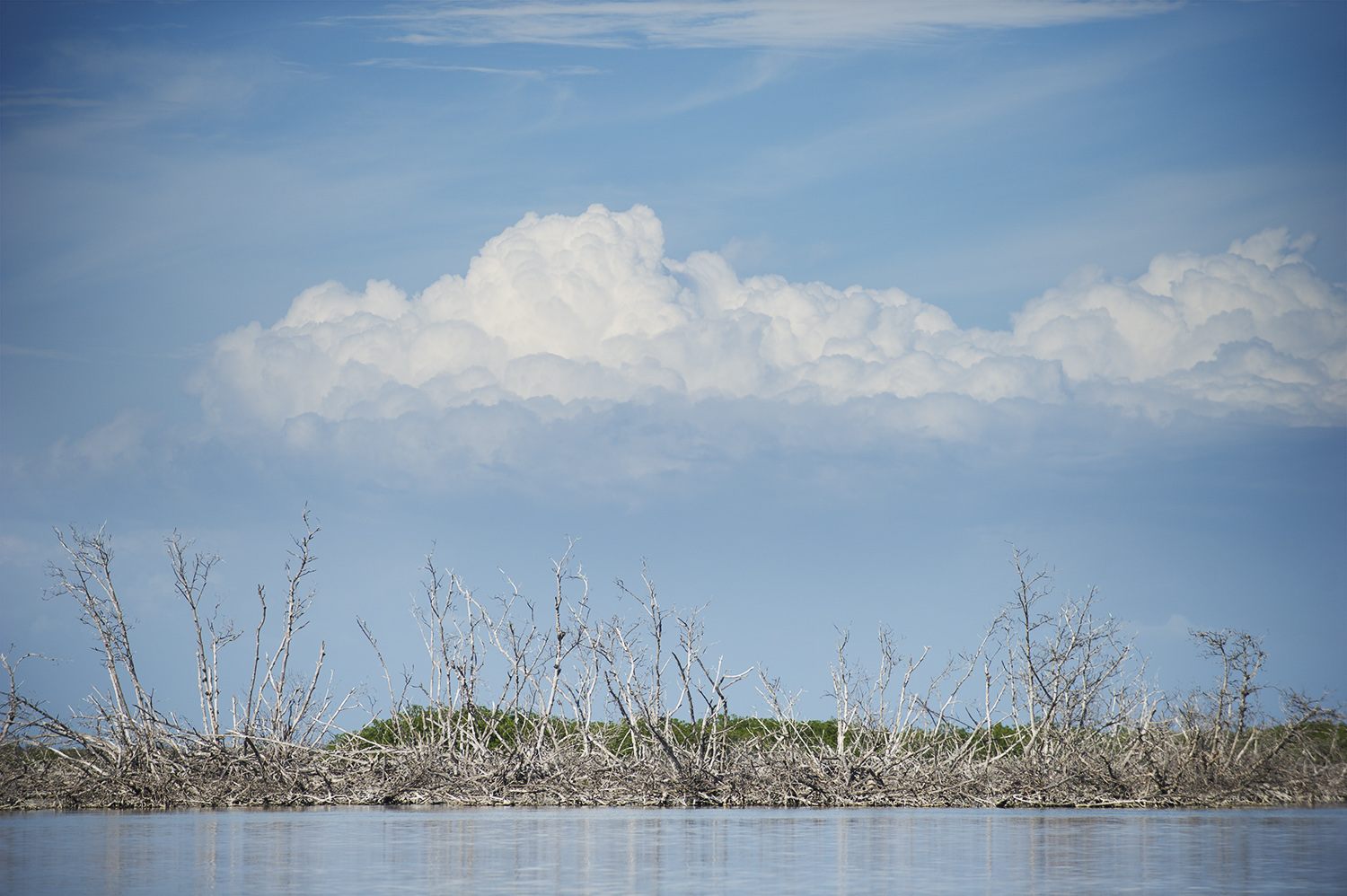
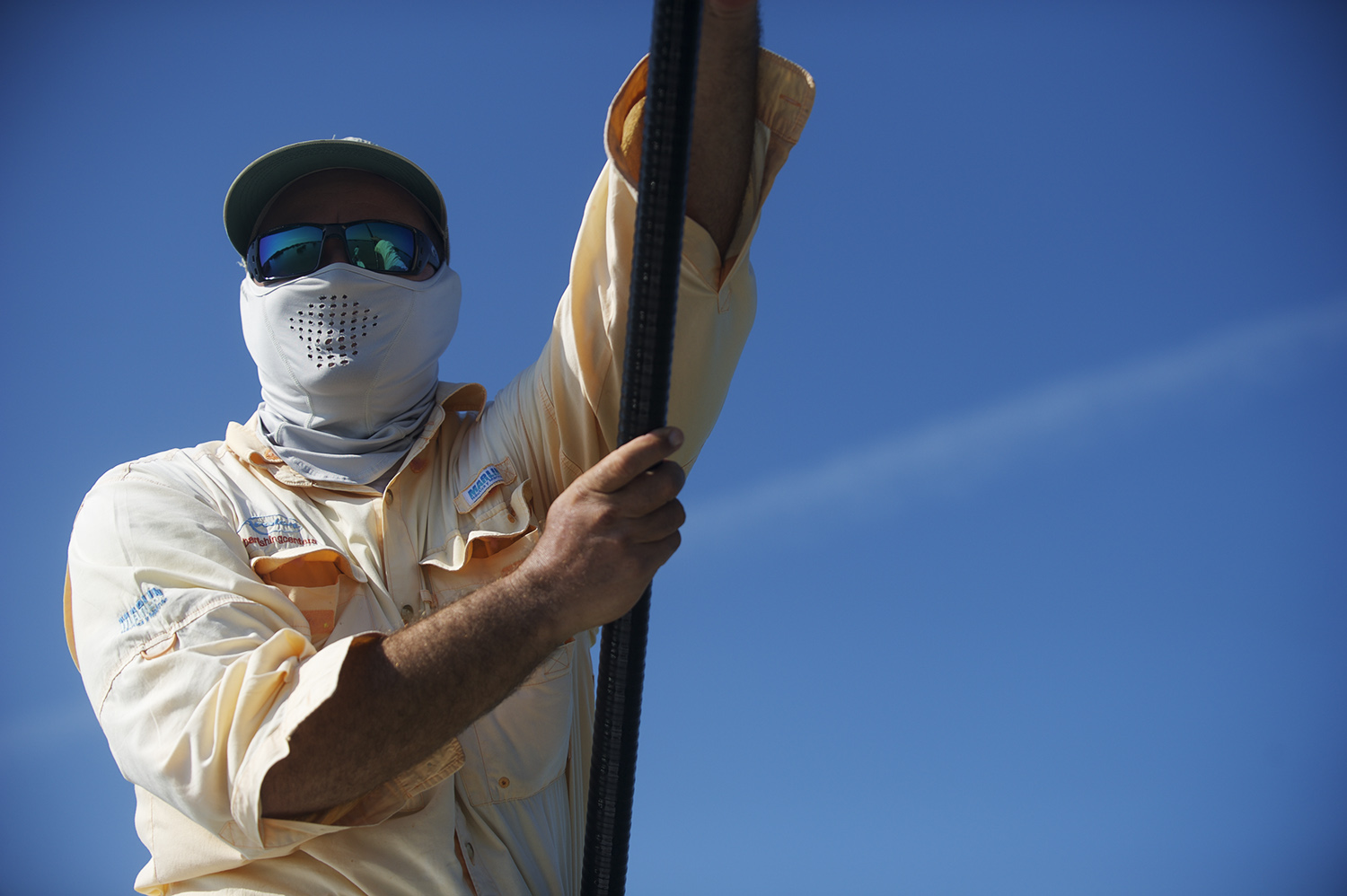
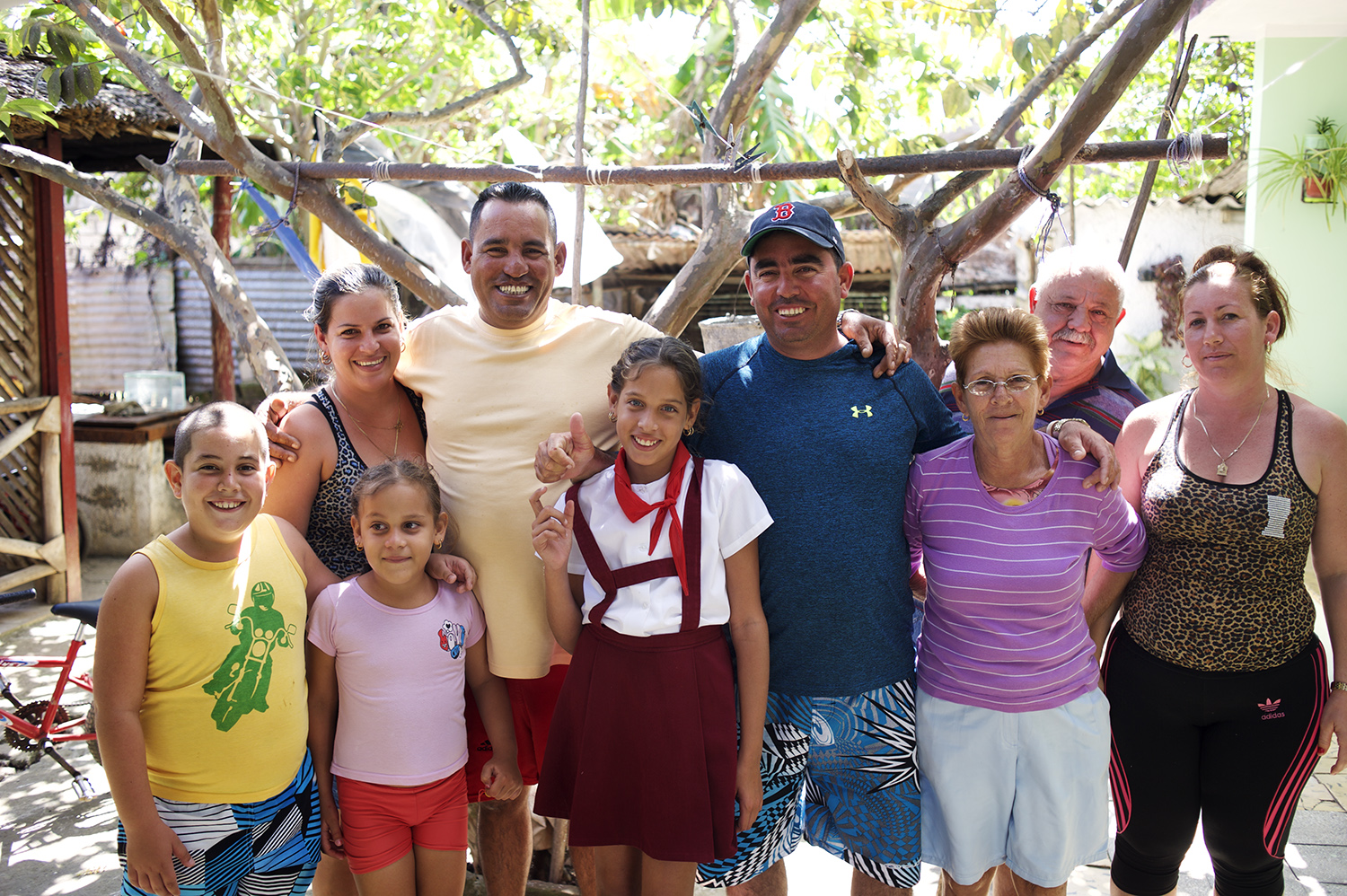
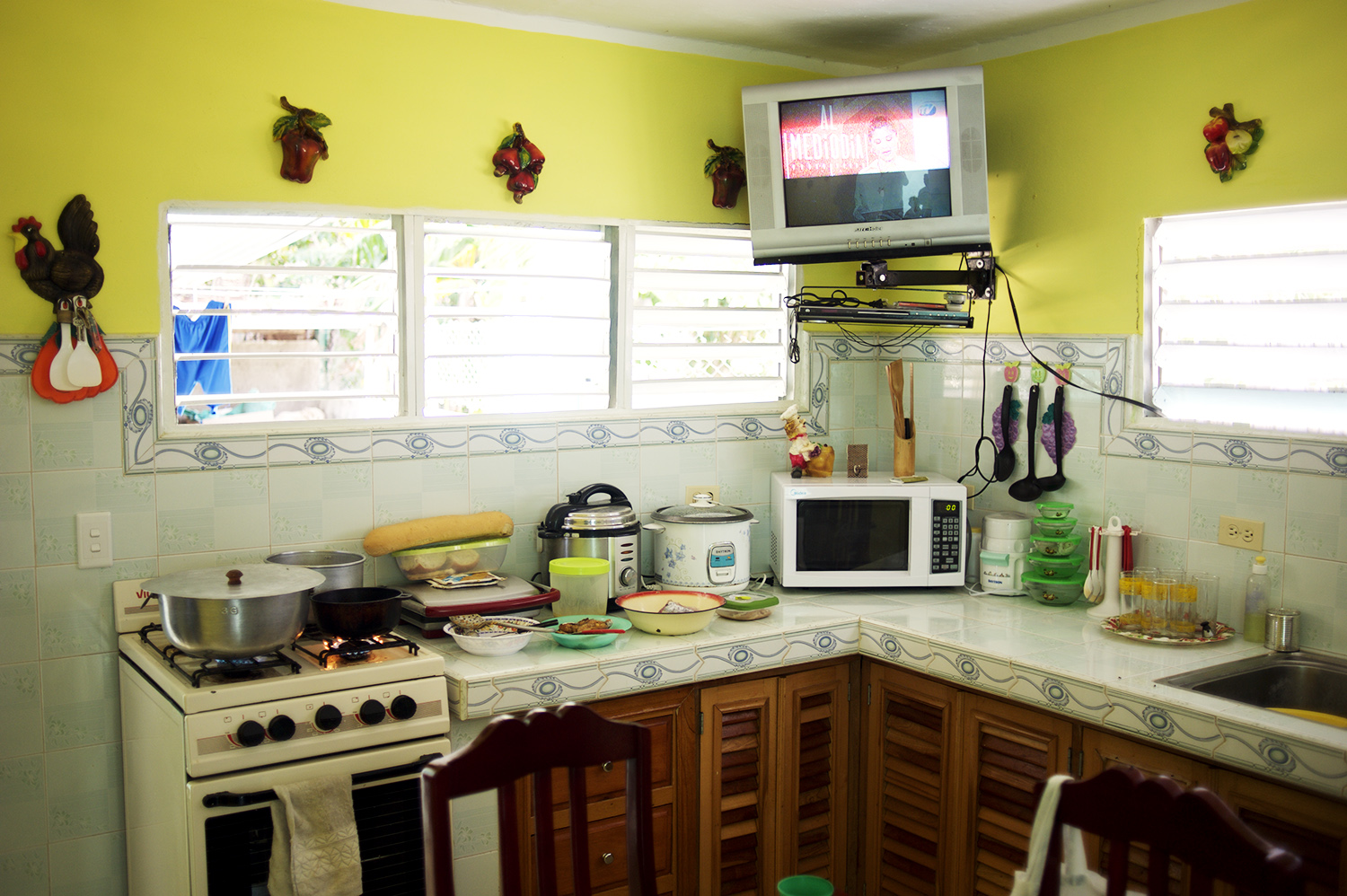
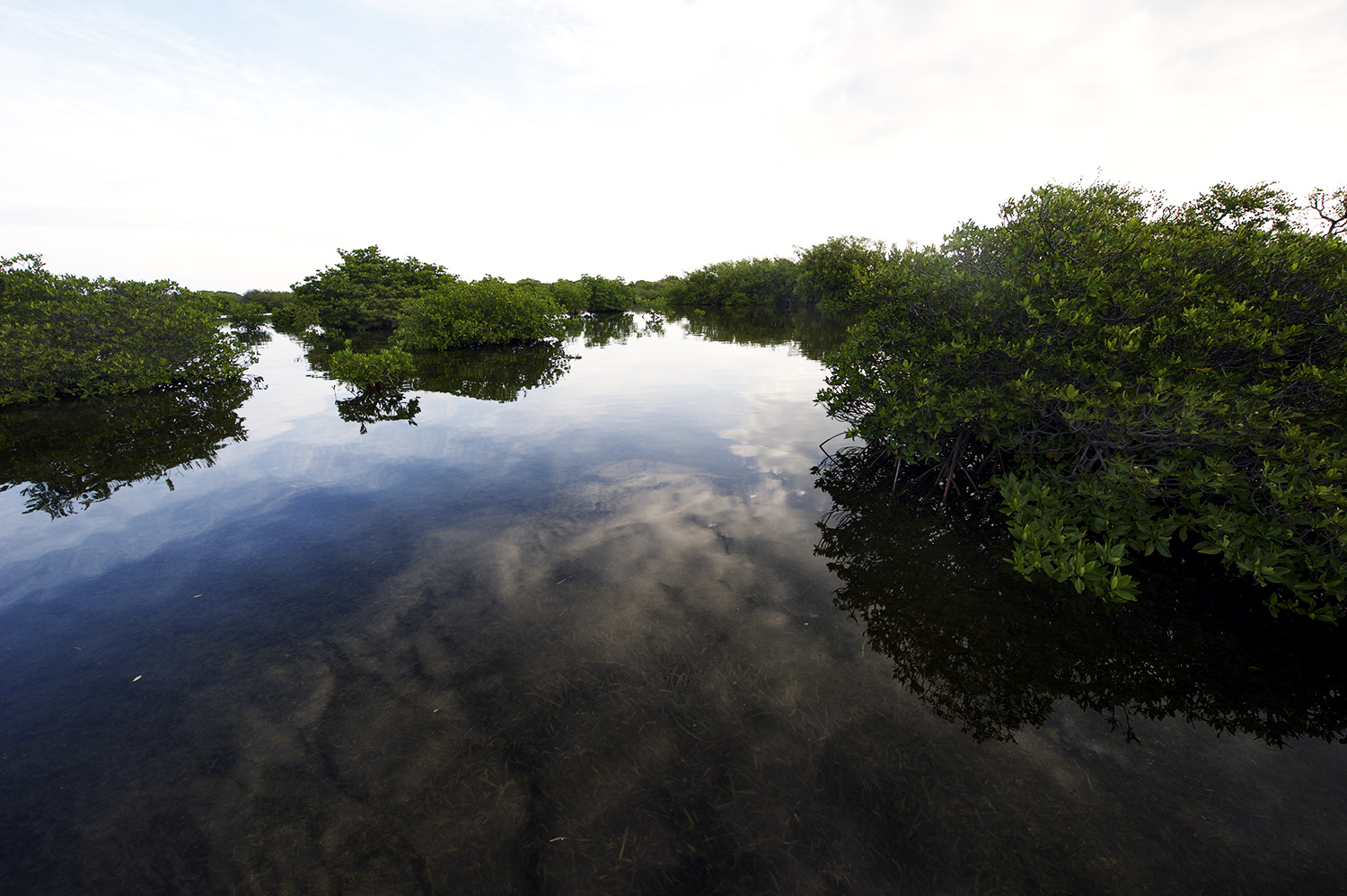
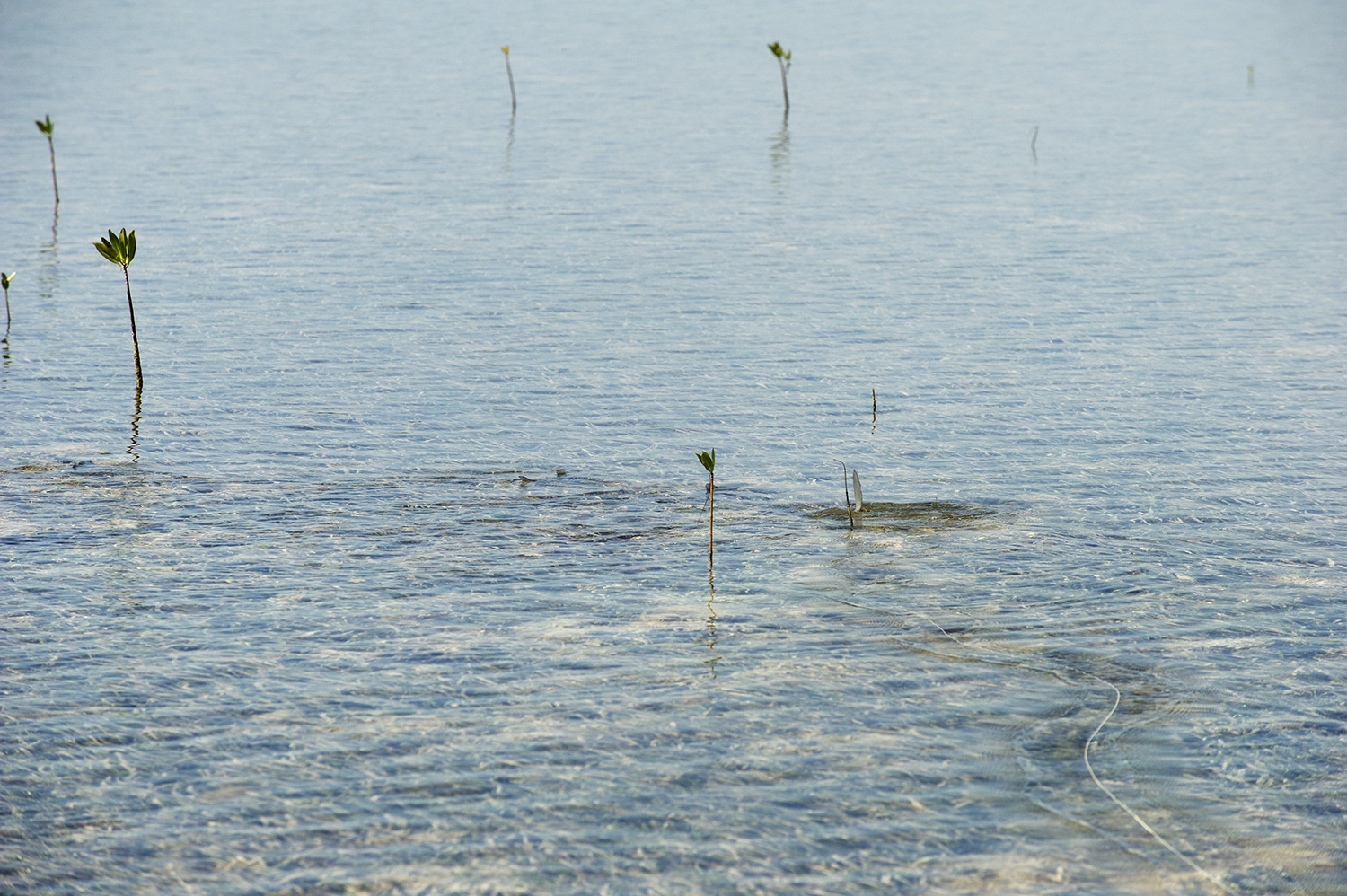
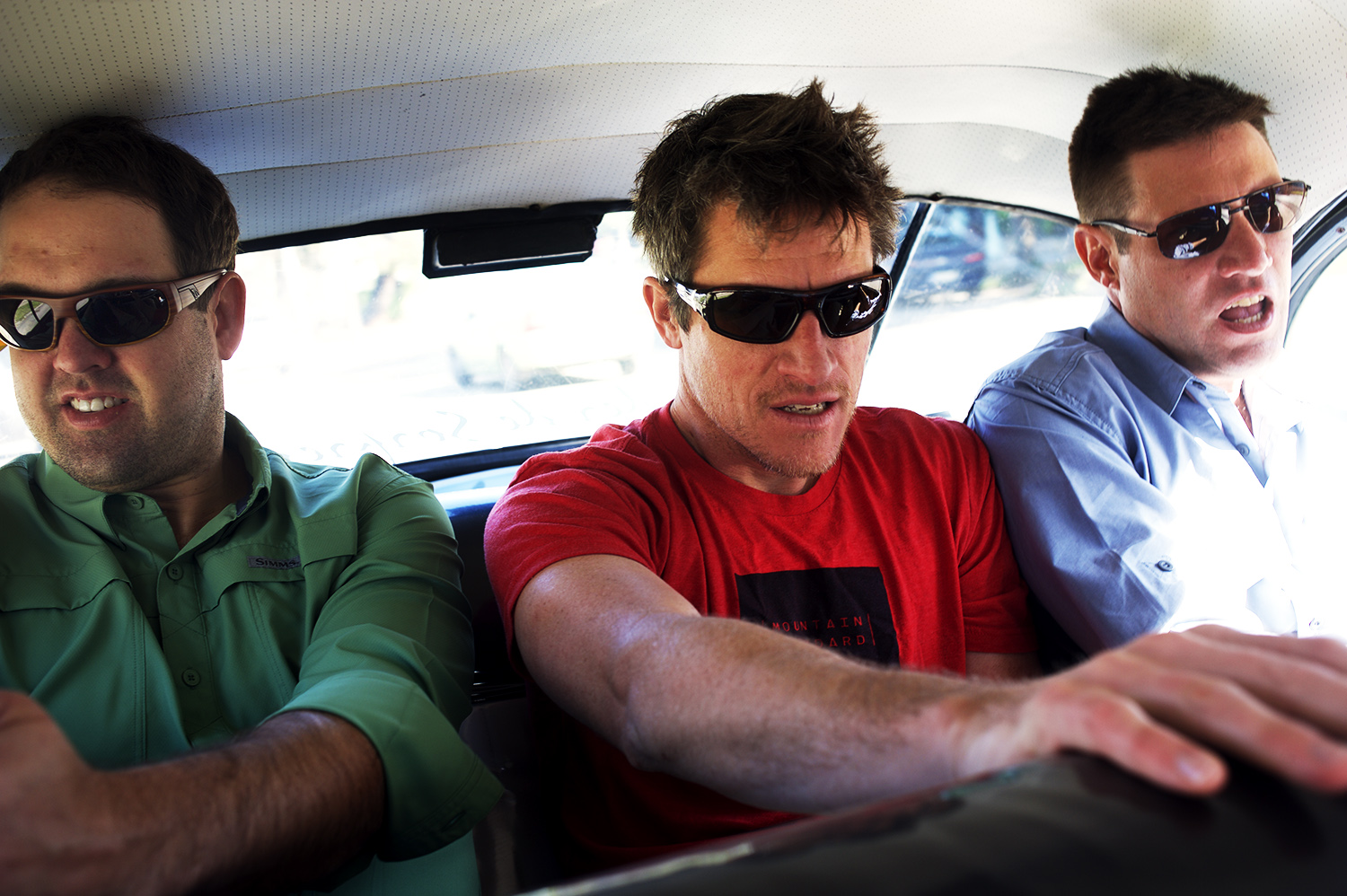
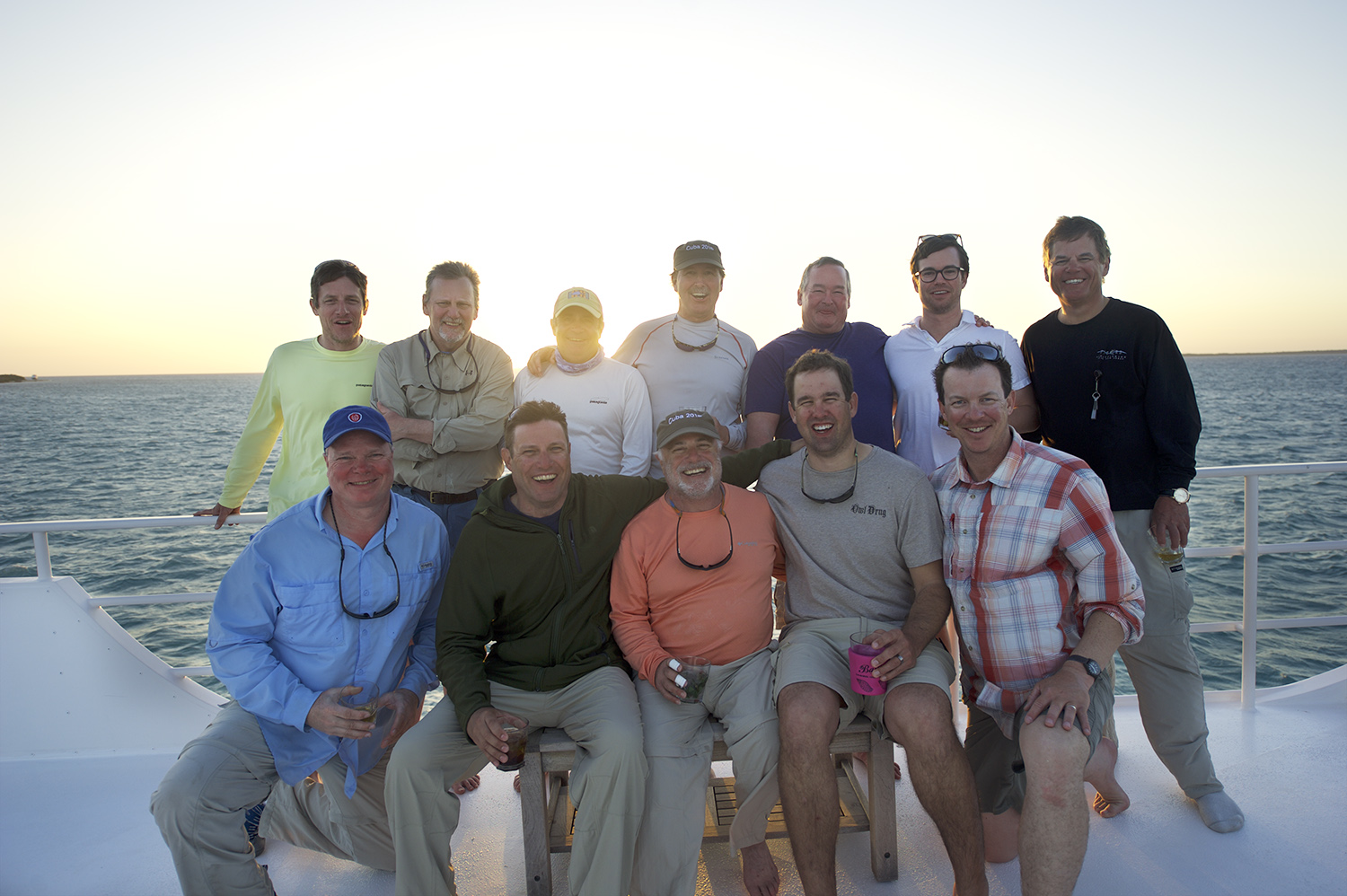
Planes, boats and automobiles. I just got back from my second trip down to Cuba and Jardines de La Reina marine archipelago. For a country that is located so close to the US, it's still two entire travel days to get from my home in Idaho to Jardines. Is it worth it? If you are dying to get to Cuba and visit Havana for a few days and you also happen to love saltwater flats fishing your answer is probably yes. Things can go wrong in Cuba beyond the standard food poisoning though. Hotel reservations lost. Unplanned and long travel delays. Stolen luggage at the airport. Don't get me wrong, Cuba is a relatively safe country but these kinks seem to be more prevalent in Cuba than elsewhere.
If you are willing to cope with these relatively benign, albeit painstakingly frustrating, bumps in the road you may find that fishing uncrowded flats with just your friends in sight is well worth the hassle. Also, Cuba is bound to change with the increased interest, mainly among Americans, to visit. Major changes seem imminent and getting a glimpse now or even a few years ago will undoubtedly be substantially different than whatever the Havana will be in 15 or so years.
With all of that said, bumps in the road often lead to better stories and wilder memories... I have just started to sort through my images from the trip and here are just a few. Double-Click any of the images to enlarge:
Bonefish
Winds were 55 knots on our way back from Jardines.
Woman. Júcaro, Cuba.
Young girl. Júcaro, Cuba.
Bar. Júcaro.
Sunset and horizon. Jardines de La Reina.
A bow to the tarpon. Eric Lyon hooked up in the mangroves.
Artist Ed Anderson strums his custom, tarpon-skin ukulele. Jardines de La Reina.
Here's a slideshow from my recent trip down to Chile. I stayed at Los Torreones Lodge with the owners, the Salas family, and was blown away by their kindness and work ethic. They brought me into their lives for over two weeks and tolerated my energy and busting into their kitchen looking for mate and coffee each morning.
A small lodge with a lifelong dedication to fishing, it's located on the Simpson River, Los Torreones is also a small ranch with chickens, geese, pigs, sheep, goats, alpacas, horses... Pancho Salas, the owner and patriarch has been guiding in Northern Patagonia since 1984 and his four kids were all raised in the Simpson River Valley. Three of those kids are guides themselves and probably wouldn't take kindly to being called, kids... Grown and confident and knowledgeable and just fun to be with, I would gladly spend a week or more on the water with any of them.
I am working on a story on the Salas family and Northern Patagonia that will be published in the months ahead. More to come...
La Machina. This is my favorite guide rig ever.
The Take
Simpson River Valley
The days are long in Patagonia during the summer months. There's hazy predawn light just after 5:15 am and it's easy to be on the water with plenty of light to see at 10:30 pm. When the days are warmer in late December and early January there is an evening hatch and it's worth postponing dinner until 11:15 or so and that Chilean wine tastes even better after having witnessed sippers eating caddis and mayflies...
A well prepped moment during an evening hatch. Angler John Mullen got the right idea from Chilean guide Pancho Salas.